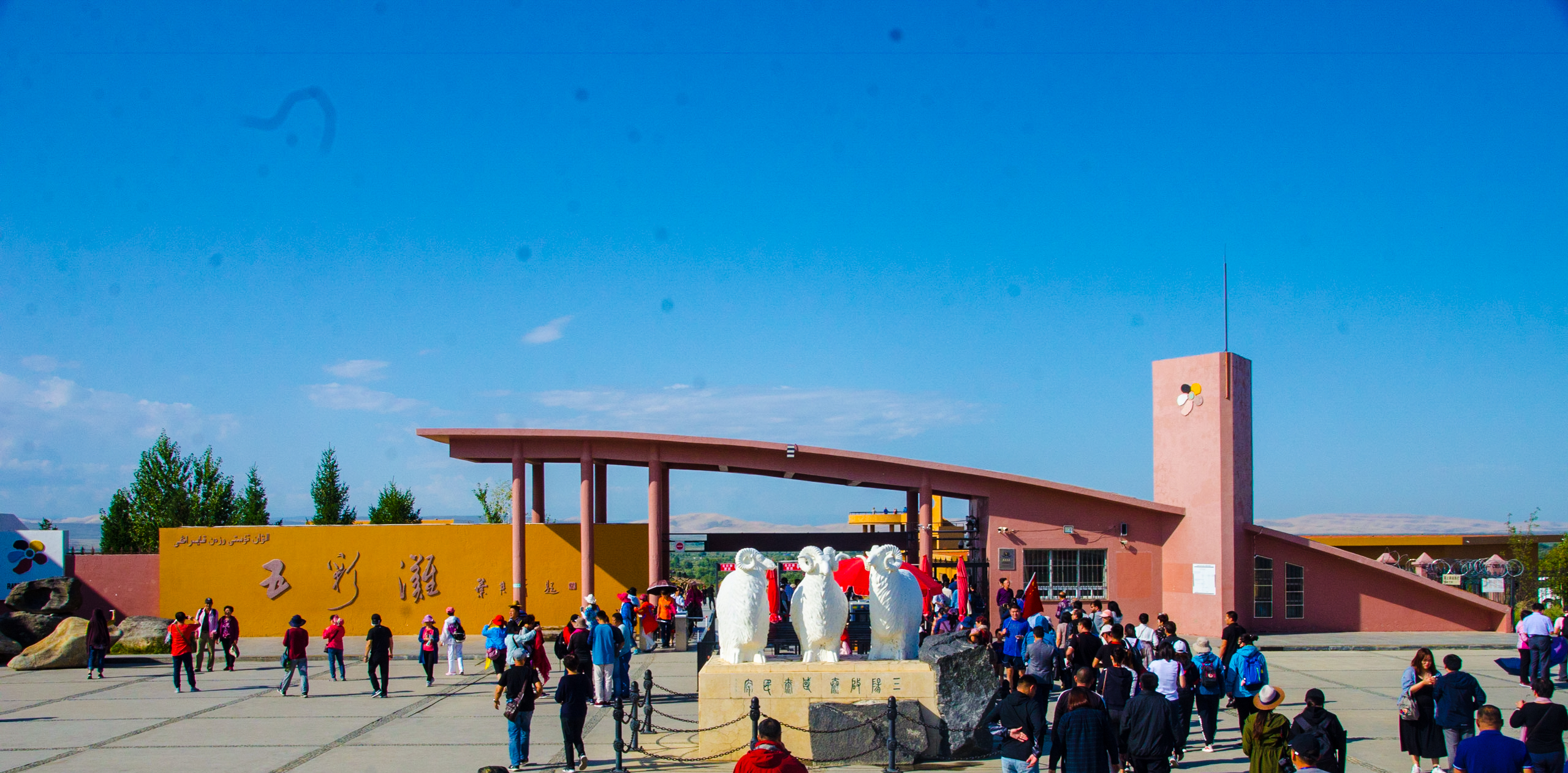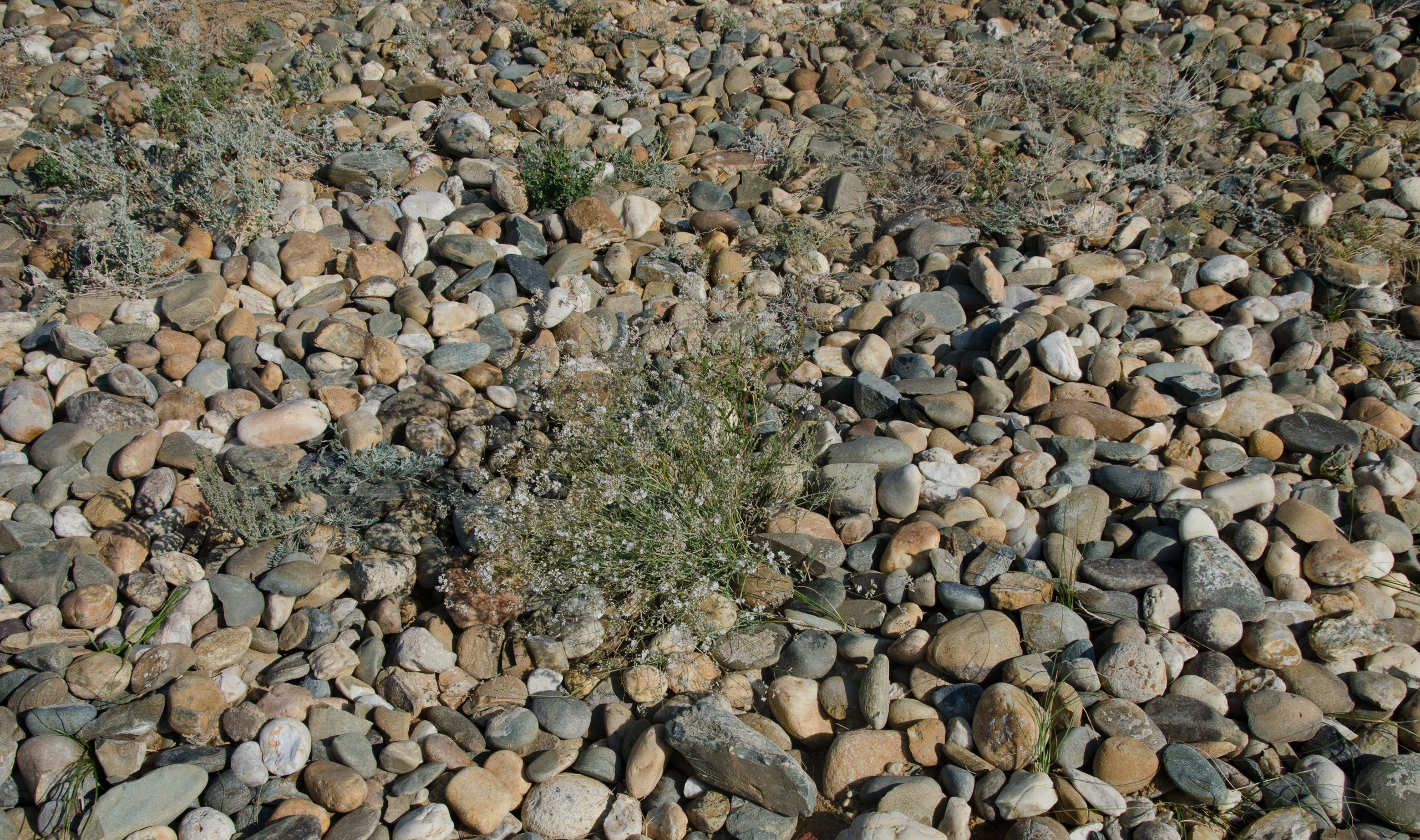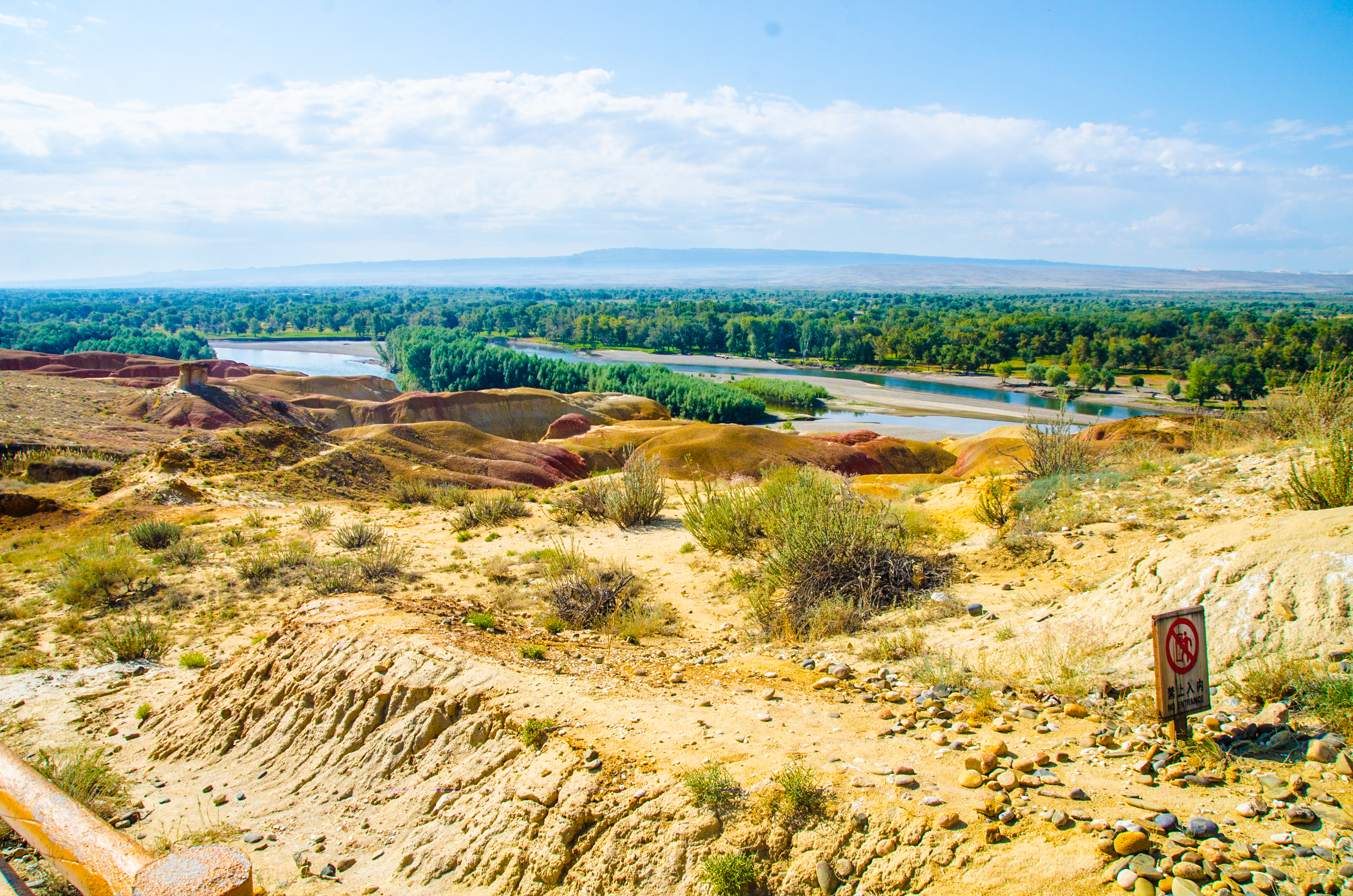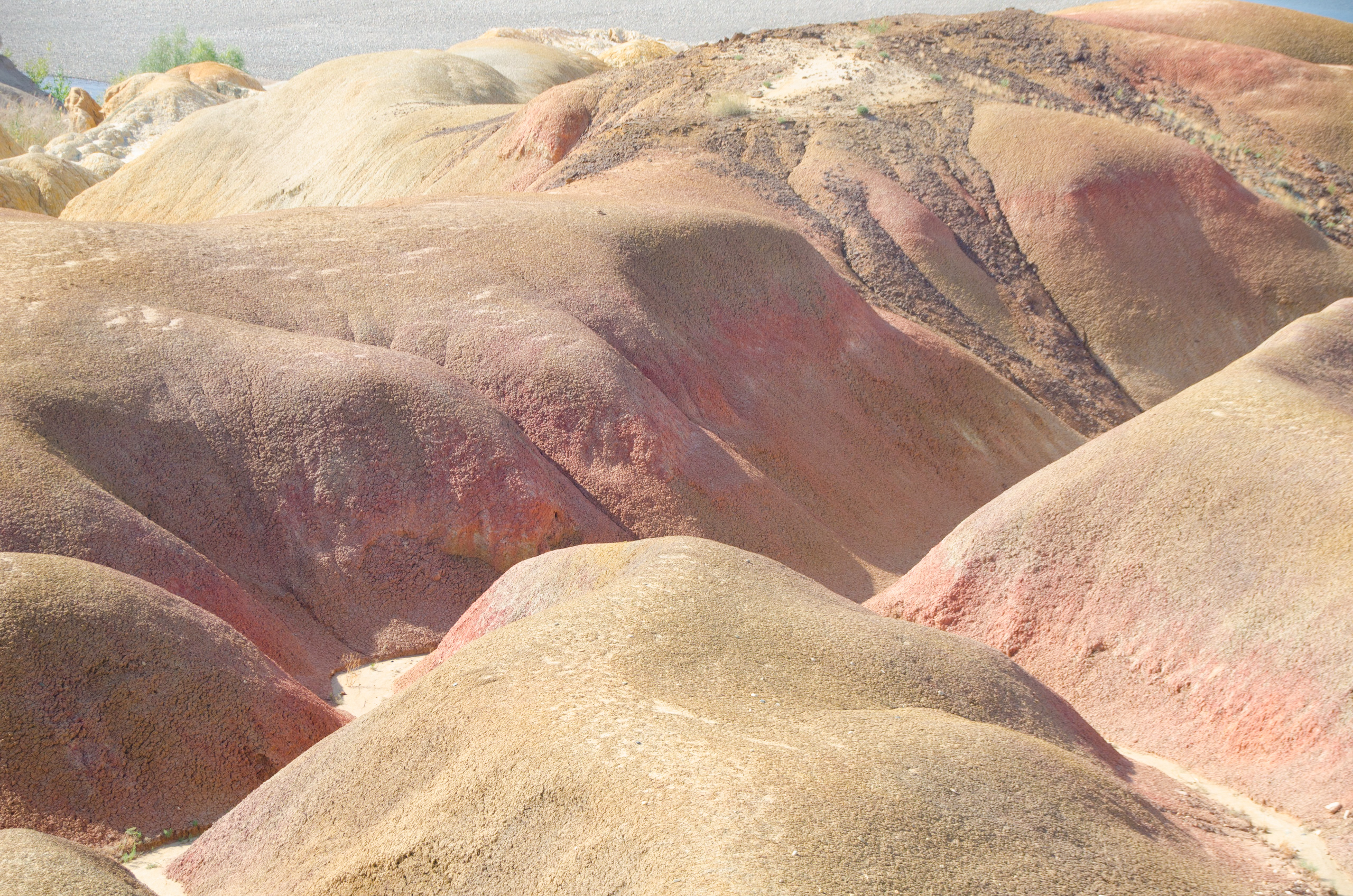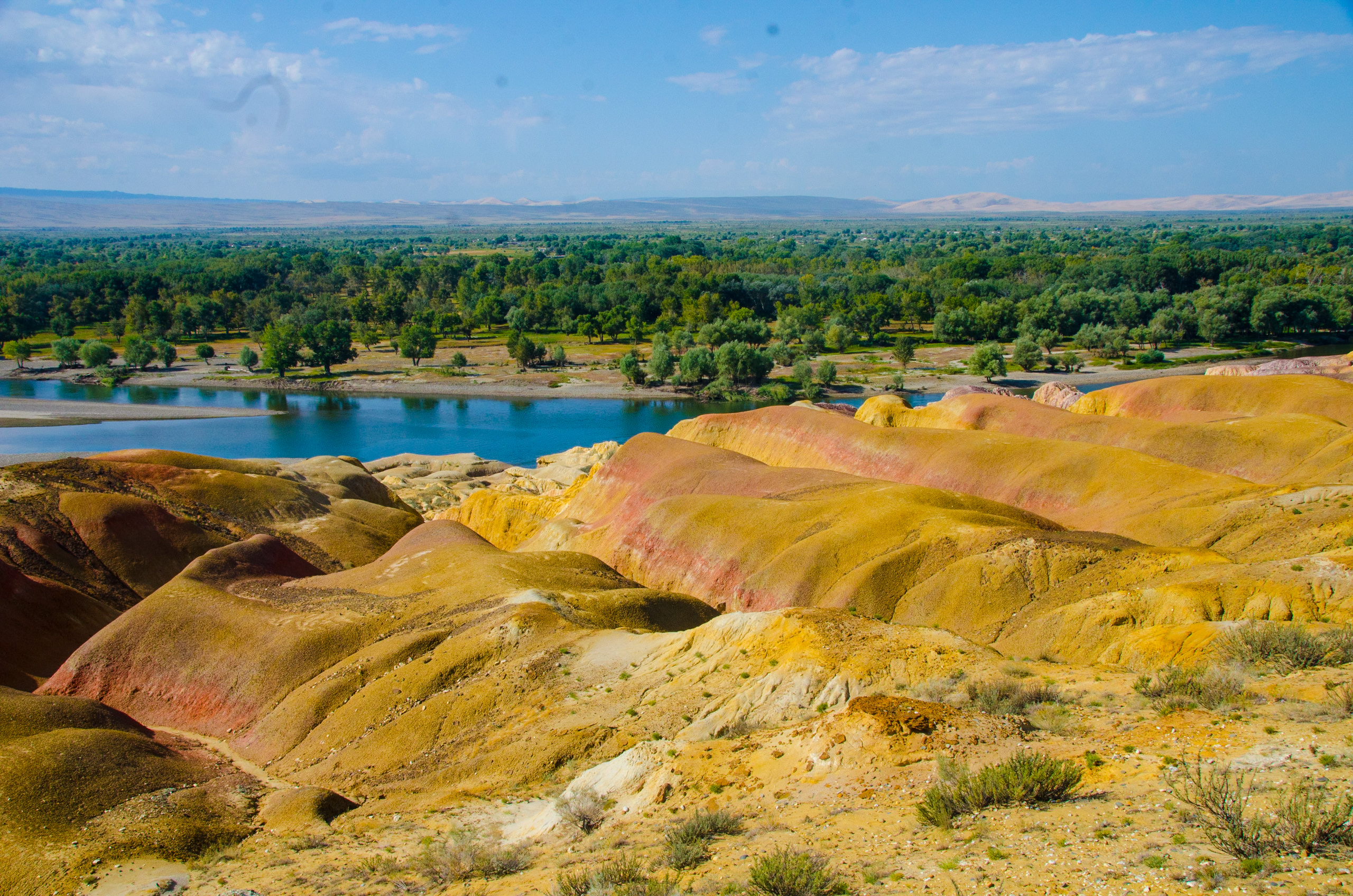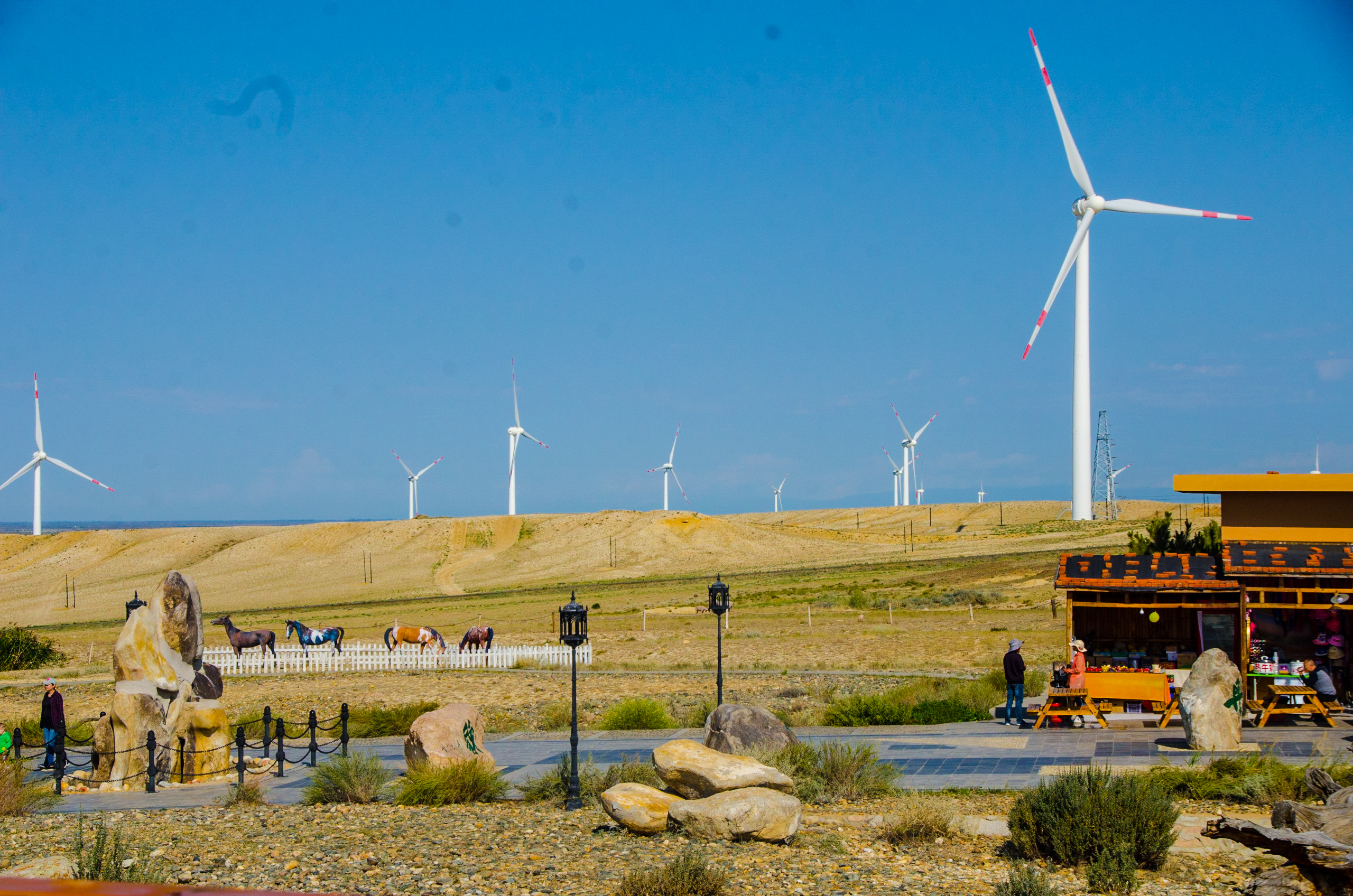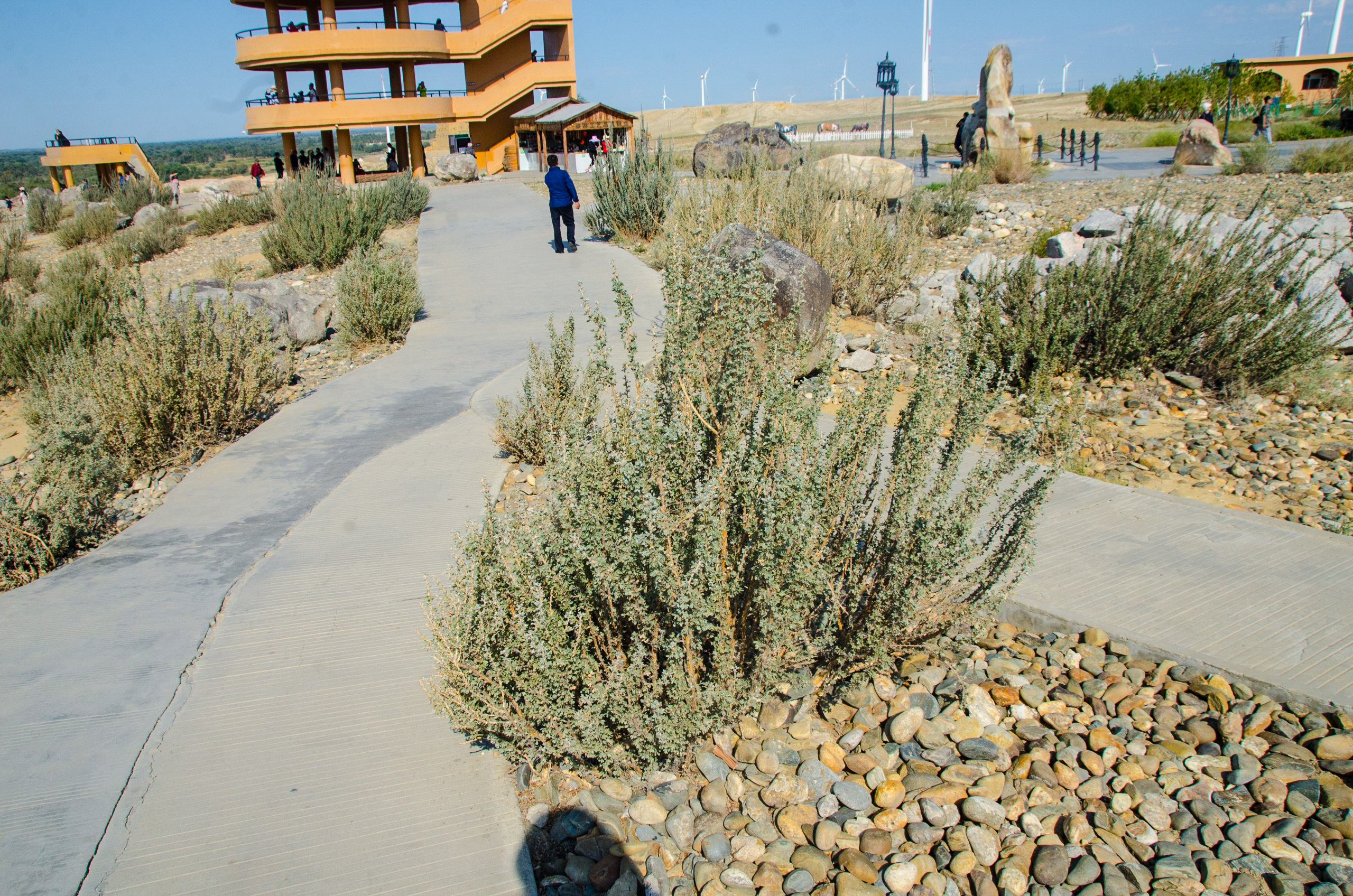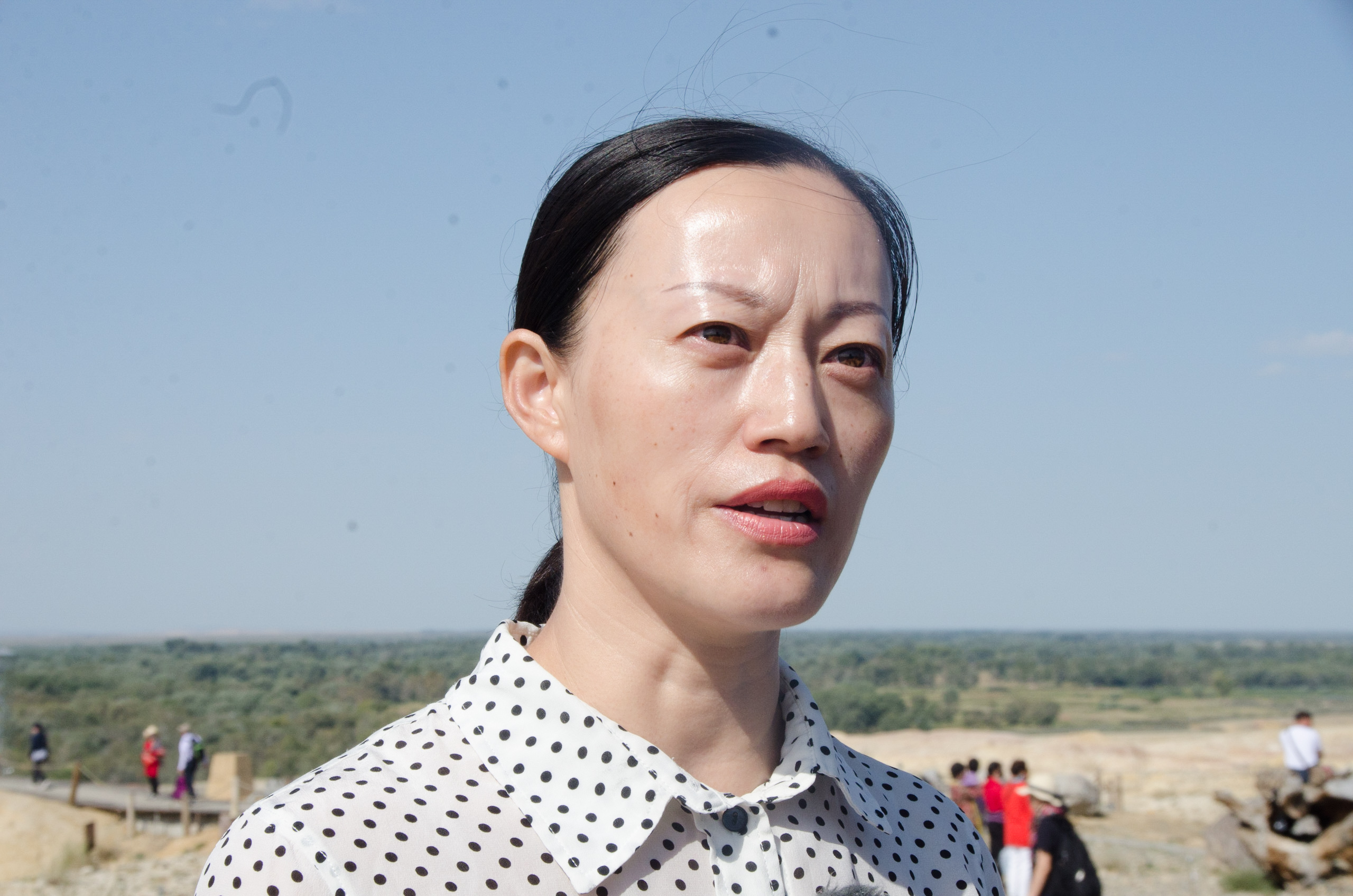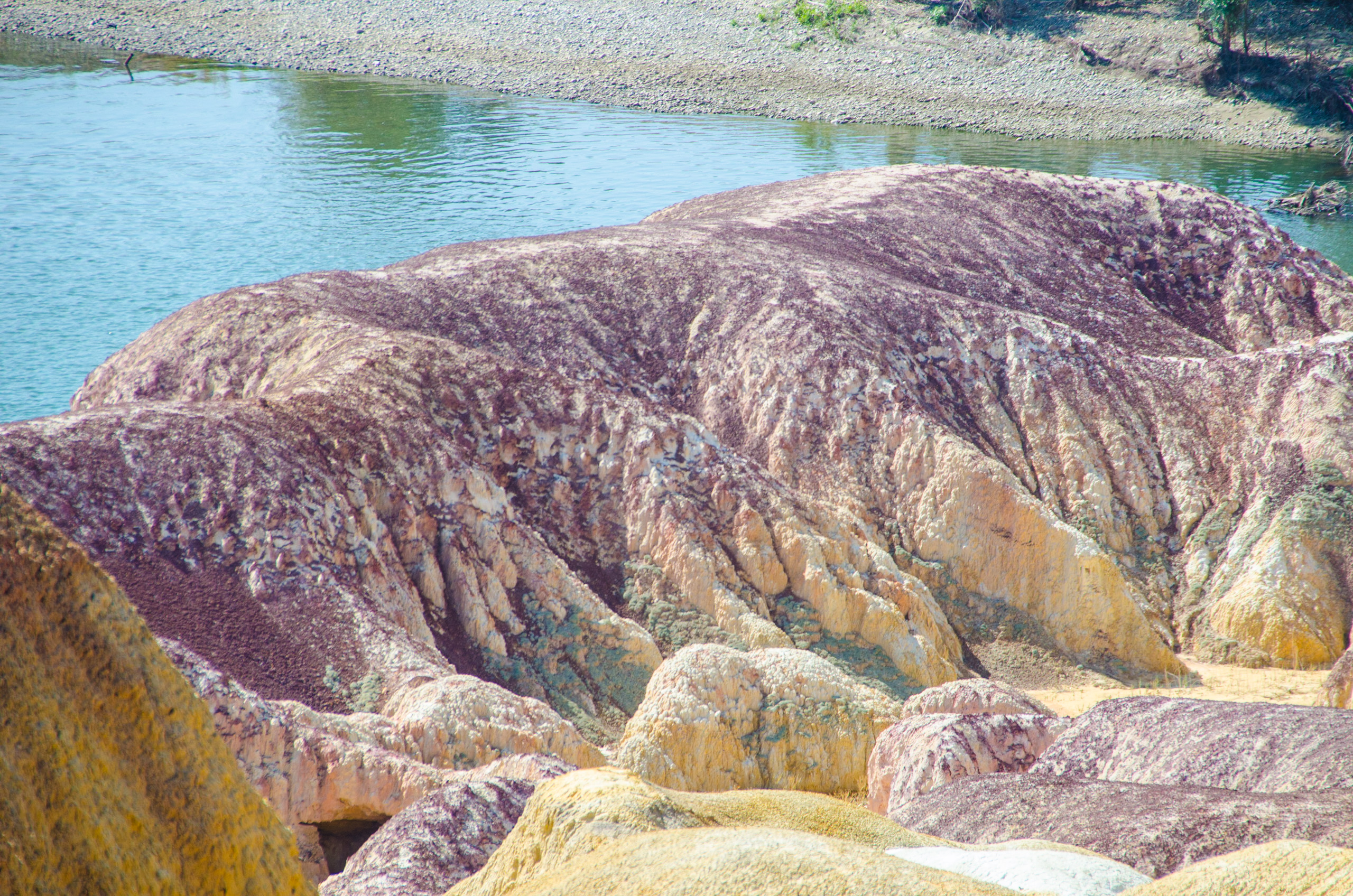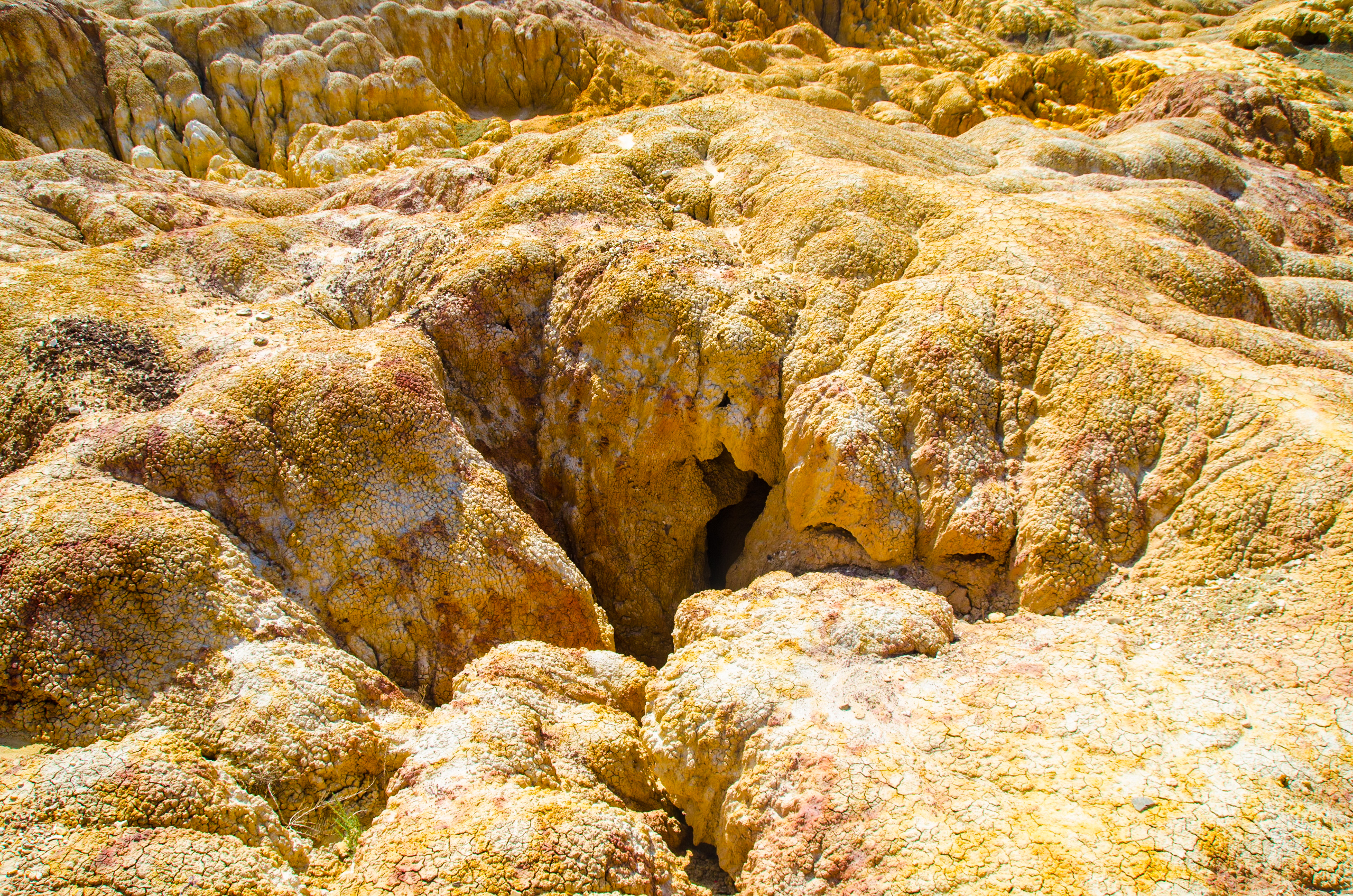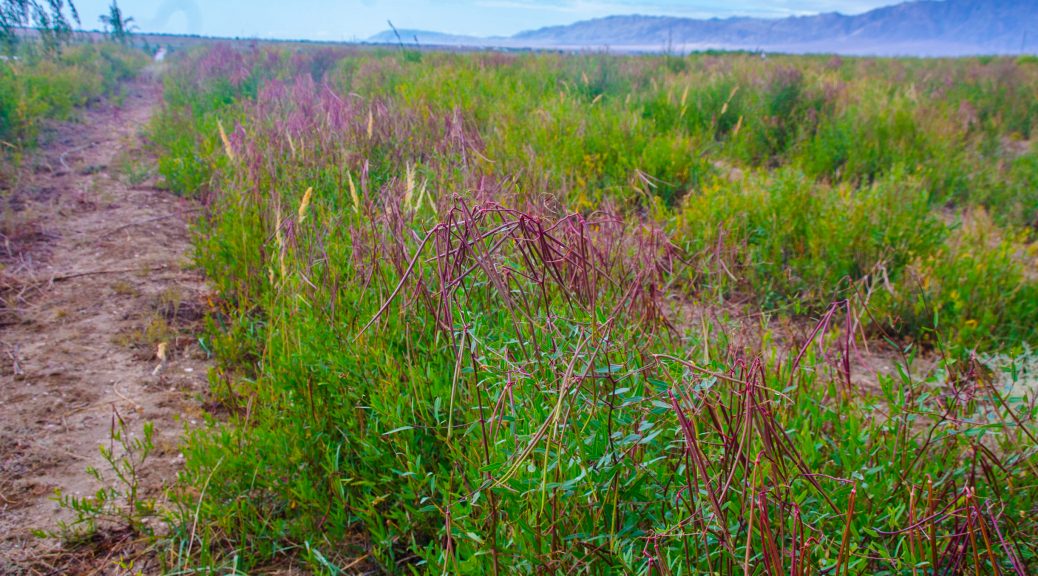By Xuefei Chen Axelsson
STOCKHOLM, Oct. 23 (Greenpost) — In the afternoon of August 27th, the reporters went to Gaubau Kender base town of Burqin County in the Altay region with the interview team of the Silk Road Economic Belt in the Altay area.
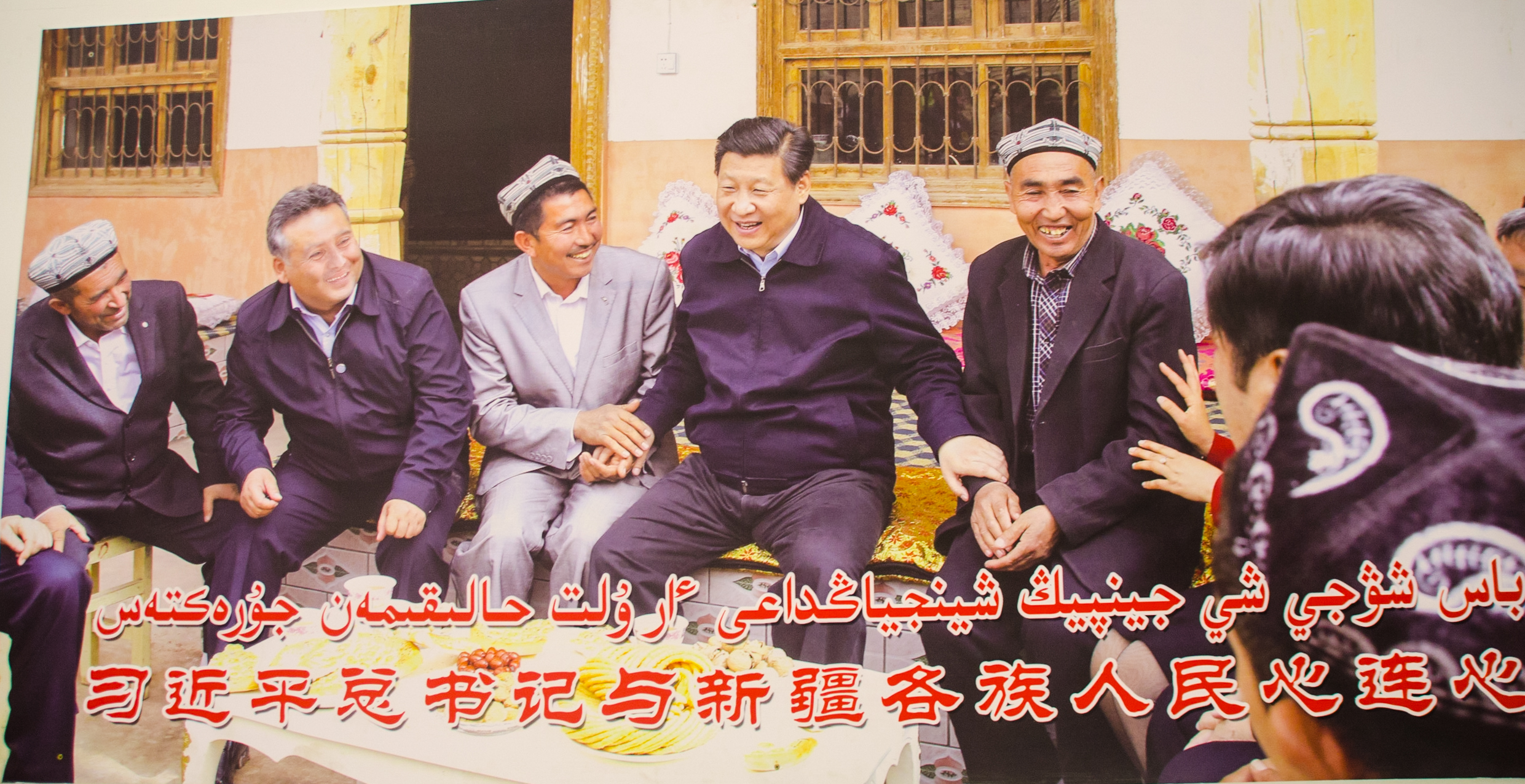
Along the way, through the window, people can see many of the posters of General Secretary Xi Jinping and various ethnic minorities. The caption is that Xijinping and Xinjiang people are hand in hand and heart by heart.
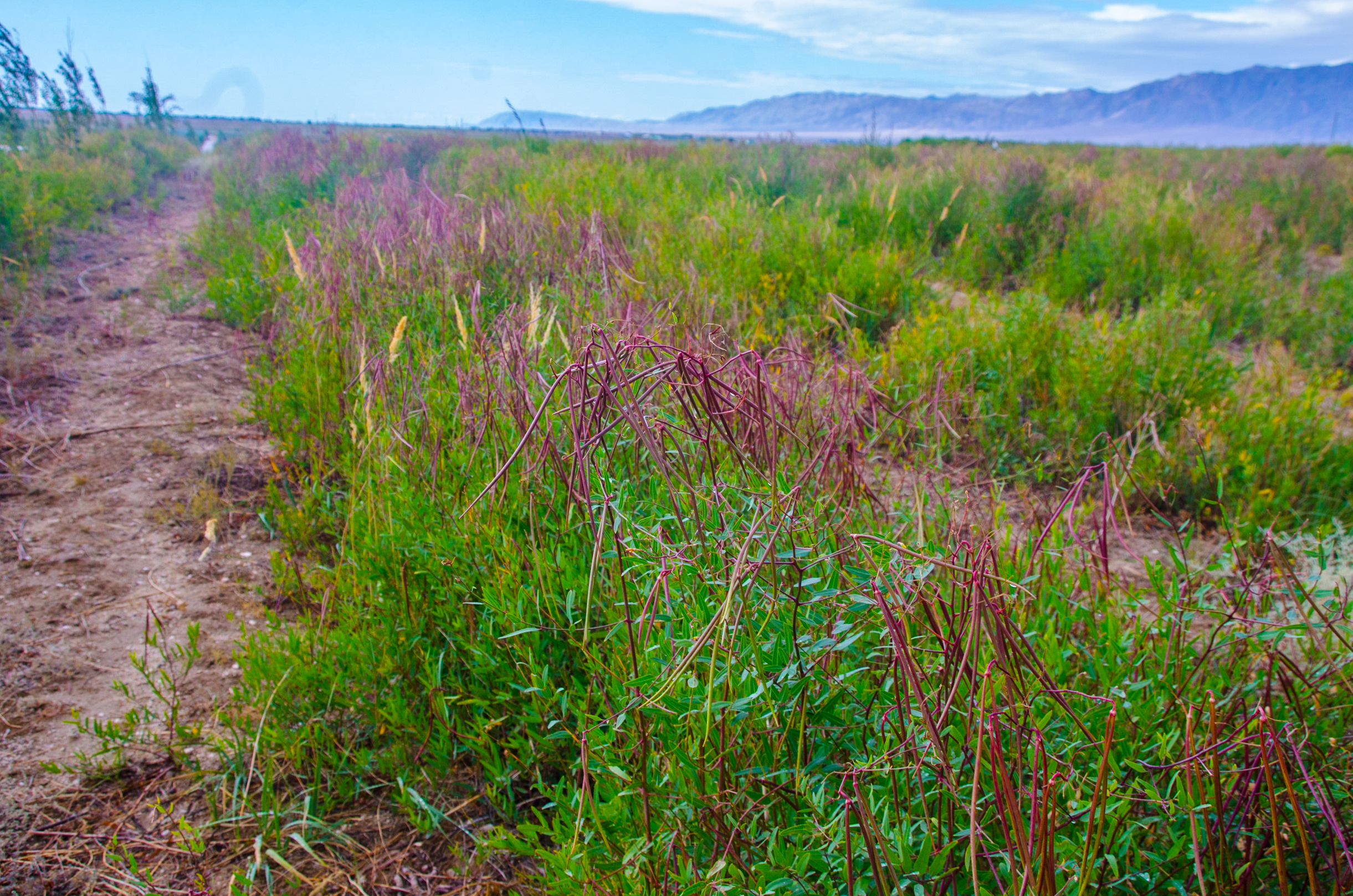
When the bus drove to the Gebao plant base, a beautiful scenery appeared in front of the reporter. Here is the endless growth base of Gebao. In a row, a strain of Ge Bao is planted according to the guidance of scientists and according to a certain plant spacing and line spacing.
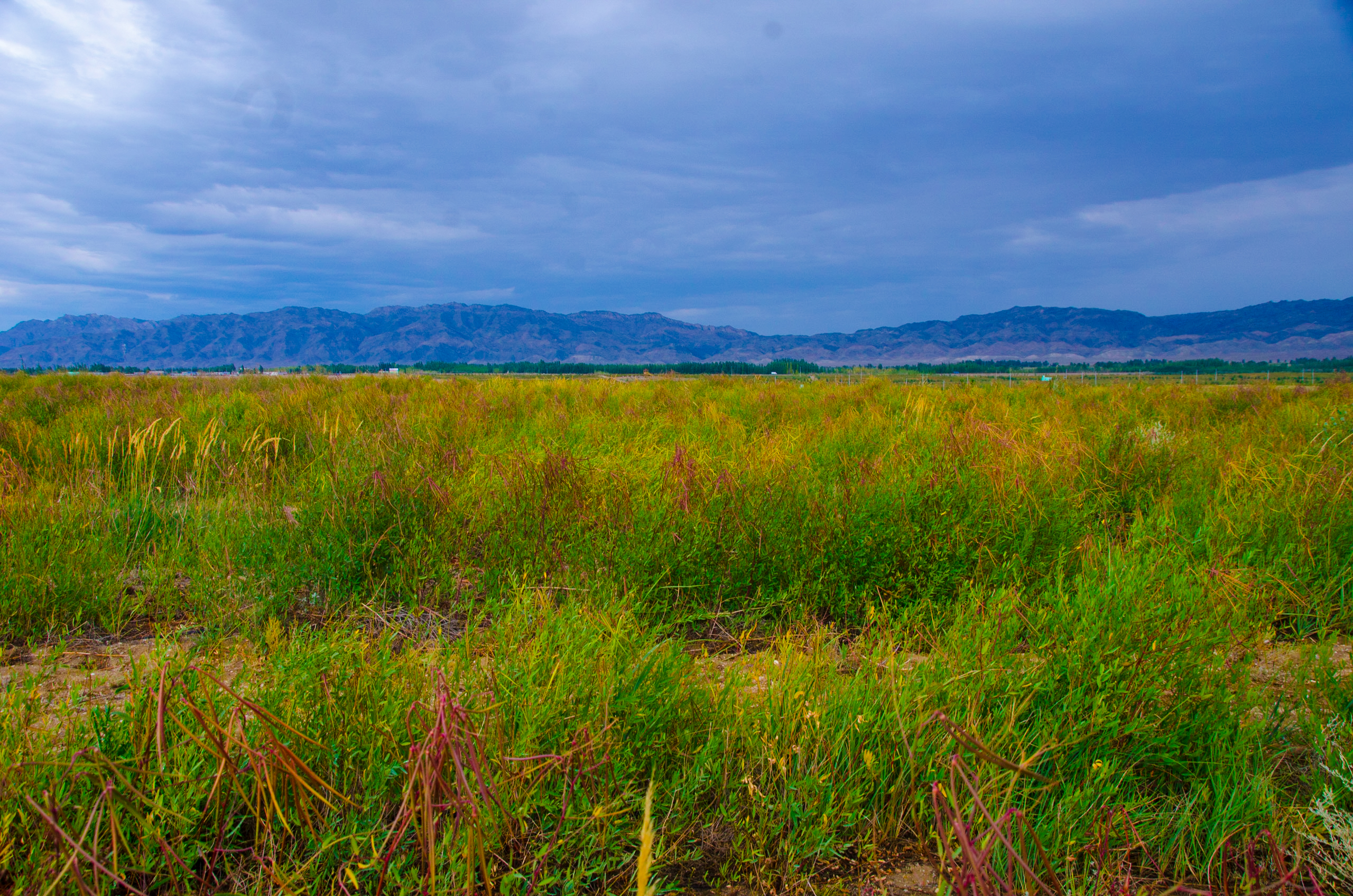
So what is Ge Bao Ma, what is its use? It is understood that Gebao kenaf is a new variant of Apocynum venetum. Apocynum venetum was the late agricultural economist Dong Zhengjun who conducted an agricultural research in the Luobu Plain in Xinjiang in the summer of 1952. It was found that the local wild hemp grew particularly vigorously and the fiber quality was particularly excellent. At the same time, in view of the fact that the Chinese people’s food and clothing have not yet been resolved, under the social background and material conditions at that time, the implementation of the oleander red and white wild hemp in all parts of the country is called apocynum, which is conducive to the industrialization of the promotion and settlement of cotton grain land acquisition and growing. The fiber needs can play a considerable role, this is the original intention of Apocynum ye named by Mr. Dong Zhengjun. However, unfortunately, due to human destruction, climate deterioration and other reasons, Apocynum venetum has not been artificially planted according to the wishes of Mr. Dong Zhengjun, and suffered a large number of arsenic farming. Hasty success and disorderly development resulted that the kenaf was on the verge of extinction, and the quantity and quality of white linen has dropped dramatically.
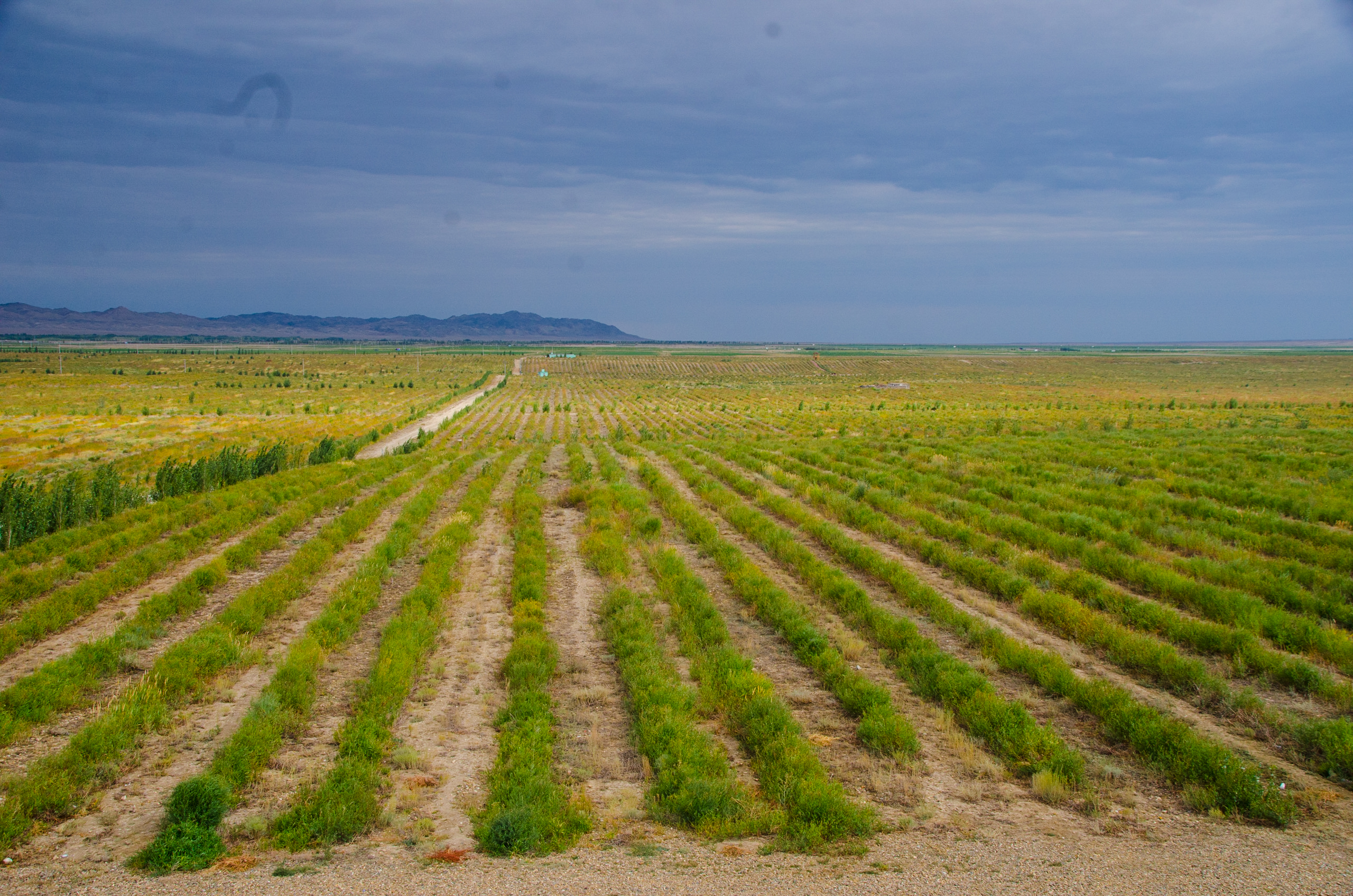
Luobu or Rob kenaf, in the Tang Dynasty “new revision of the grass” book, and the Ming Dynasty “salvation of the grass”book called “ze paint”, the modern “Chinese higher plants” called “tea flower.” In 1977, Rob kenaf and Robb white were officially entered into “Chinese Flora”, and Apocynum venetum Linn (Apocynum venetum Linn) was designated as Apocynum venetum L. In the same year, Rob kenaf was recorded in the Pharmacopoeia of the People’s Republic of China, and the total flavonoids of the iconic ingredients were 0.6%. Gebao red hemp is a treasure, hemp seeds can be made into tea, stems and leaves can be made into fiber, and become the material of underwear. It can also make the Gobi Desert greener.
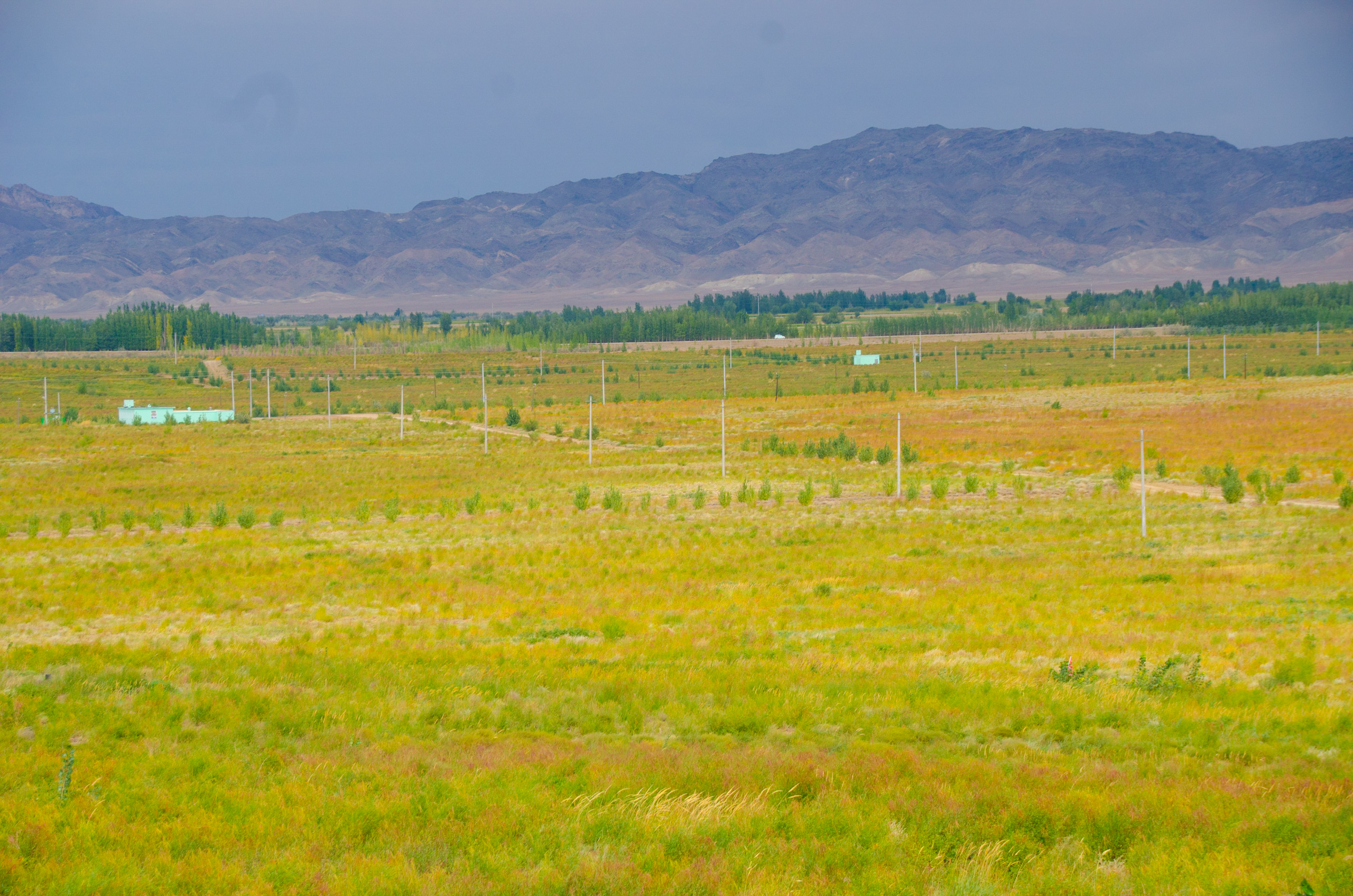
From 123 mu(8.2hectare) to 30,000 mu(2000 hectare)
Originally, Liu Qitang (Liu Ban Ge), the chairman of Huatian Textile Fashion (Hong Kong) Co., Ltd., decided to become attached to Apocynum yepa in order to realize his dreamed life. Since 2002, together with China’s famous experts in wild plants, grassland ecology, remote sensing measurement, Chinese medicine chemistry and other areas related to Apocynum venetum, the research team have been in the Yellow River Basin, Hexi Corridor, Qaidam, Tarim reserves and values of 29 apocynum historical distribution areas such as Zhun Geer were repeatedly investigated and evaluated. It was found that it is located at 87 degrees in Tokyo, 47 degrees north latitude, and the northernmost part of the world is the farthest from the coast. Altay’s Alahaq East Gobi still has 123 acres of apocynum. Due to the special temperature difference, wind and light, heat and water, the plant produces more active ingredients related to stress resistance, and is different in morphology from apocynum growing in other areas, which has attracted the attention of authoritative experts.
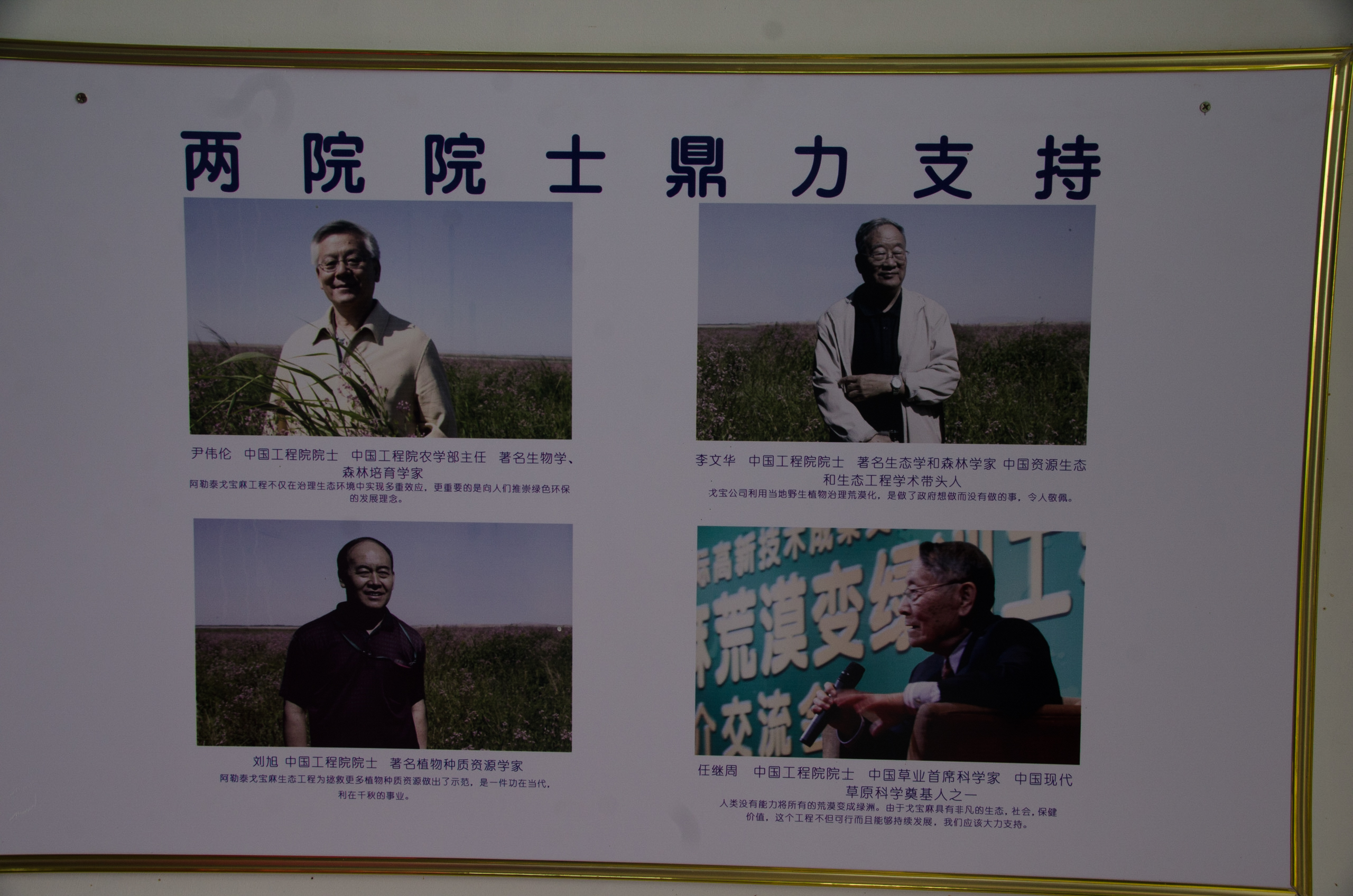
According to the national qualification agency, the average effective brass content of the plant was 2.38%. It was researched by Xiao Zhengchun, the director of the former Chinese Apocynum Research Center, and Zhang Weiming, a researcher at the Nanjing Wild Plant Comprehensive Utilization Research Institute, and the internationally renowned plant taxonomy Professor Li Bingtao. They all hailed this plant as “Gobi Treasure” and named it Altay Gebao Apocynum Venetum Red.
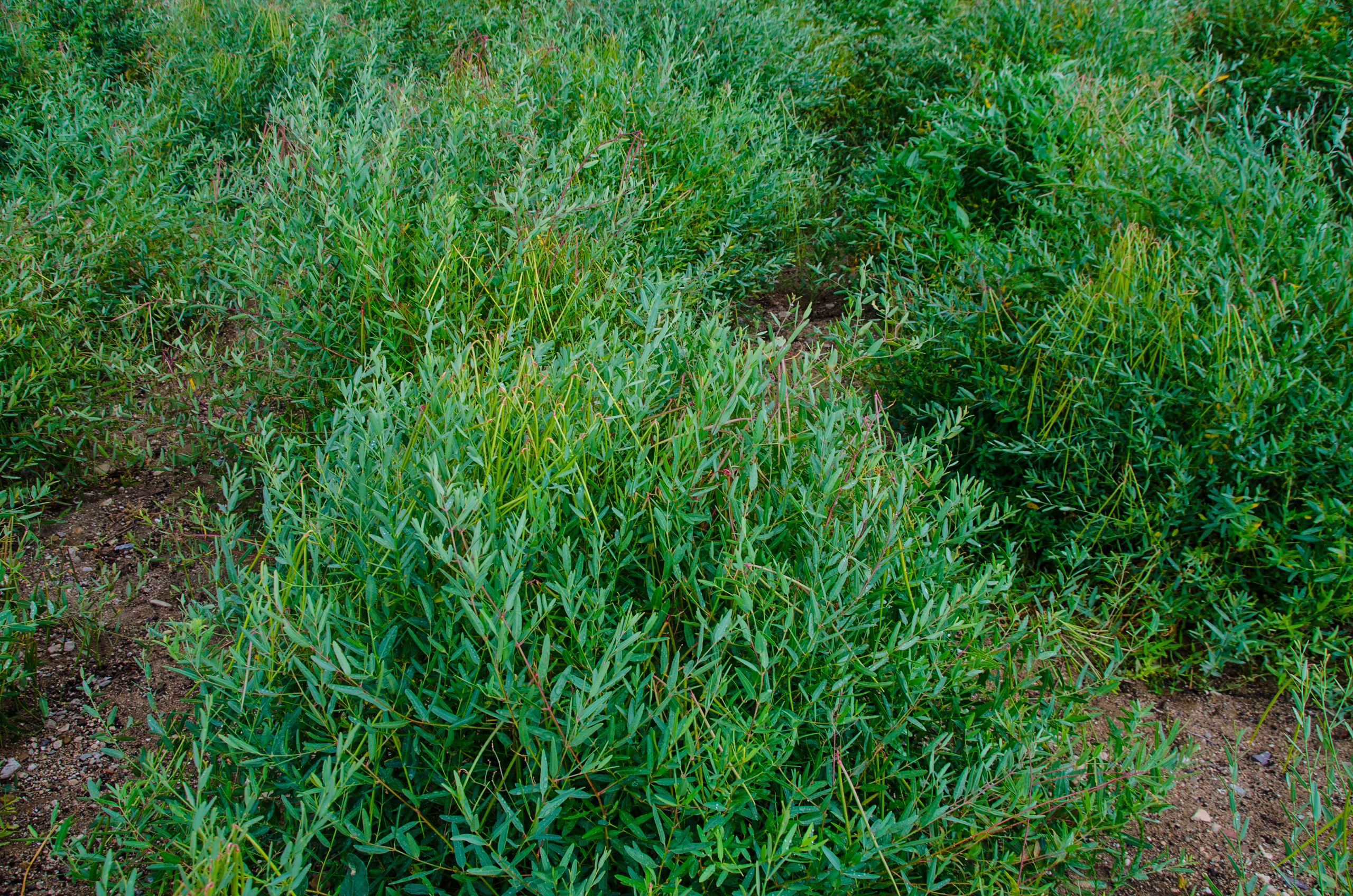
In order to save Gebao kenaf, since 2007, Gebao Company has artificially planted 26,000 mu(1800hectare) of Gebao kenaf for over 10 years time, accounting for 90% of the total amount of Chinese kenaf. In 2012, Beijing Forestry University conducted an ecological environment assessment.
The results showed that the community was highly quadrupled, the vegetation carbon storage increased by 4 times, the soil microbial biomass increased by 76%, and the water use efficiency increased by 60%. The soil wind erosion modulus is reduced by 80%. The planting of Gebao kenaf can greatly improve the ability of the Gobi desert to prevent wind and sand. Let alone, the top fruit of the Gebao plant can be drunk as tea.
I saw a lot of sea buckthorn trees in the General Mountain. The seabuckthorn tree can be said to be a kind of green tree that grows against driness. The Gebao kenaf is a good way to transform the Gobi Desert into grassland.
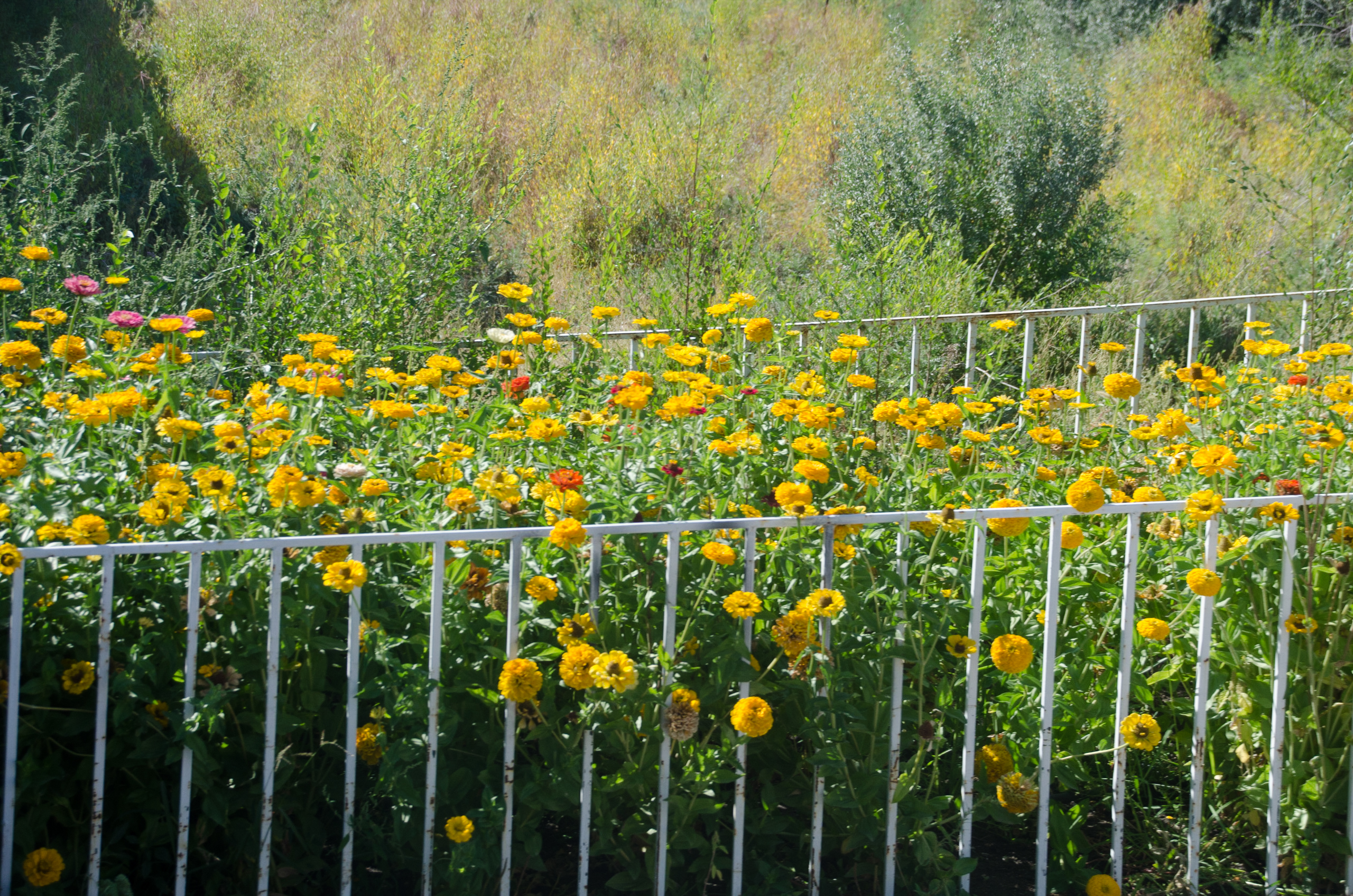
In 2012, in order to save the ecological environment of Lake Aibi, based on the successful implementation of the rescue project of Gebao kenaf in Altay, the desert-changing oasis project, with the invitation by Jinghe County People’s Government, the Aibi Lake Wetland National Nature Reserve Administration, Gebao Group jointly implemented the first phase of the Aibi Lake project and planted 100,000 mu(6667hectare)of Gebao plants.
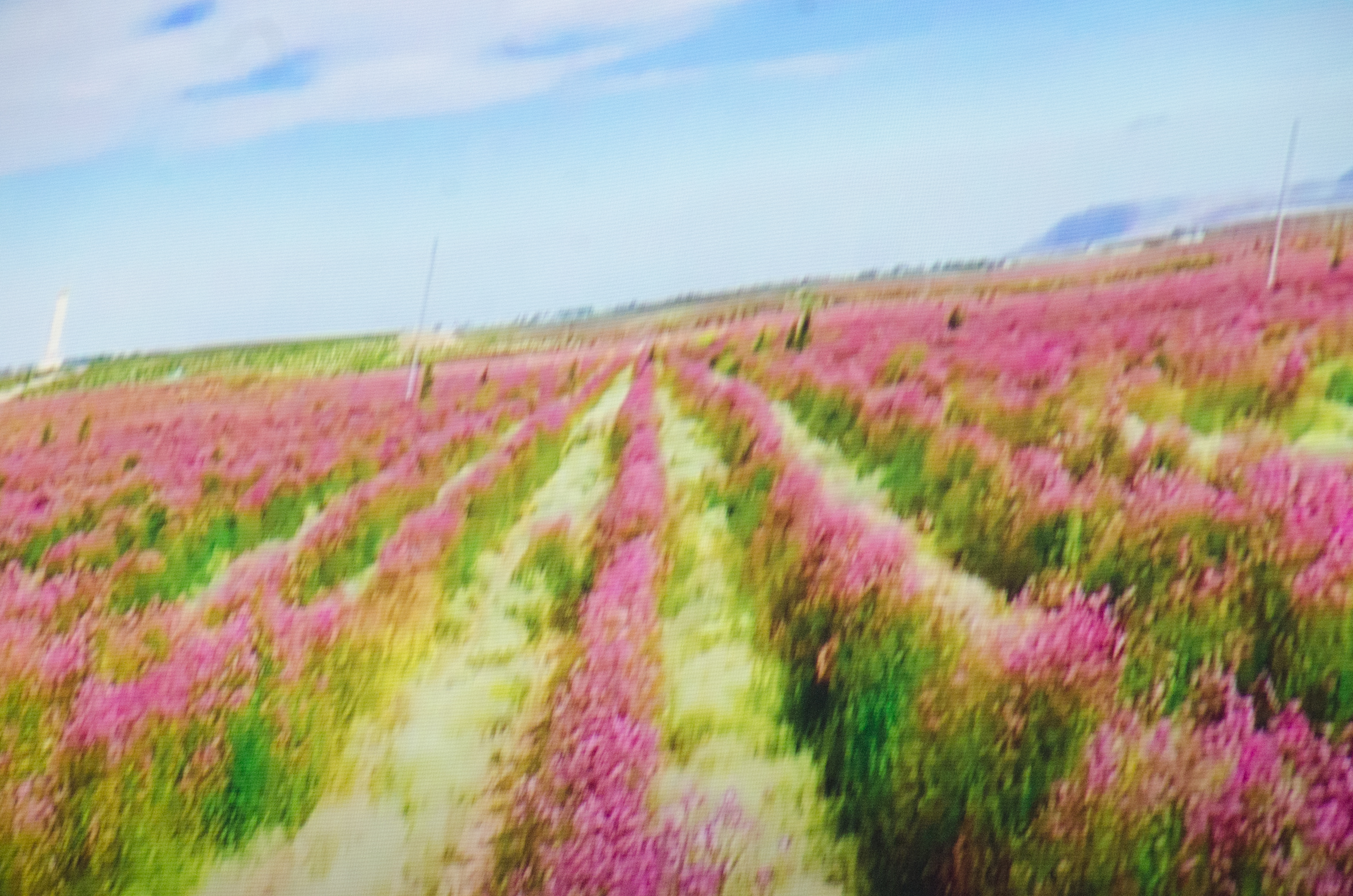
After 10 years of biomimetic planting, the area was rated as the 3A tourist attraction of Altay Gebao sea of flowers in Xinjiang, which was based on the Gebao kenaf eco-industry, featuring Gobo kenaf tea to improve sleep, and integrating Chinese medicine to maintain health. Folklore show, leisure vacation, sightseeing tour, science experience are all gathered in one eco-tourism circle.
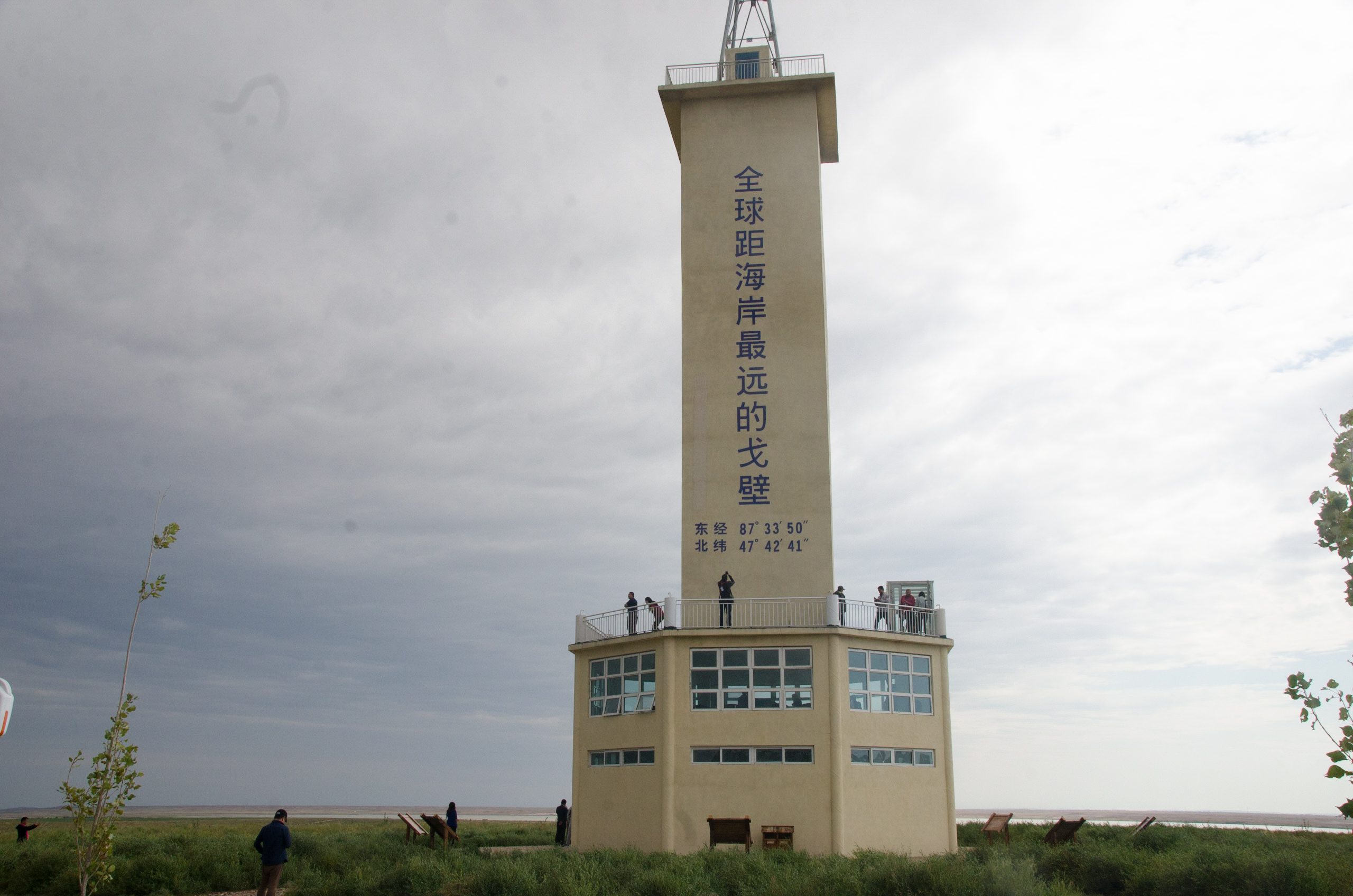
Standing on the GI tower with 123 steps to save the gems and pebbles, you can feel their enthusiasm to welcome visitors from all over the world.
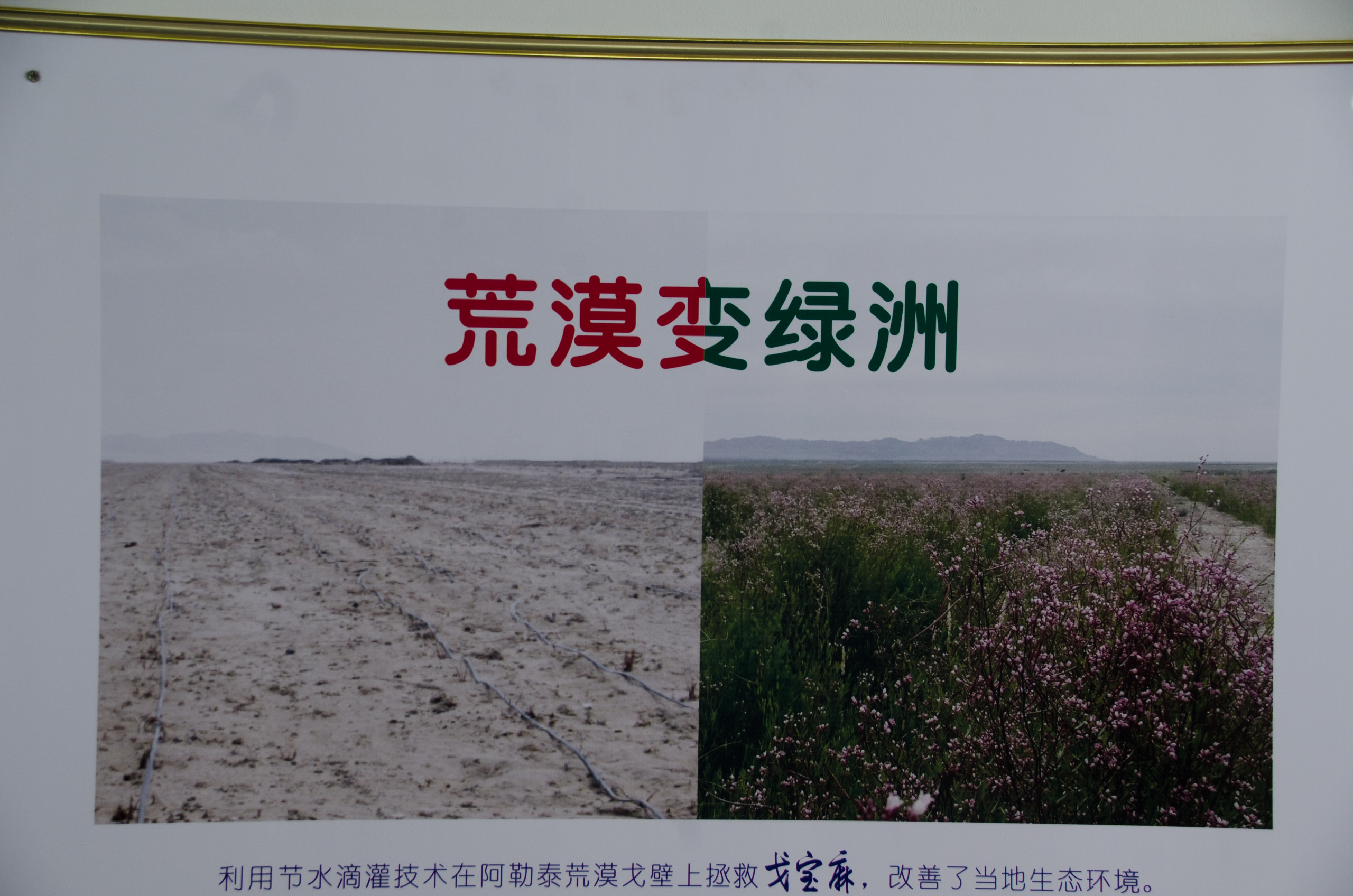
According to reports, the Gebao kenaf project has great practical significance. First of all, it is a successful case of preventing desertification. Here is the ideal to turn the Gobi into an oasis. Among them, Gebao Company invested a lot of money, manpower and material resources. At the same time, many scientists and academicians participated in it, and through scientific research, the Gobi became an oasis and expanded the lake area.
Second, Gebao kenaf is also a kind of traditional Chinese medicine. It is said that Gebao kenaf health care products can improve people’s health. According to China Center for Disease Control, China has more than 300 million patients, and more than 200 million people have cardiovascular and cerebrovascular diseases. On average, one person dies of cardiovascular and cerebrovascular diseases every 30 seconds, and one third of healthy people have sleep obstacles, resulting in a sub-healthy population as high as 76%. Gebao kenaf can be a natural health food for people with high blood pressure, high blood fat and sleep disorders.
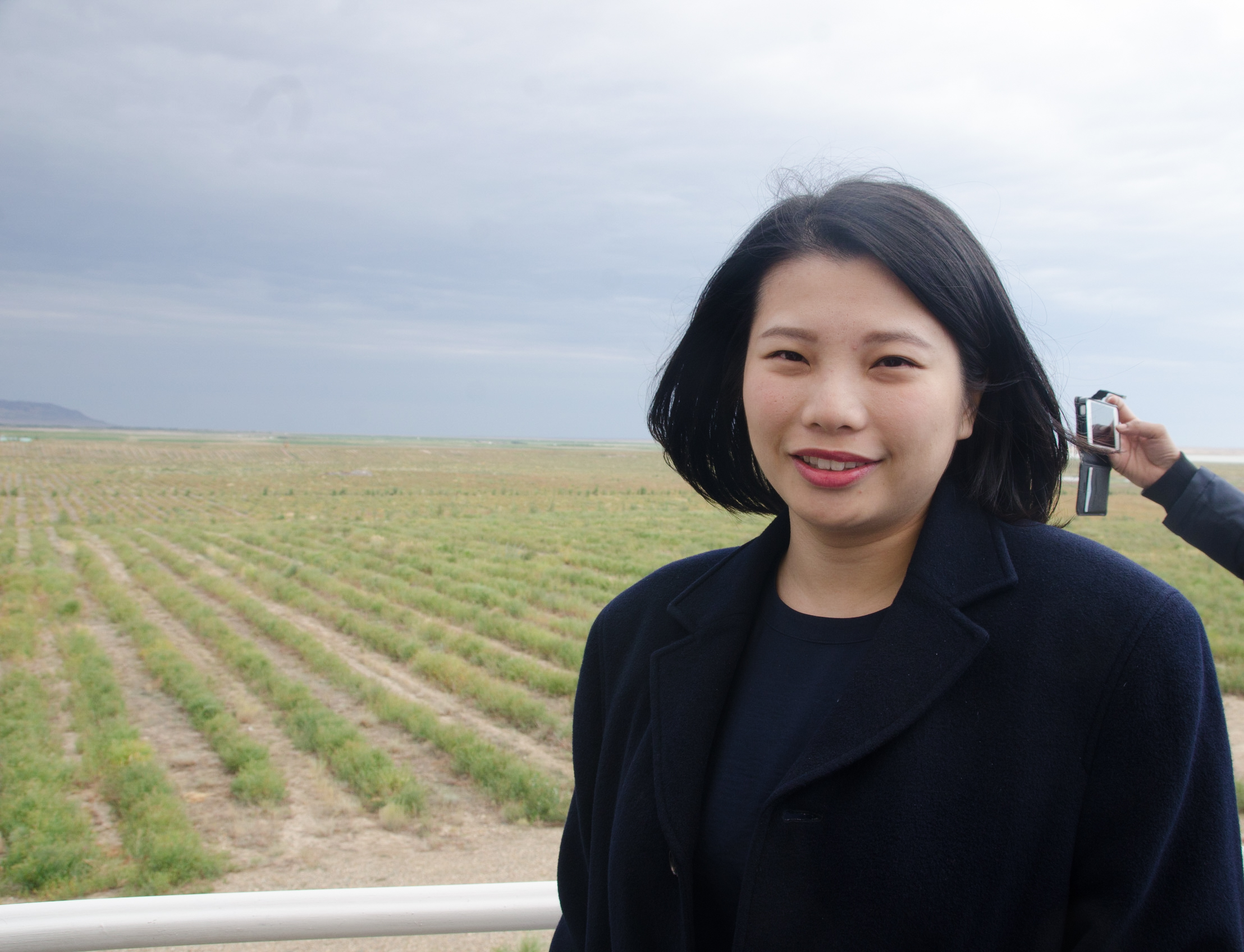
Liu Qitang’s daughter Liu Xiaoyu told reporters that this project was his father’s hard work. After many years of long search, he finally found Rob kenaf. Then they carried out large-scale artificial planting of Rob kenaf and realized 30,000 mu(2000 hectare) of green grassland. They also plan to plant another 50,000 mu(3333 hectare) and turn the Gobi Desert into an oasis.
The nearby lake water level used to decrease. but after more than 10 years of remediation and greening, the surface of the lake has expanded. It can be seen that artificial planting can achieve environmental improvement. At the same time, Gebao kenaf can develop derivative industries while controlling desertification, and establish a demonstration for the transformation of local traditional agriculture and animal husbandry. It has directly increased the income of farmers and herdsmen and improved their cultural quality, achieved sustainable economic development. The construction of ecological civilization is a national strategy, and the Gebao kenaf project truly reflects the concept of green mountain is also golden mountain. Gebao kenaf products include food, tea, health underwear, socks, hats and other clothes products.
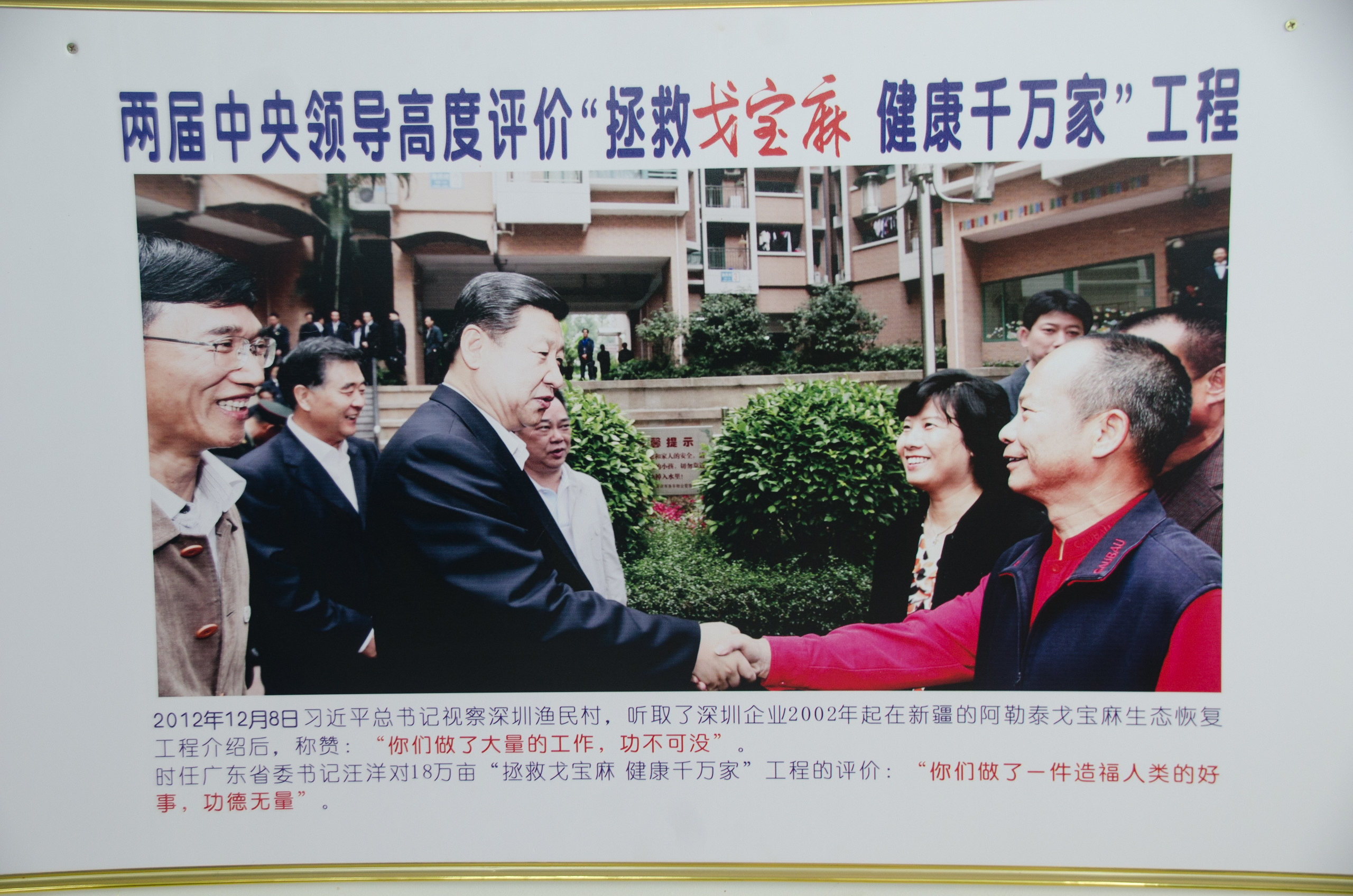 President Hu Jintao and Xi Jinping listened to the introduction of the ecological restoration project of Xinjiang Altay Gebao kenaf in 2010 and 2012 respectively.
President Hu Jintao and Xi Jinping listened to the introduction of the ecological restoration project of Xinjiang Altay Gebao kenaf in 2010 and 2012 respectively.
In 2012, the United Nations Peace Ambassador, international piano superstar Lang Lang and Gebao Group CEO Liu Qitang based on the common environmental protection concept, gave the official name of Langlang Shenzhen Concert Hall as “Langlang, Gebao Concert Hall”. Lang Lang and Ge Bao have made an indissoluble bond in the project of benefiting the country and the people of the world.
In order to strengthen the support for the project, Lang Lang, who has always been concerned about environmental protection, is also helping to promote Gebao kenaf. Gebao brand ads can be seen at both Altay and Kanas airports. Of course, the local government also gives great support to this project. They believe that this not only improves the environment, but also increases the income of farmers and herdsmen, so it is a good thing for the benefit of the country and the people.
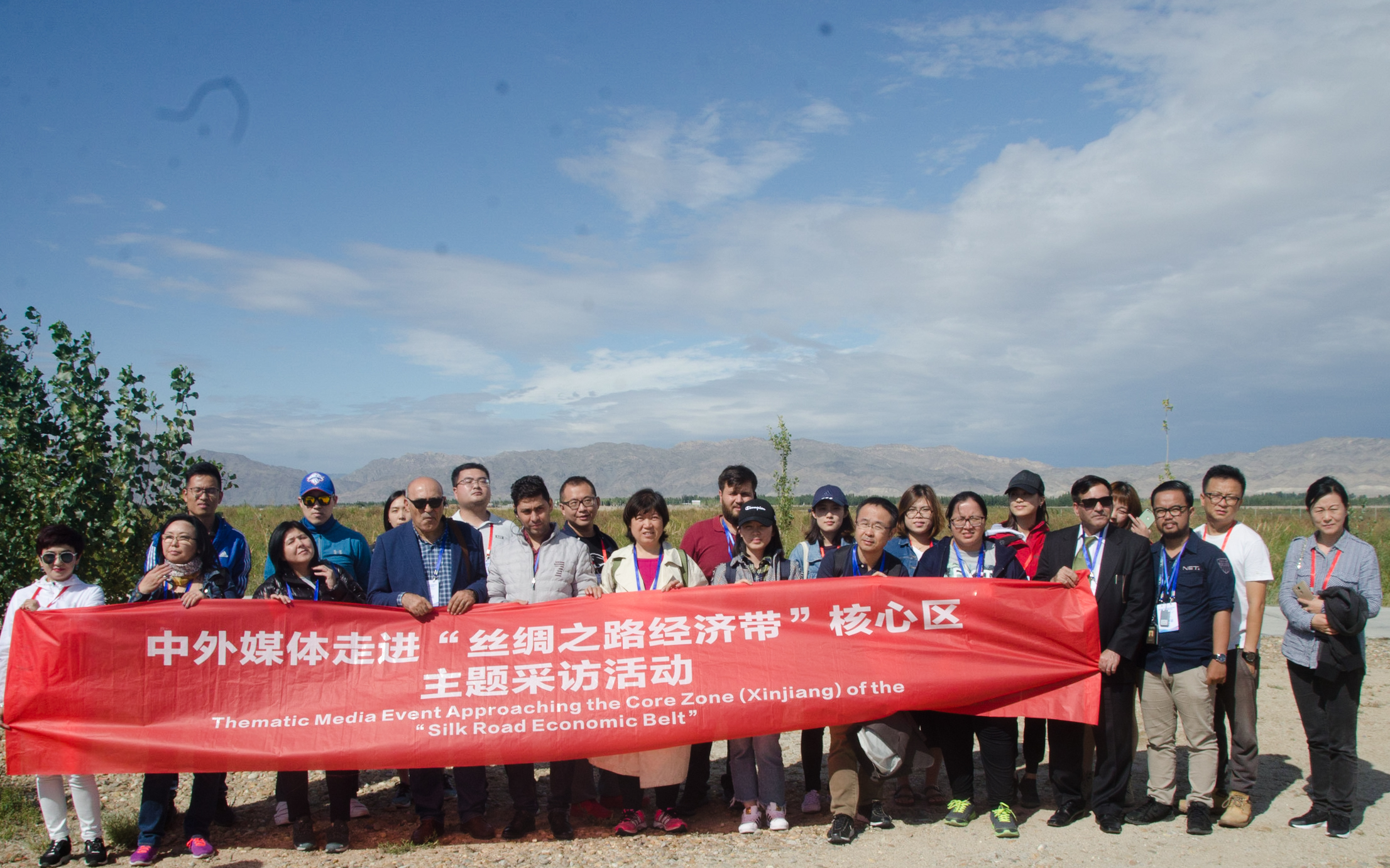
The foreign media participating in this interview include NHK from Japan, Green Post of Sweden, Echo News of Belgium, Toro News of Afghanistan, Gikabar National News Agency of Kyrgyzstan, media of Bangladesh, NET TV of Indonesia and India, Egypt, Pakistan, Malaysia, Turkey and Uzbekistan. They are journalists from countries along the Silk Road Economic Belt and come to explore the mysteries of the core area of the Silk Road Economic Belt.
Photo and Text Xuefei Chen Axelsson
 Hans Blix gave Ambassador Gui a photo which showed his meeting with former vice premier Geng Biao.
Hans Blix gave Ambassador Gui a photo which showed his meeting with former vice premier Geng Biao.  Hans Blix shows Ambassador Gui about his meeting with Gengbiao, then Chinese Vice Premier. By Xuefei Chen Axelsson on Jan. 16, 2018.
Hans Blix shows Ambassador Gui about his meeting with Gengbiao, then Chinese Vice Premier. By Xuefei Chen Axelsson on Jan. 16, 2018.




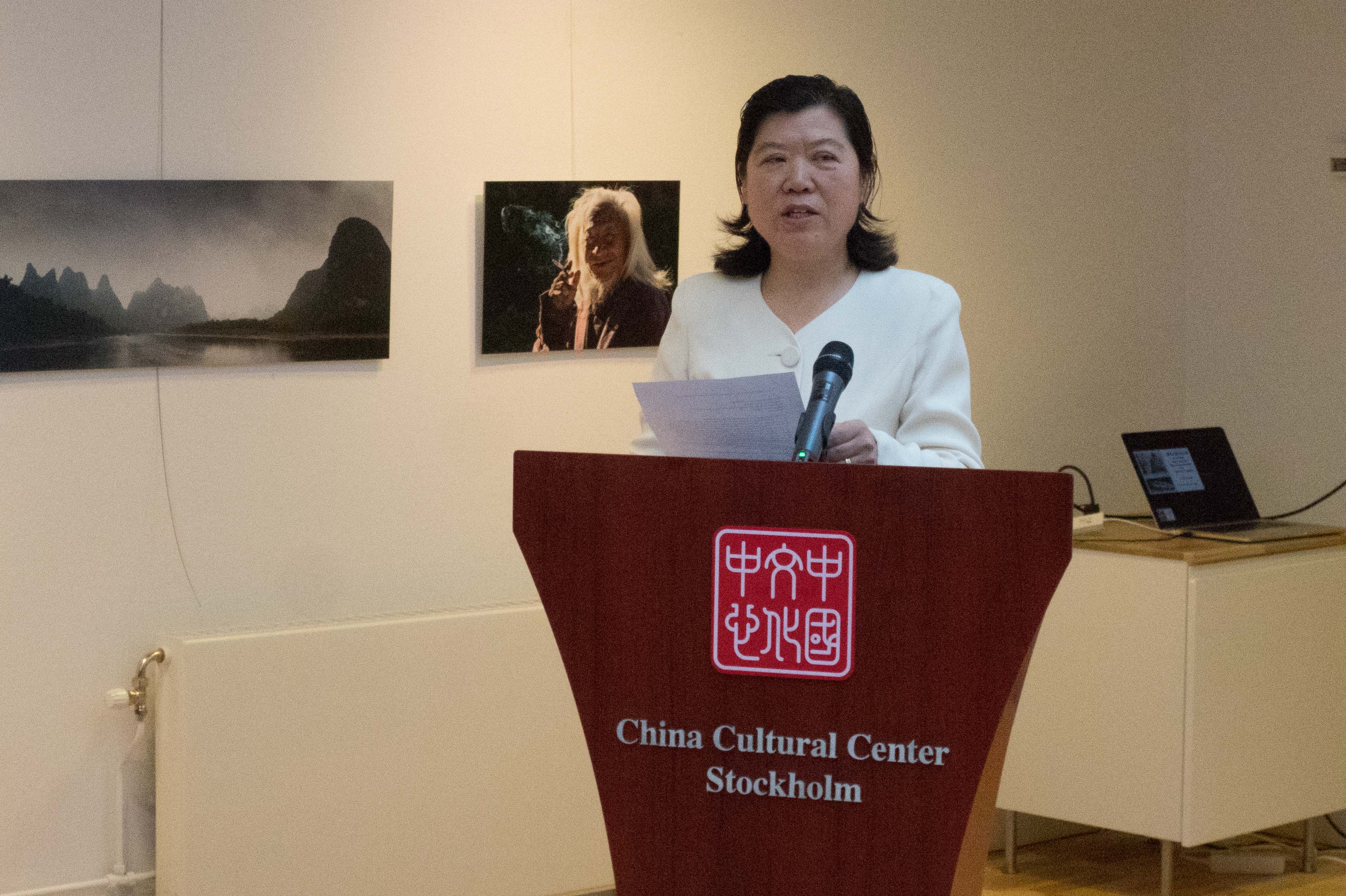

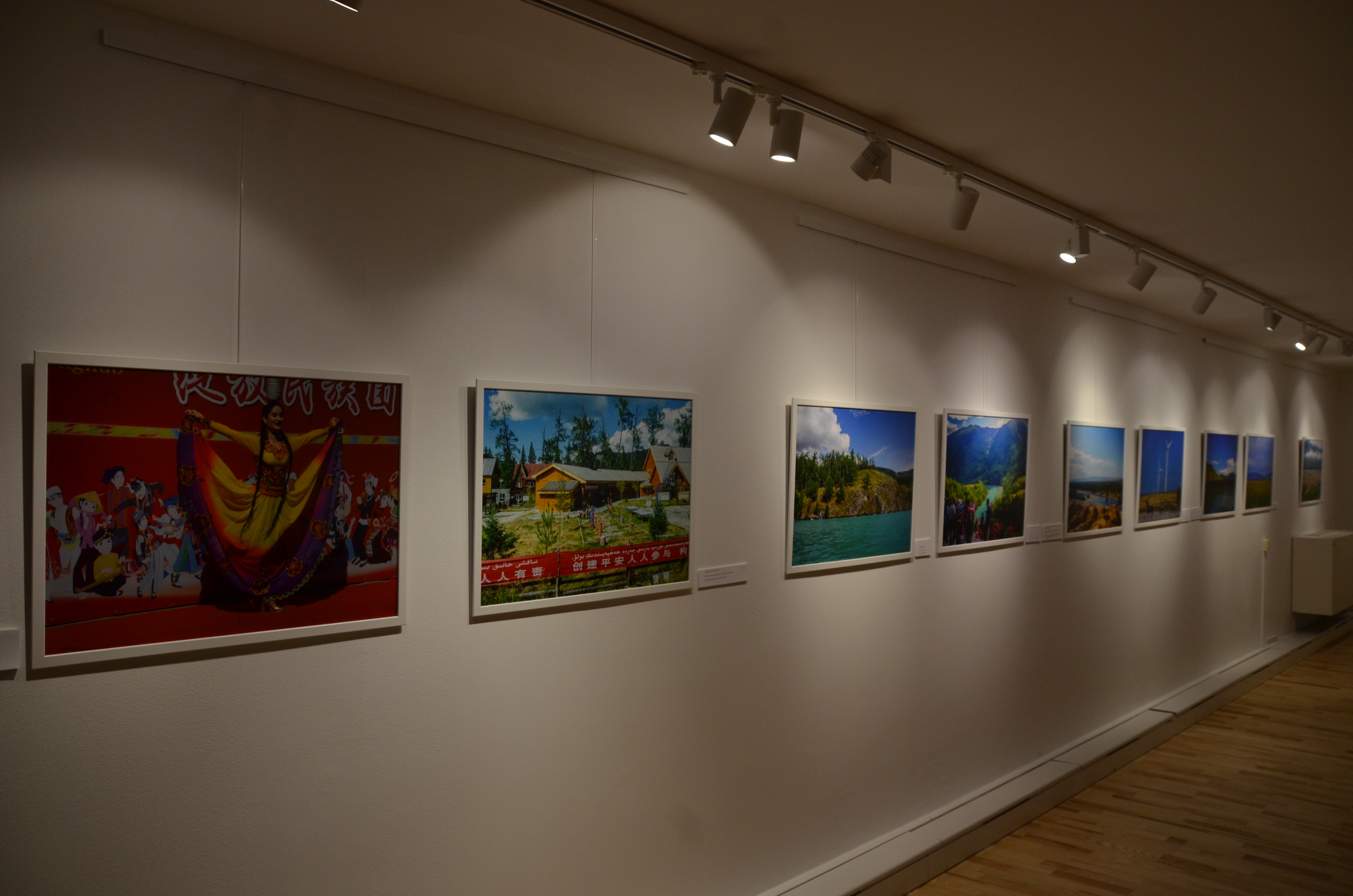
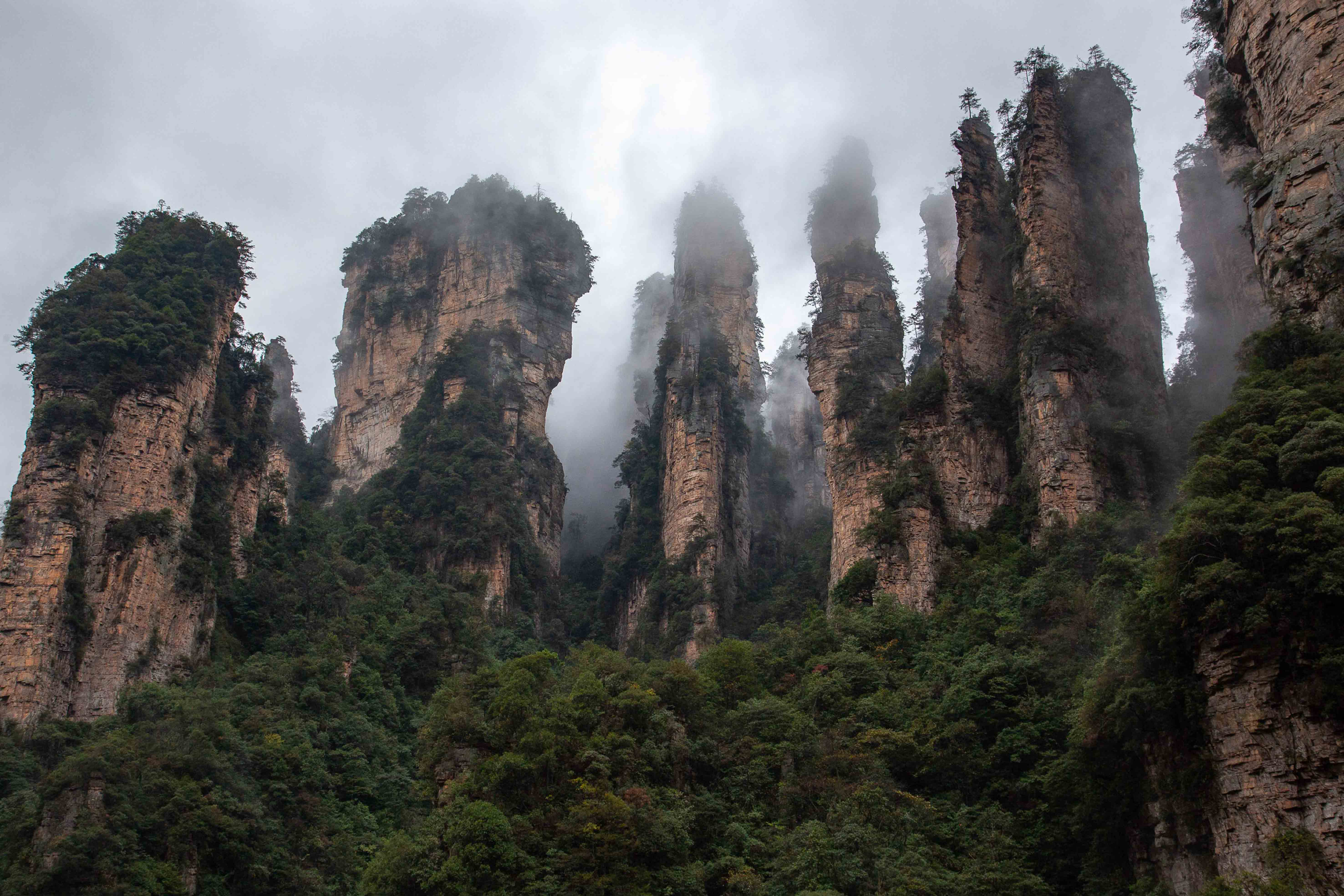
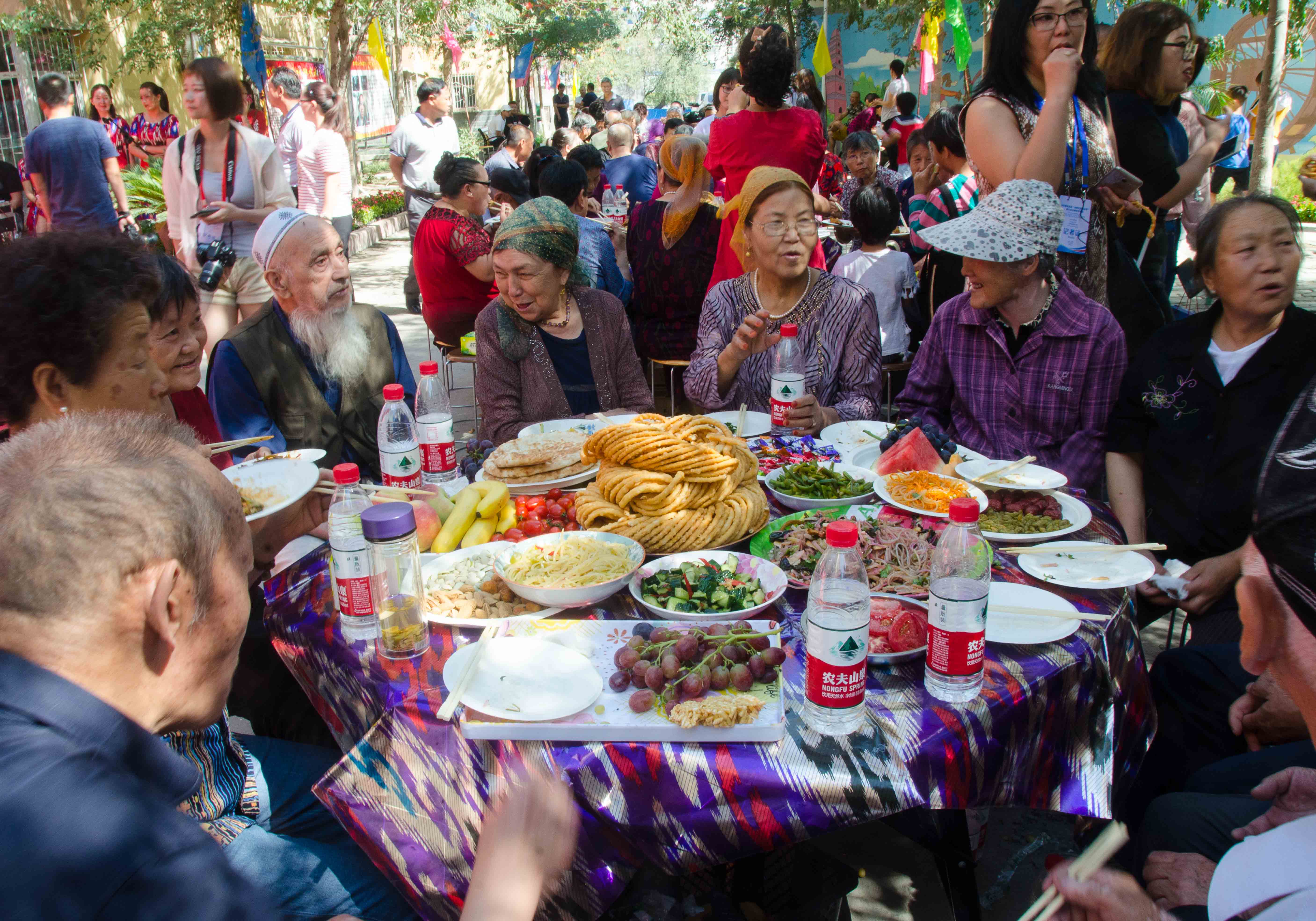
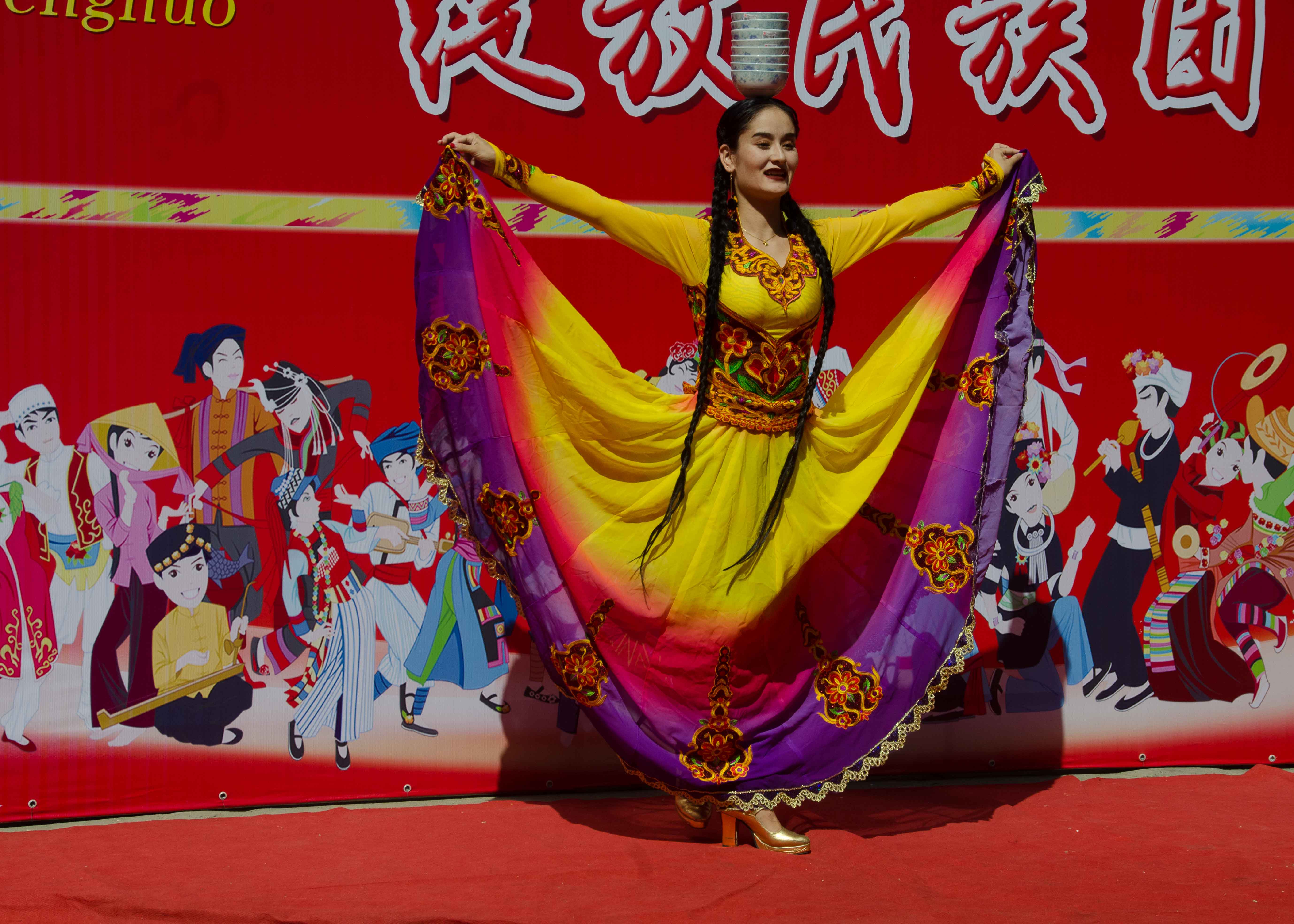
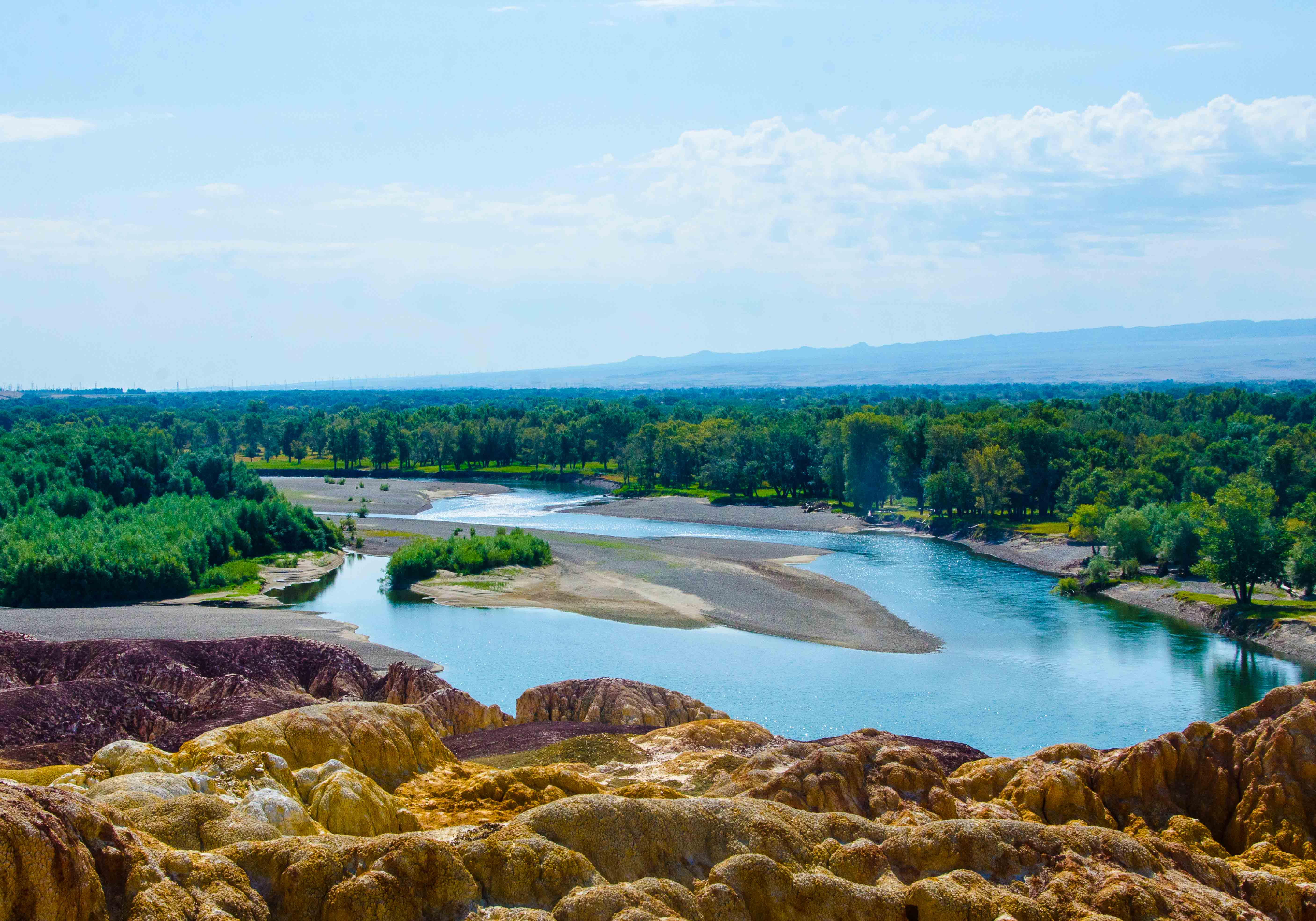
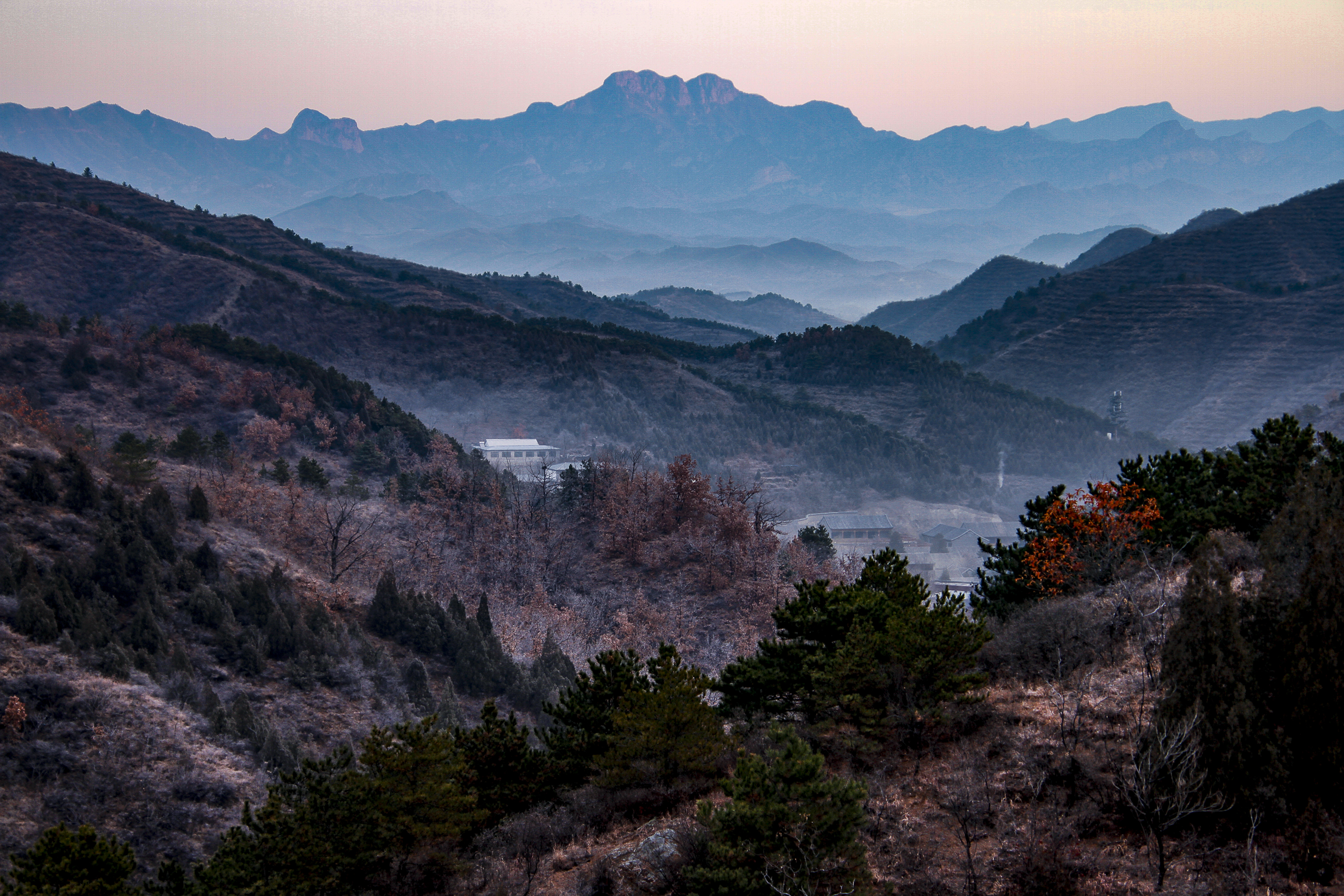


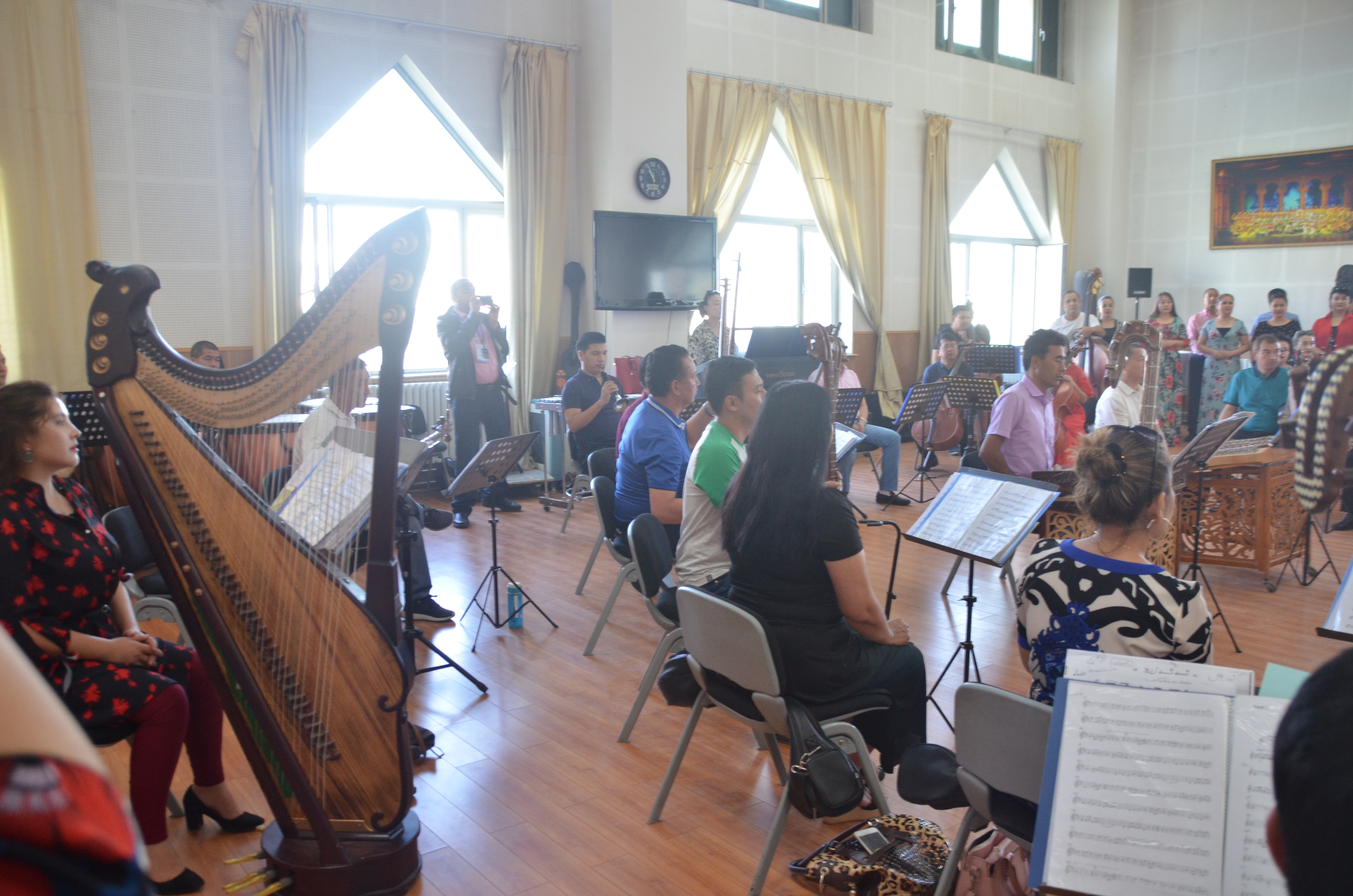
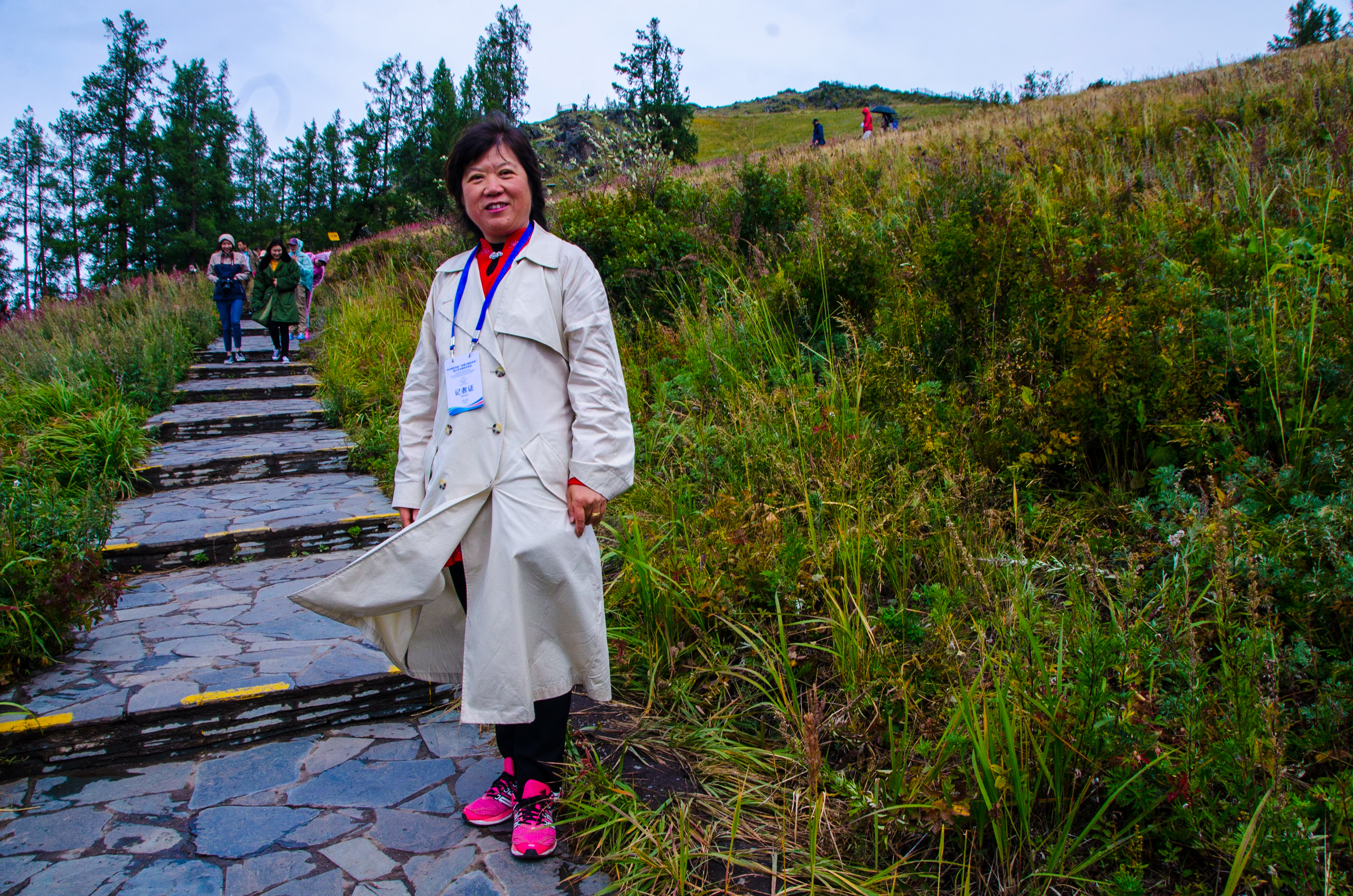
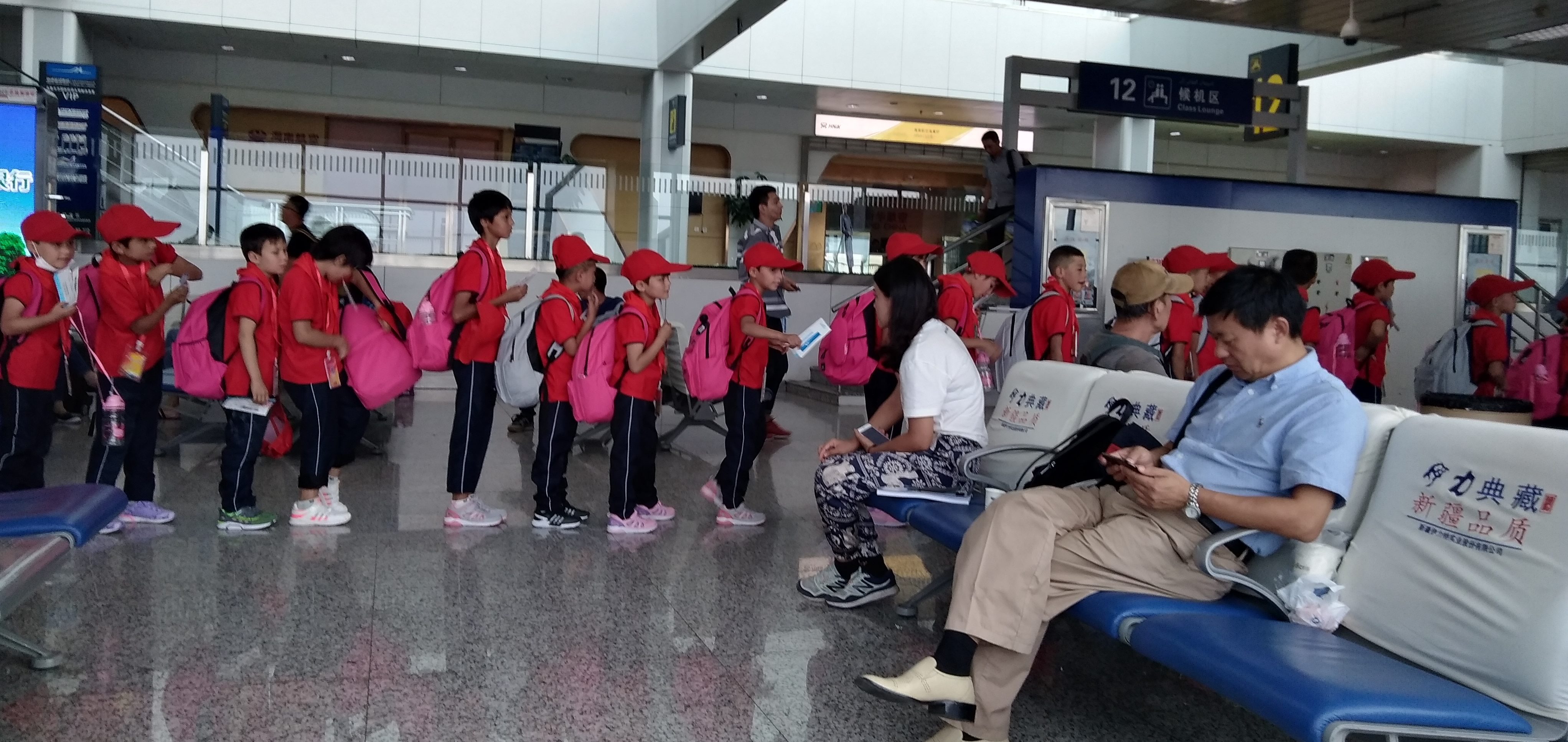



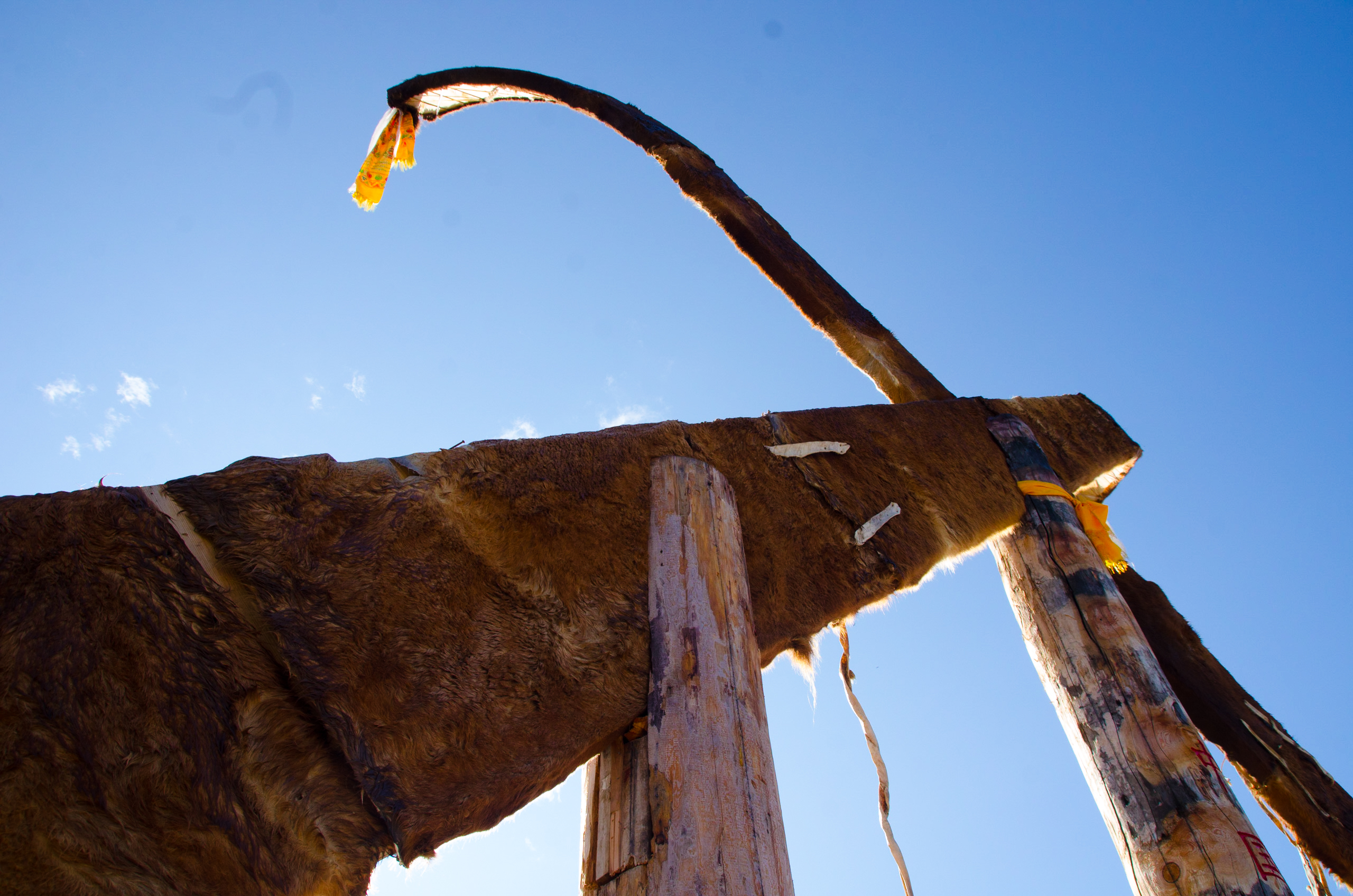

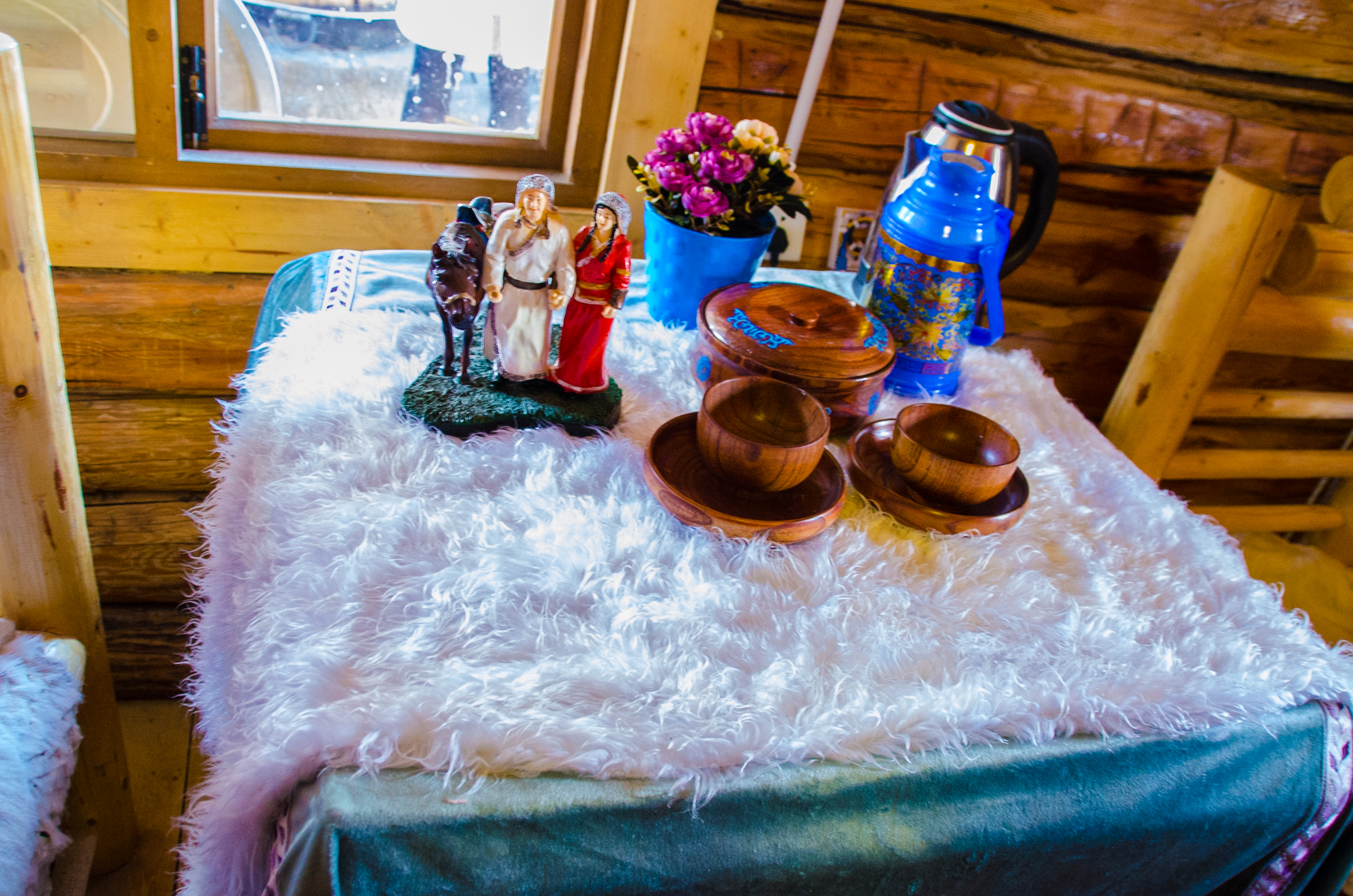
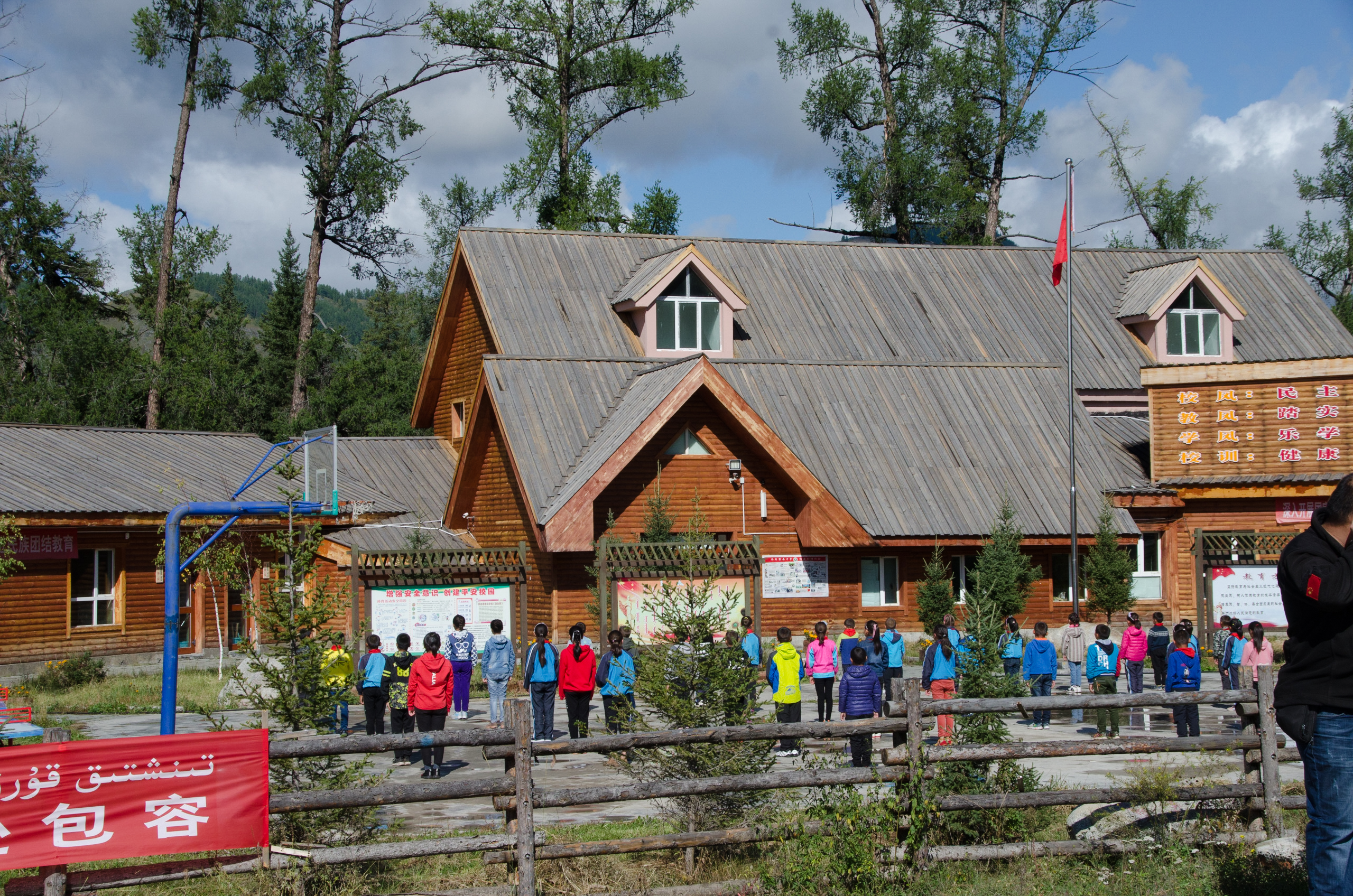
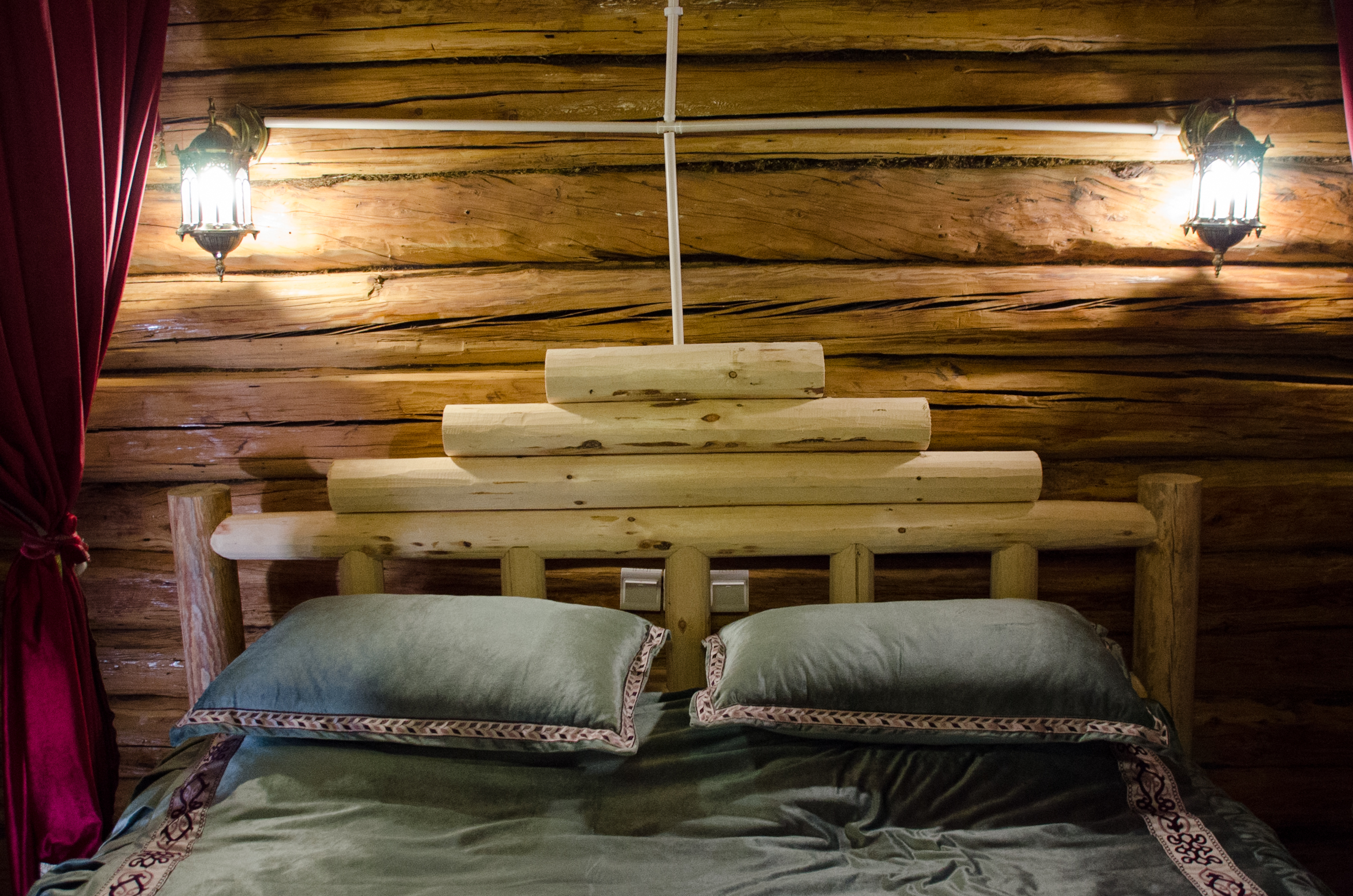
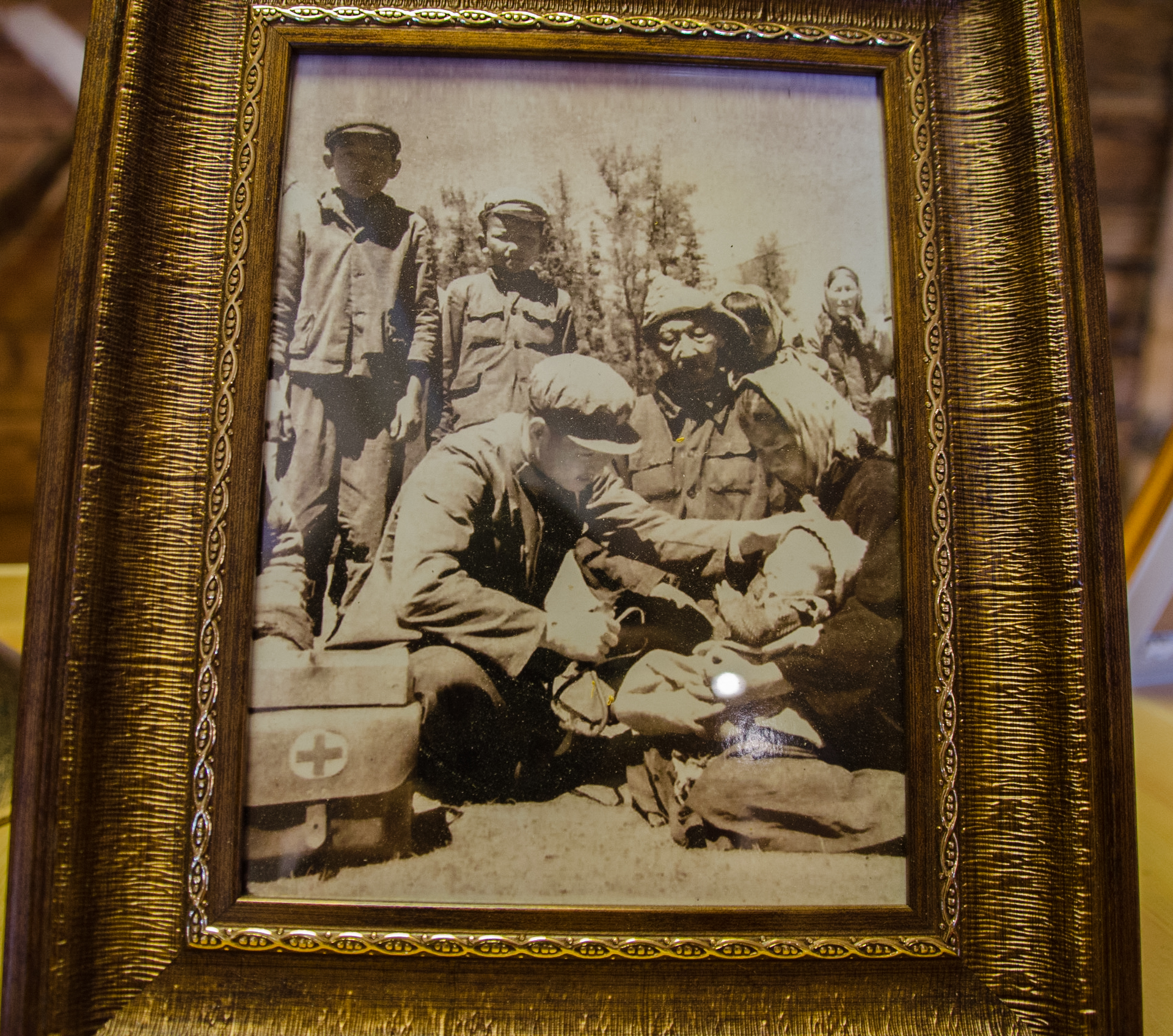
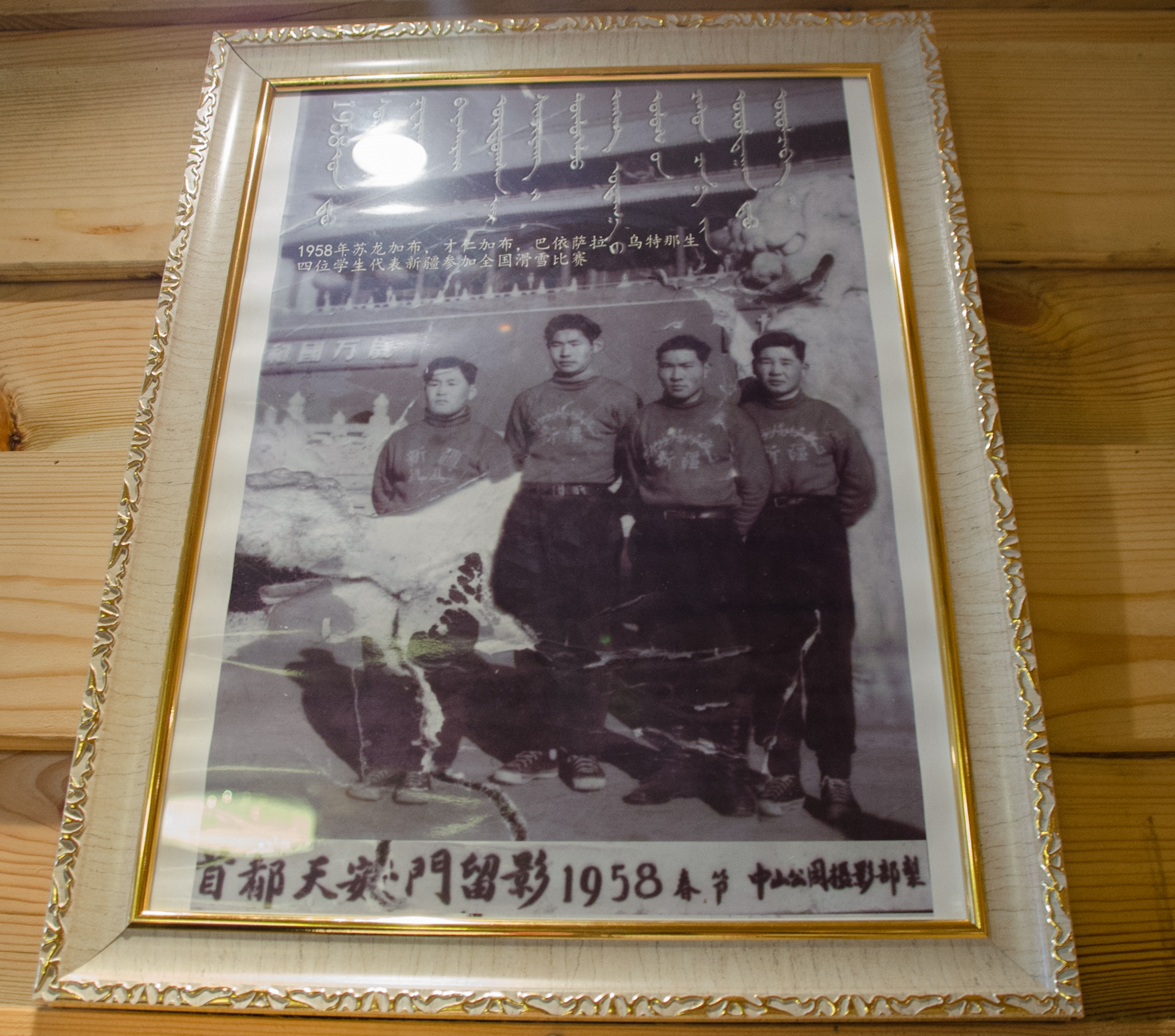
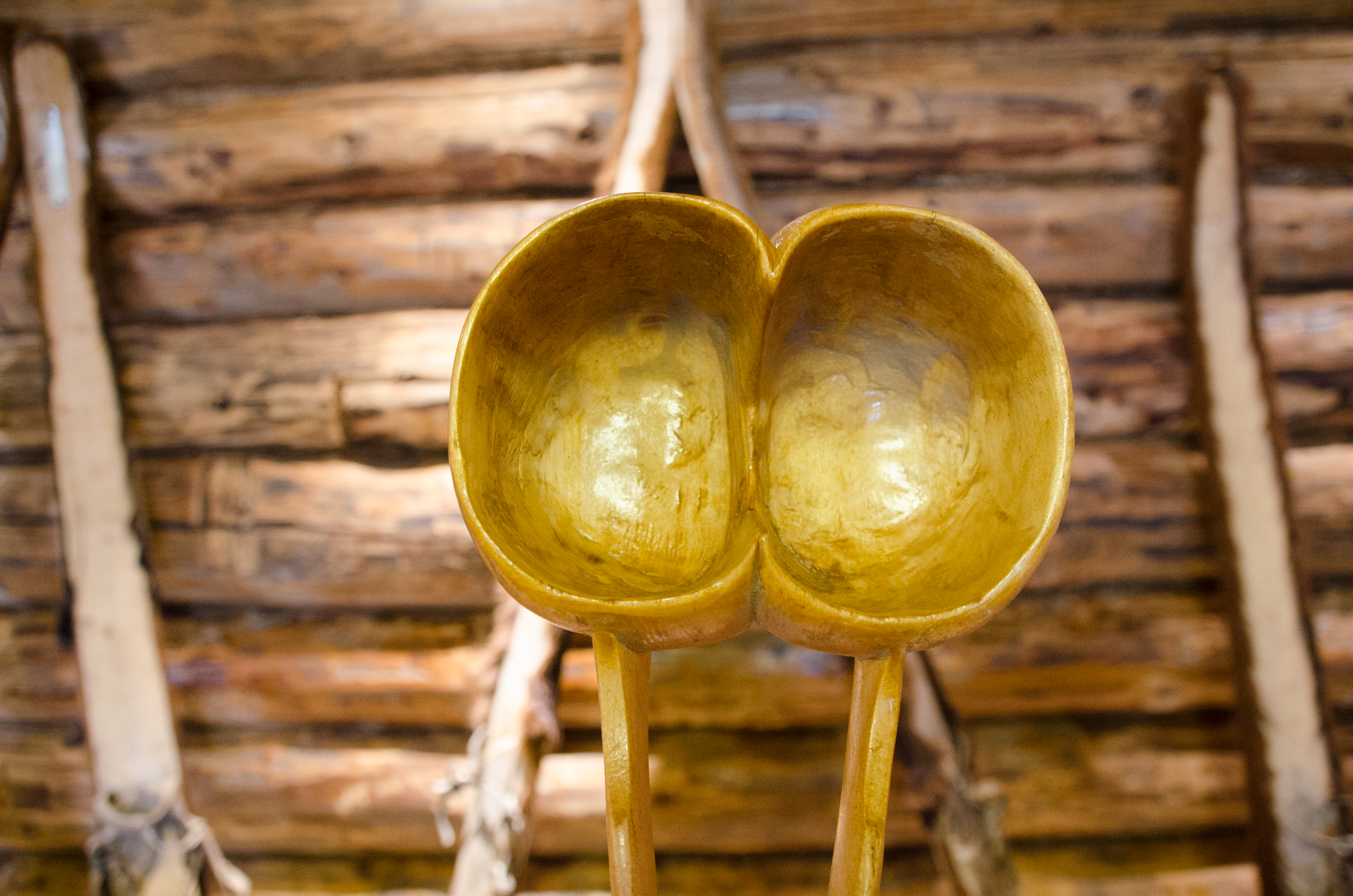
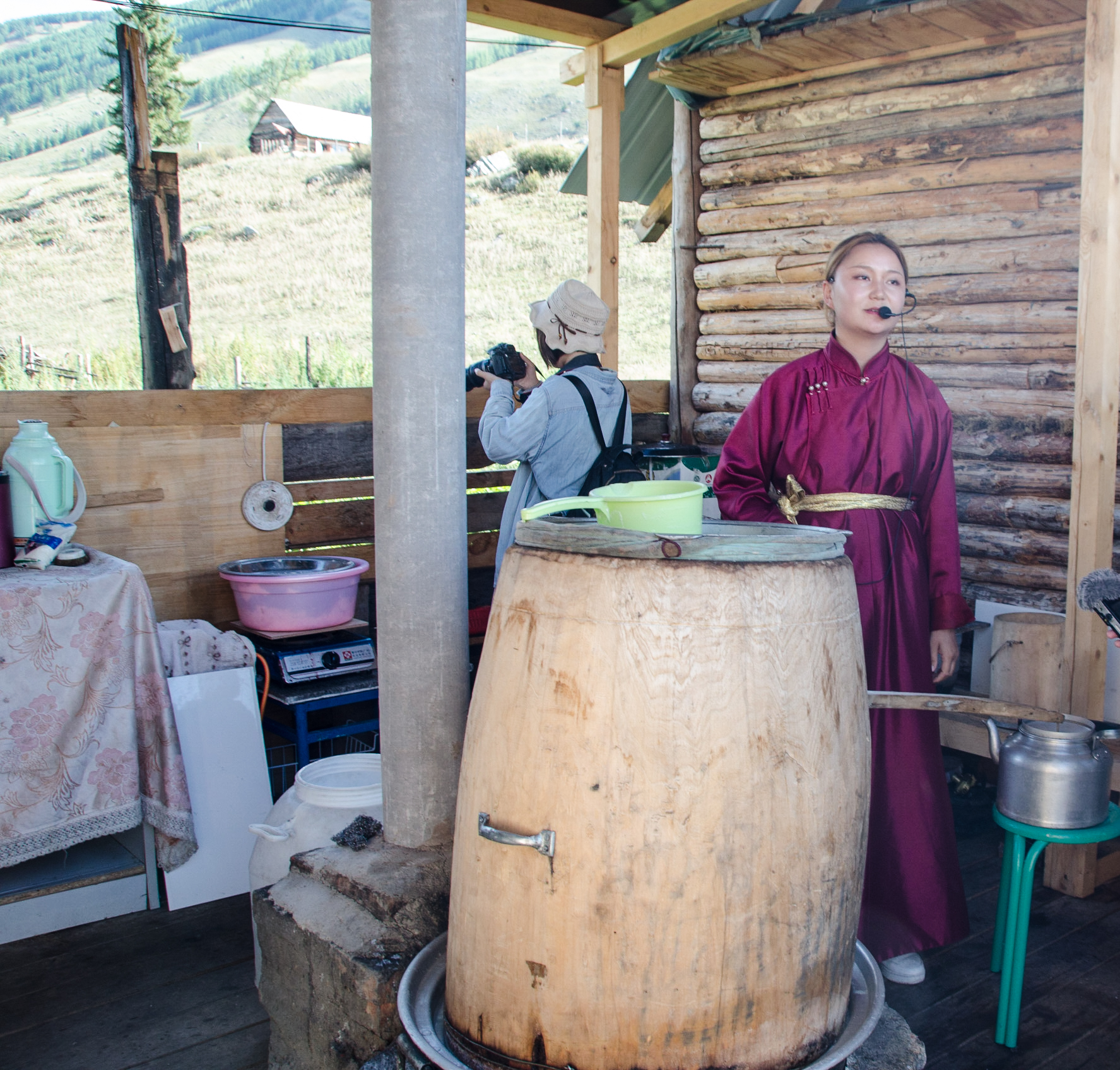
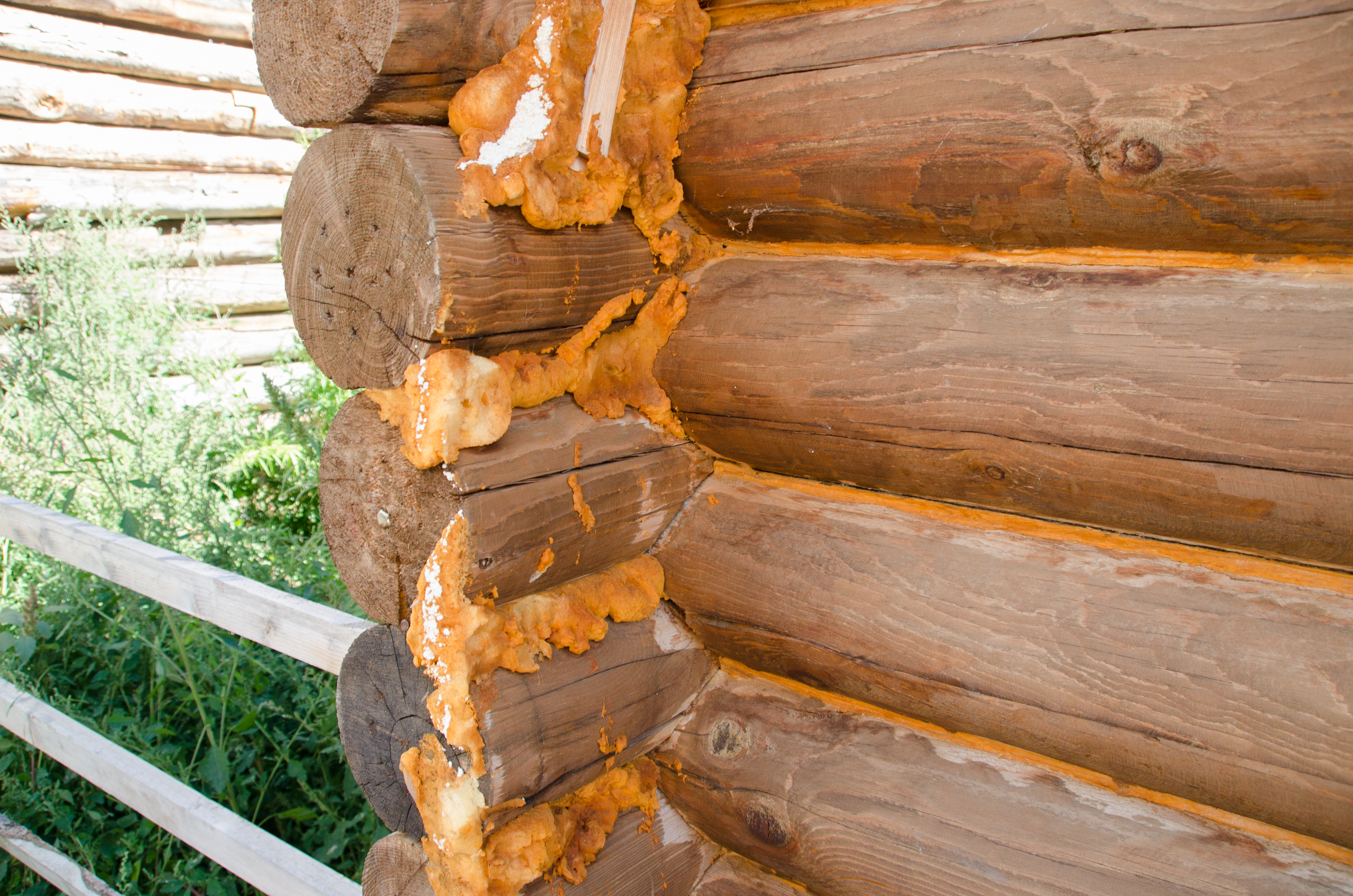
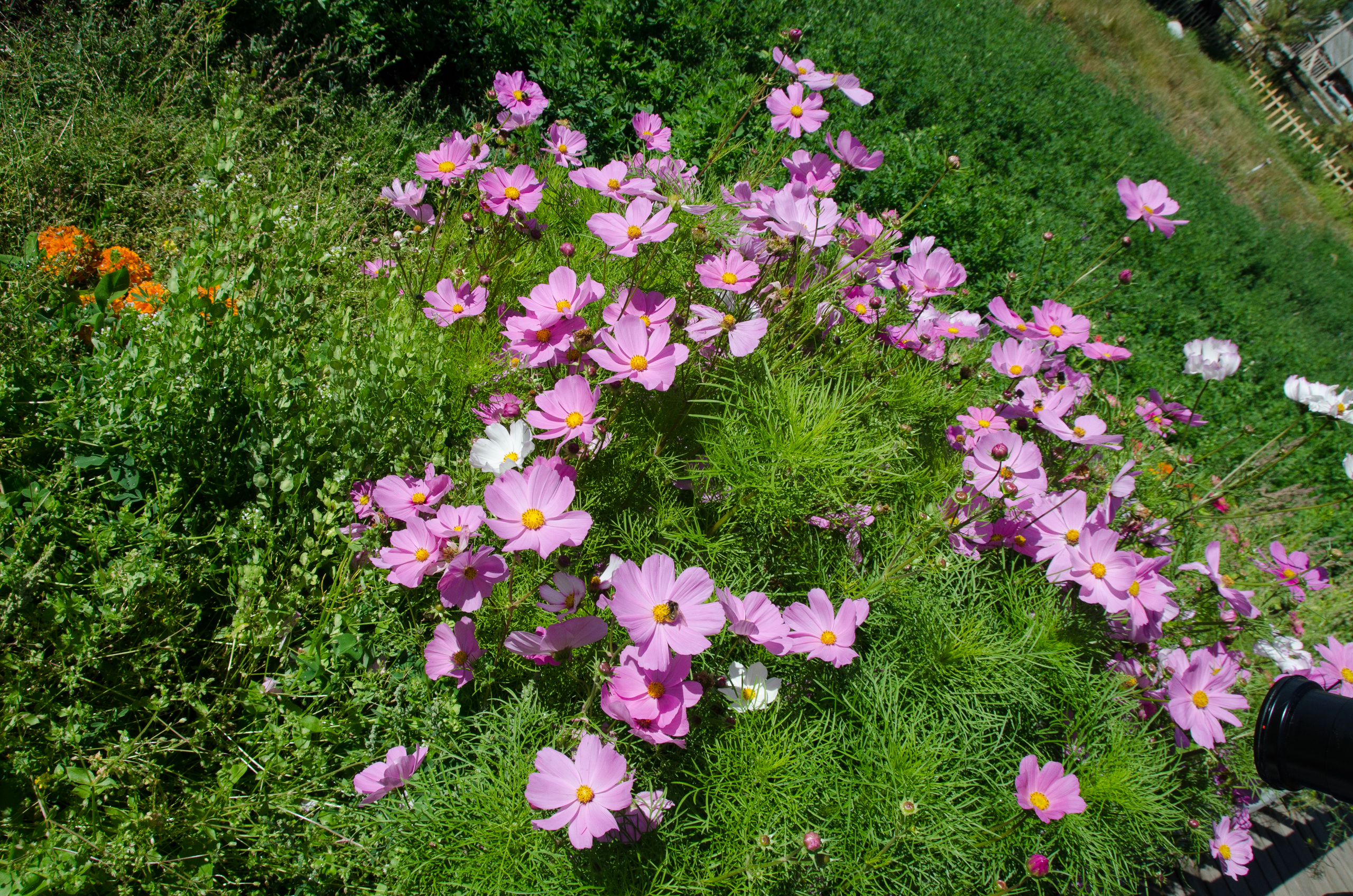
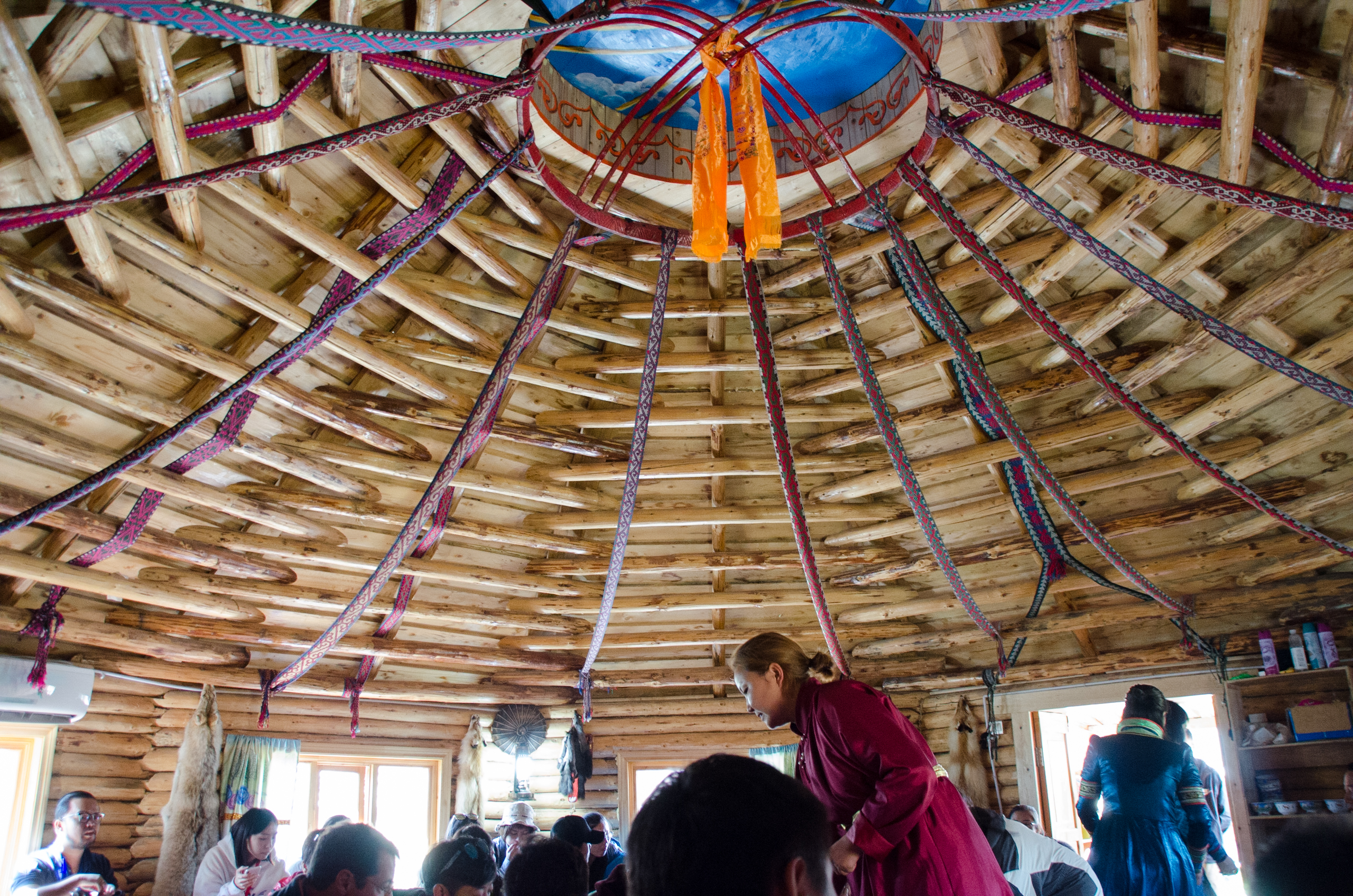

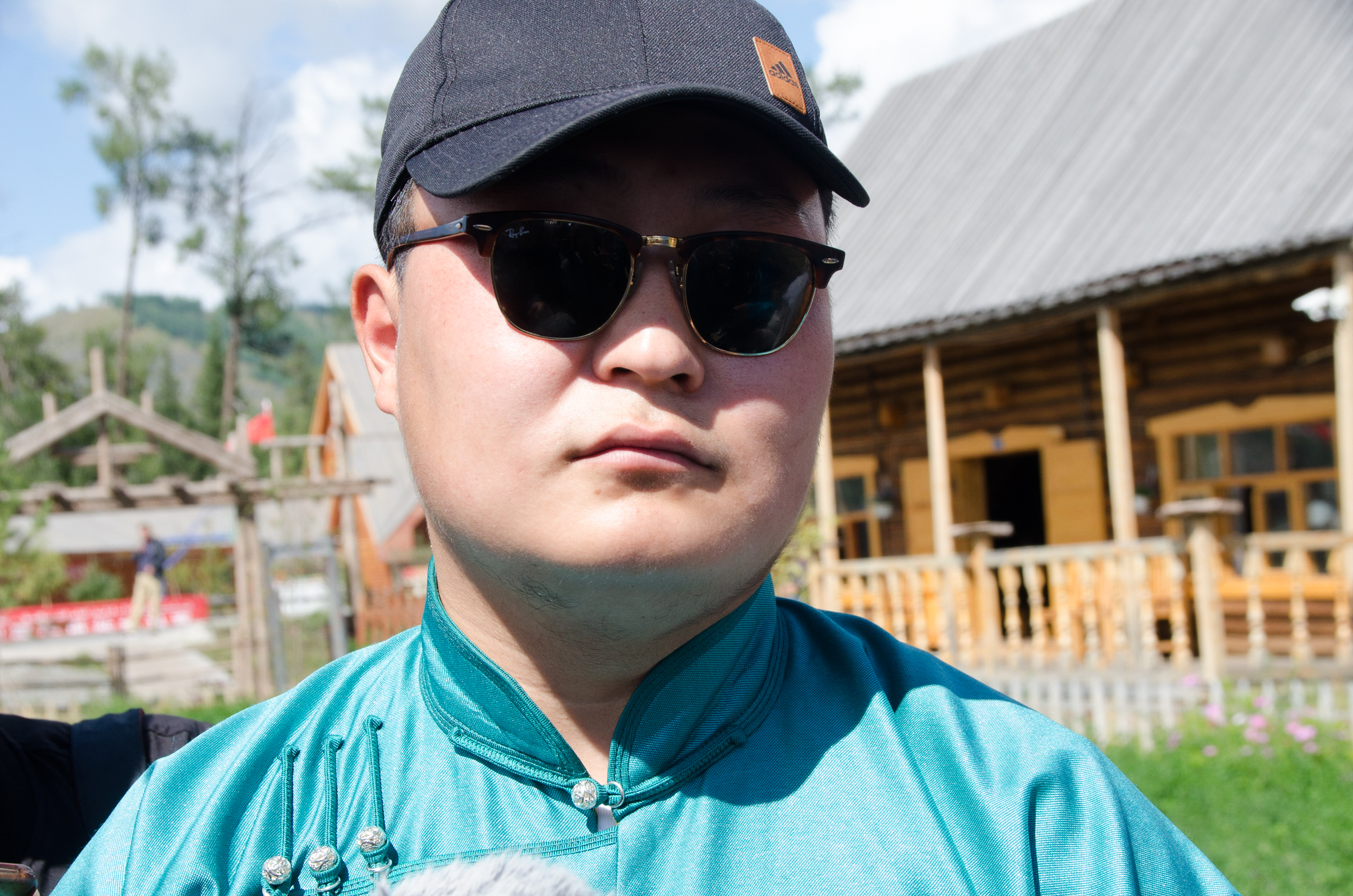
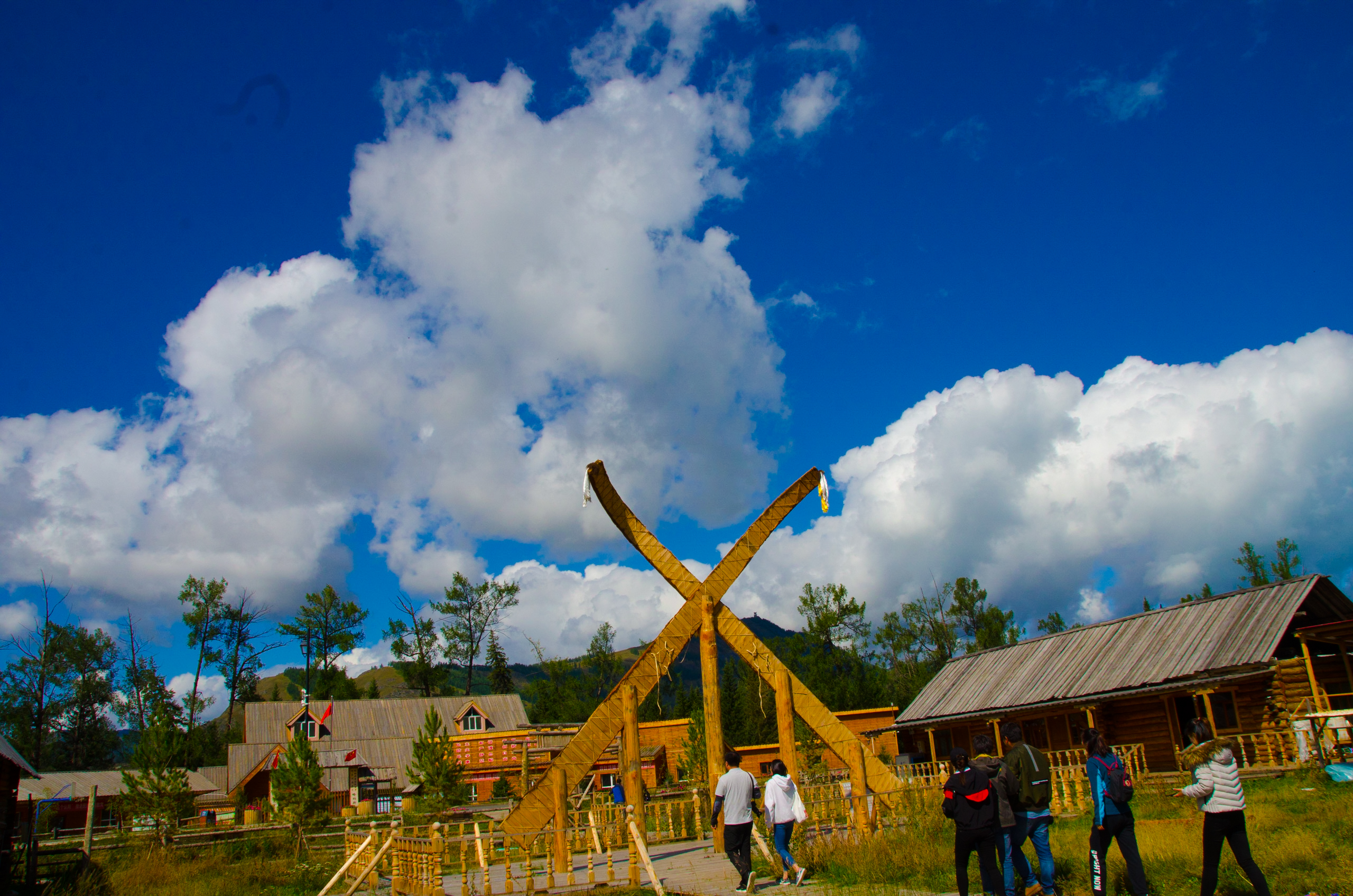
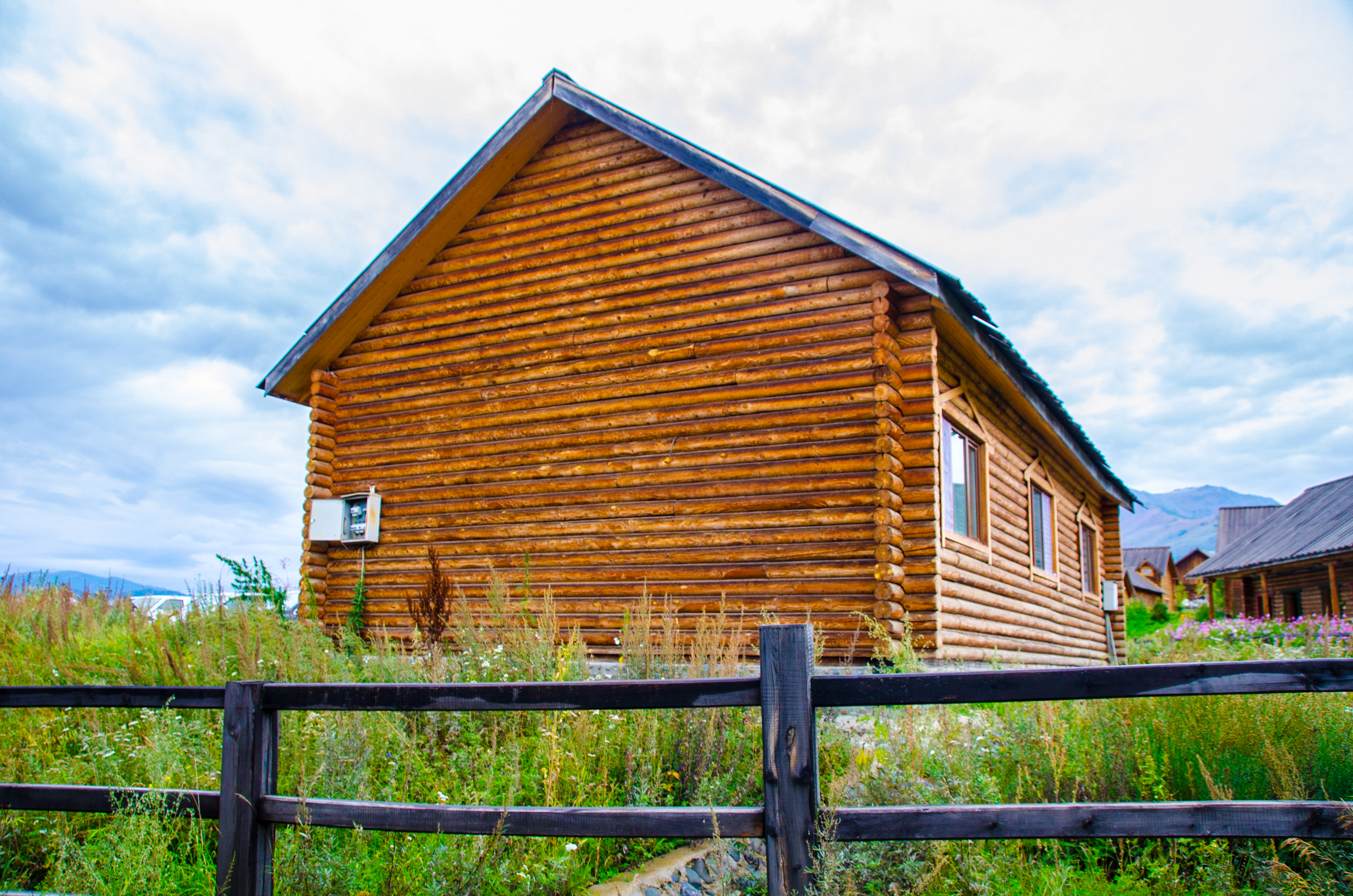
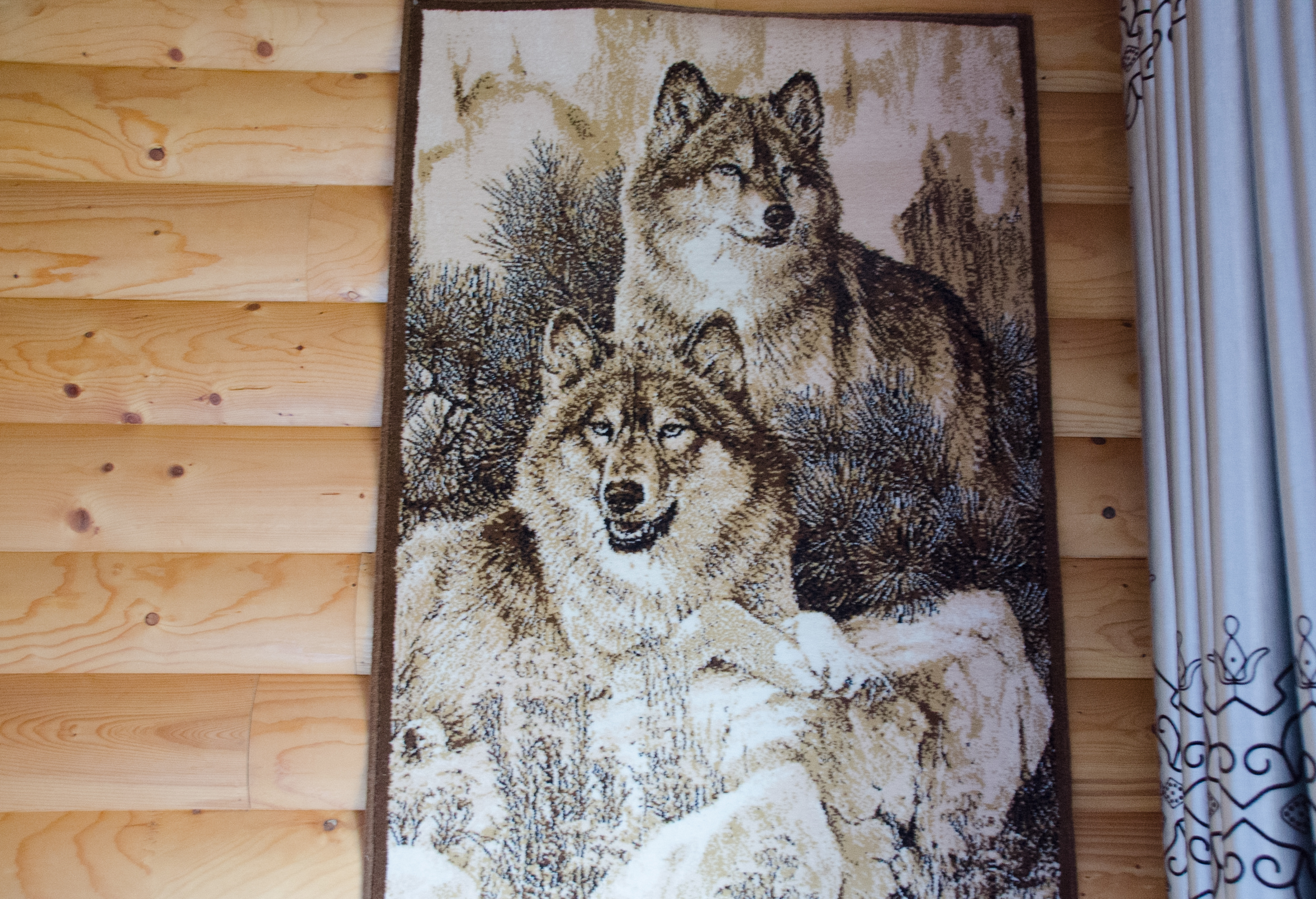
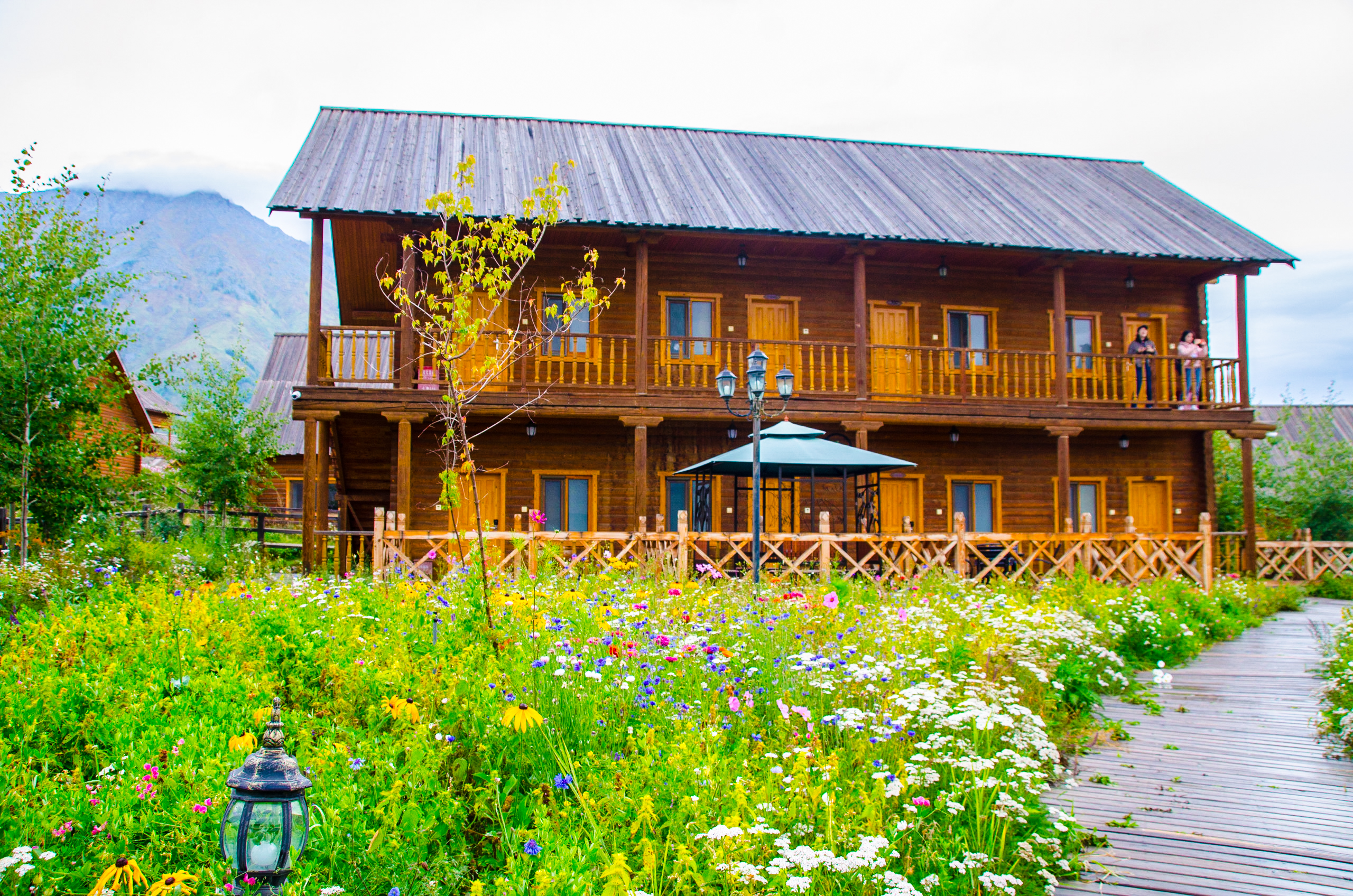
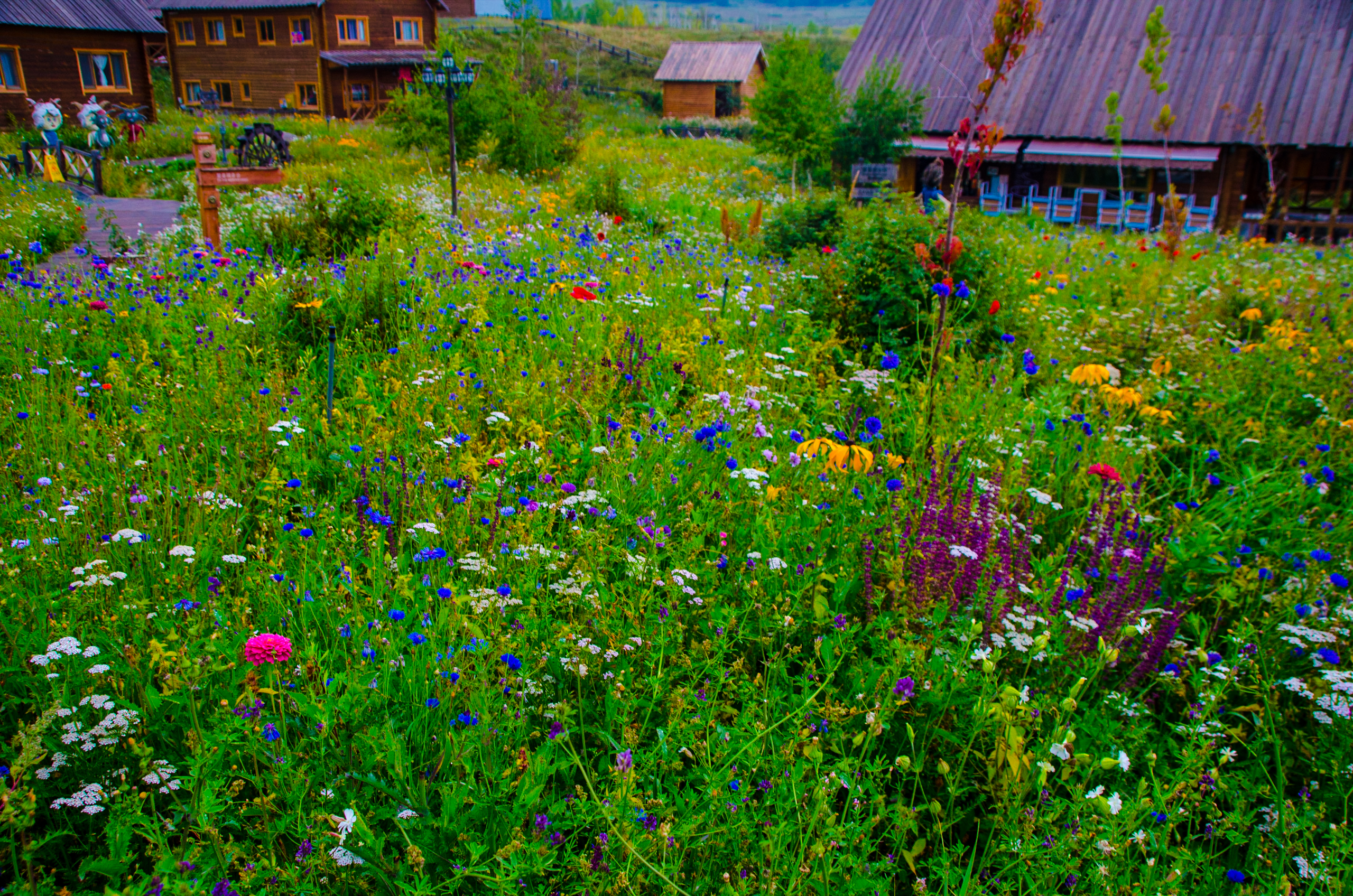
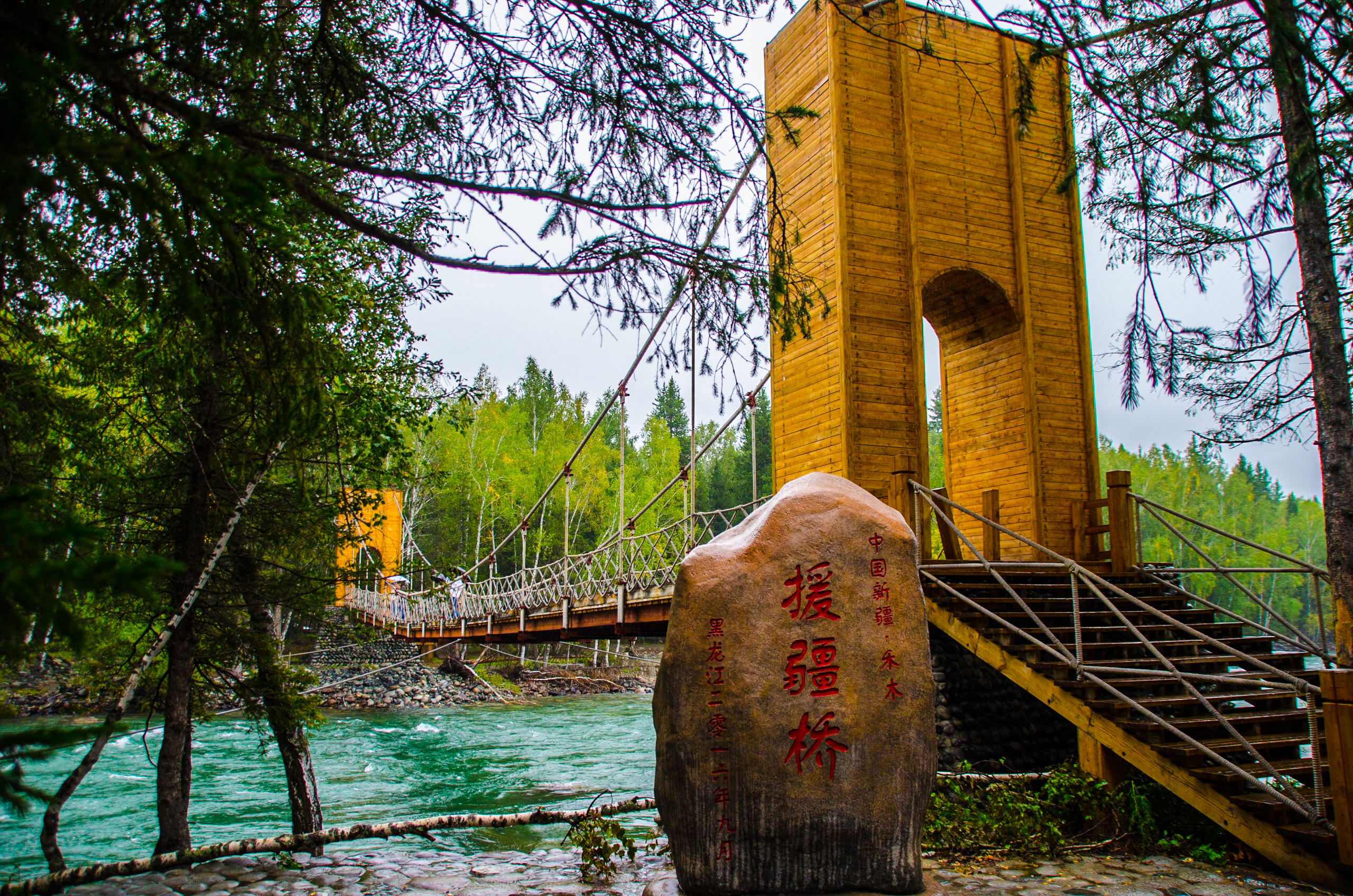
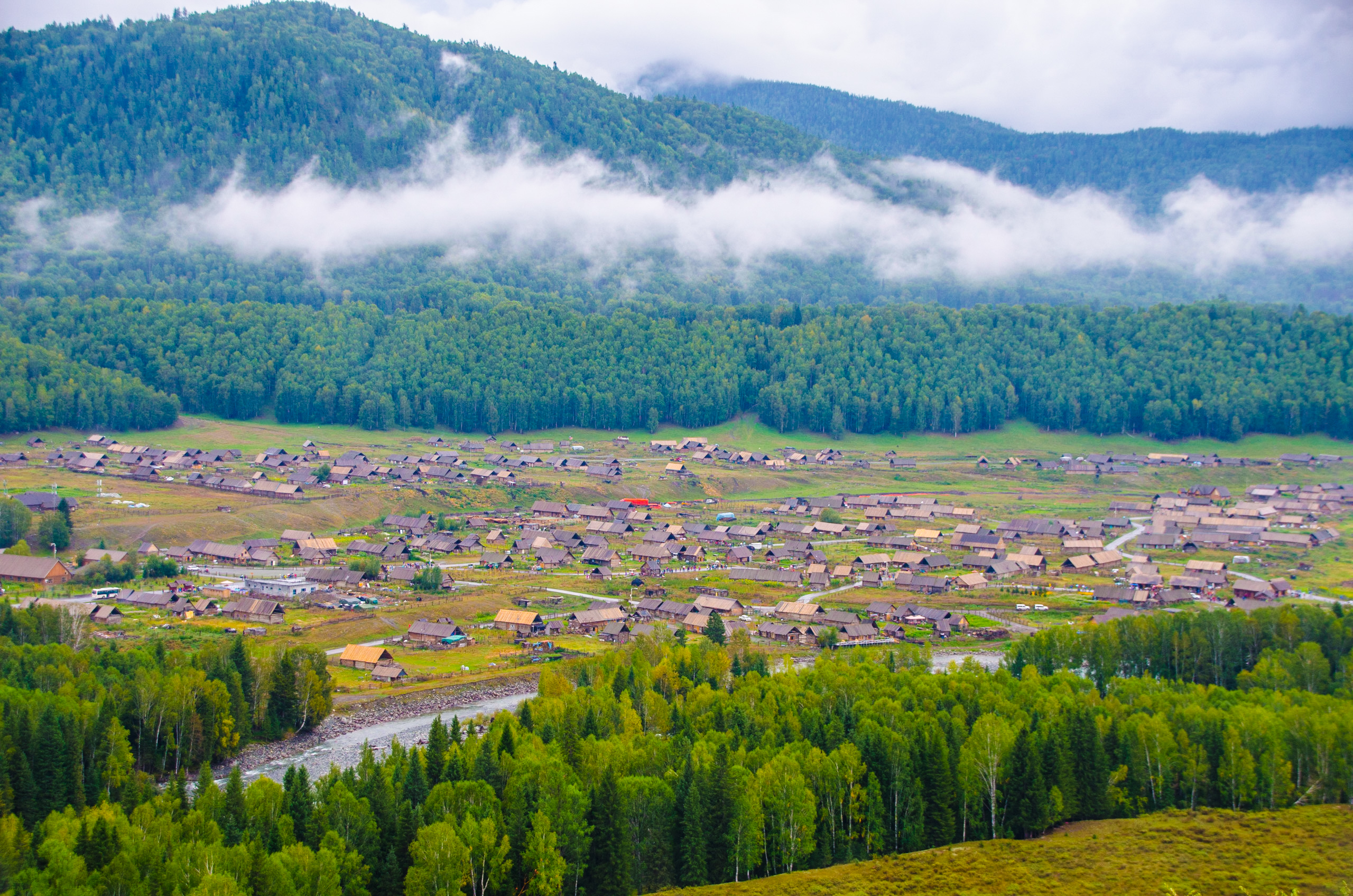







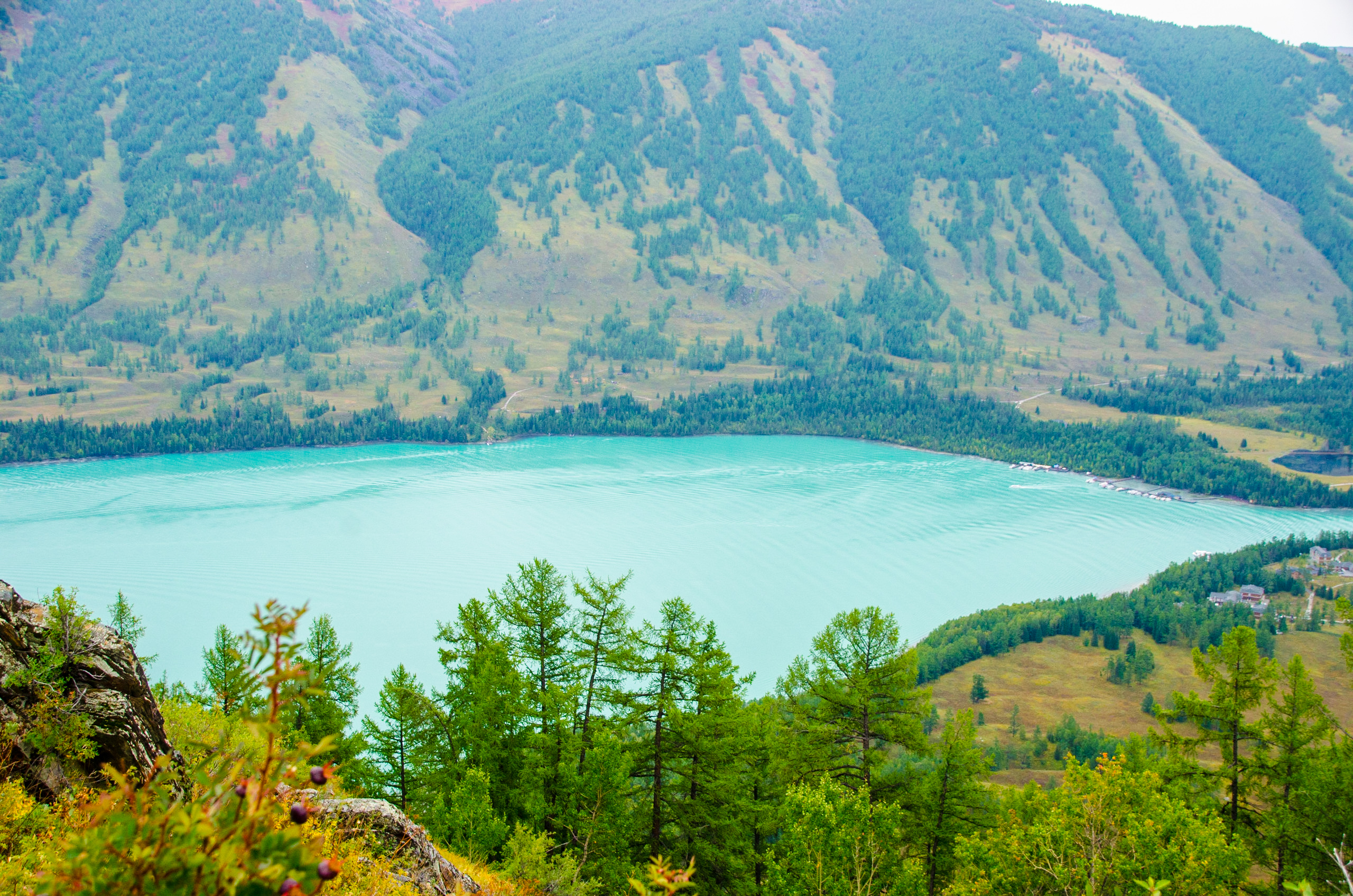
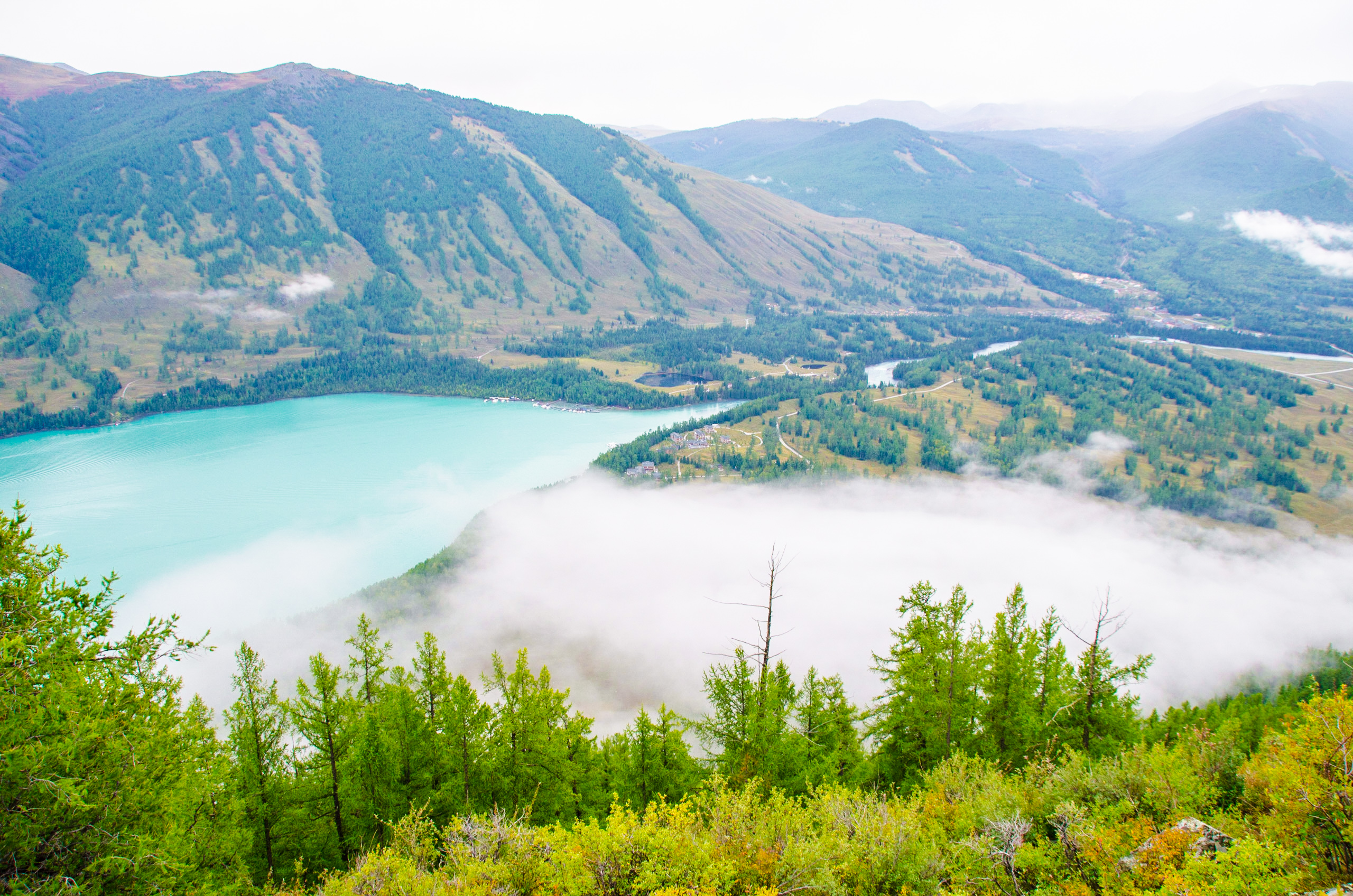
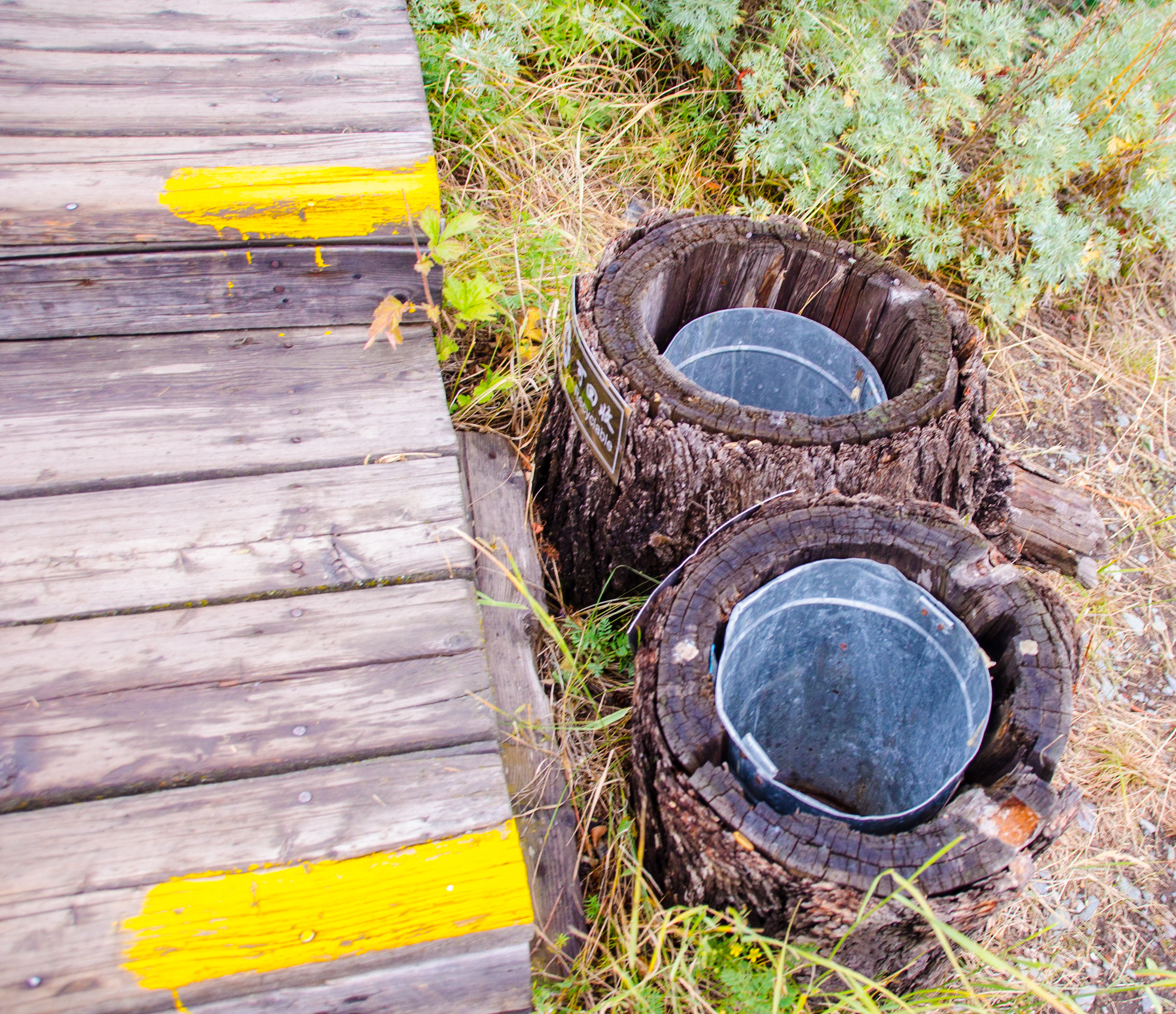 S
S
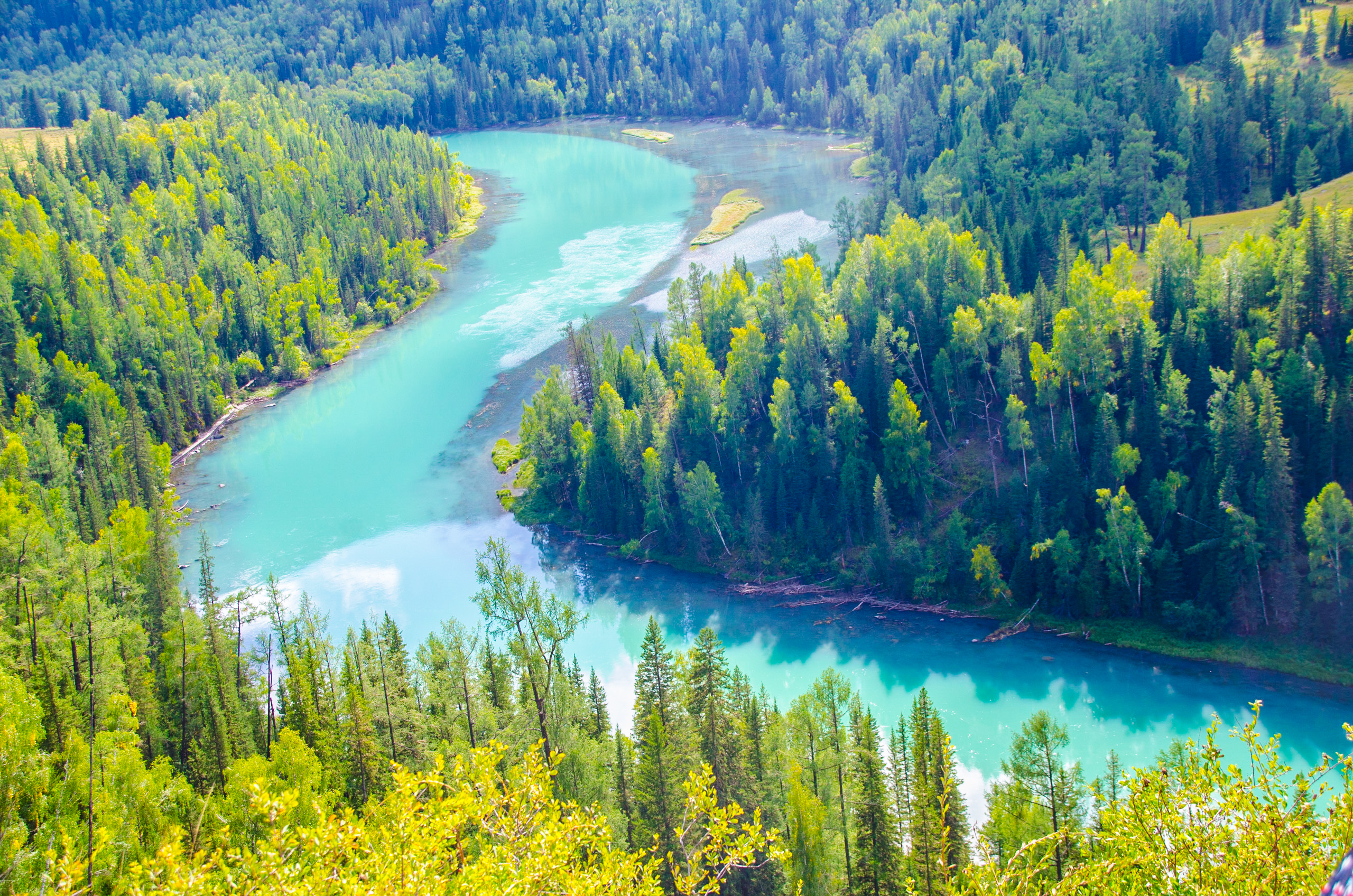

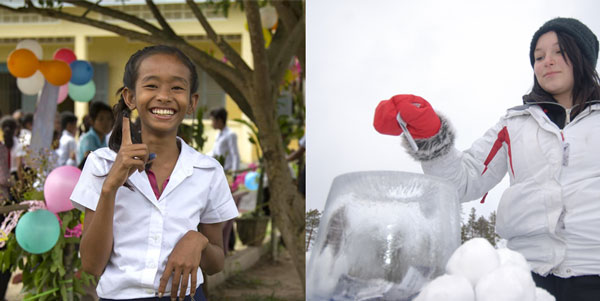
 Children from around the world, here in Cambodia and Sweden, participate in a Global Vote to decide who receives the World’s Children’s Prize.
Children from around the world, here in Cambodia and Sweden, participate in a Global Vote to decide who receives the World’s Children’s Prize.
